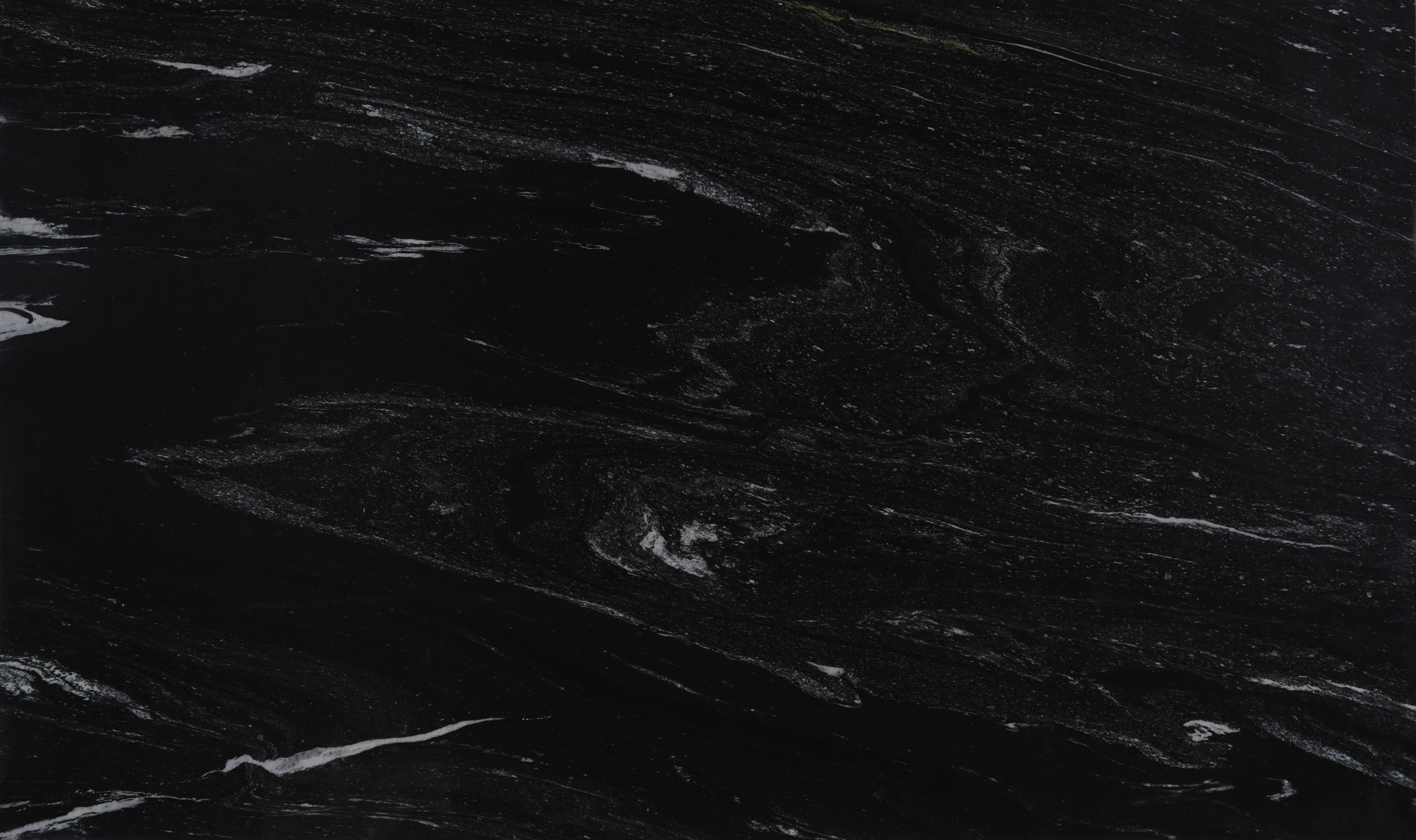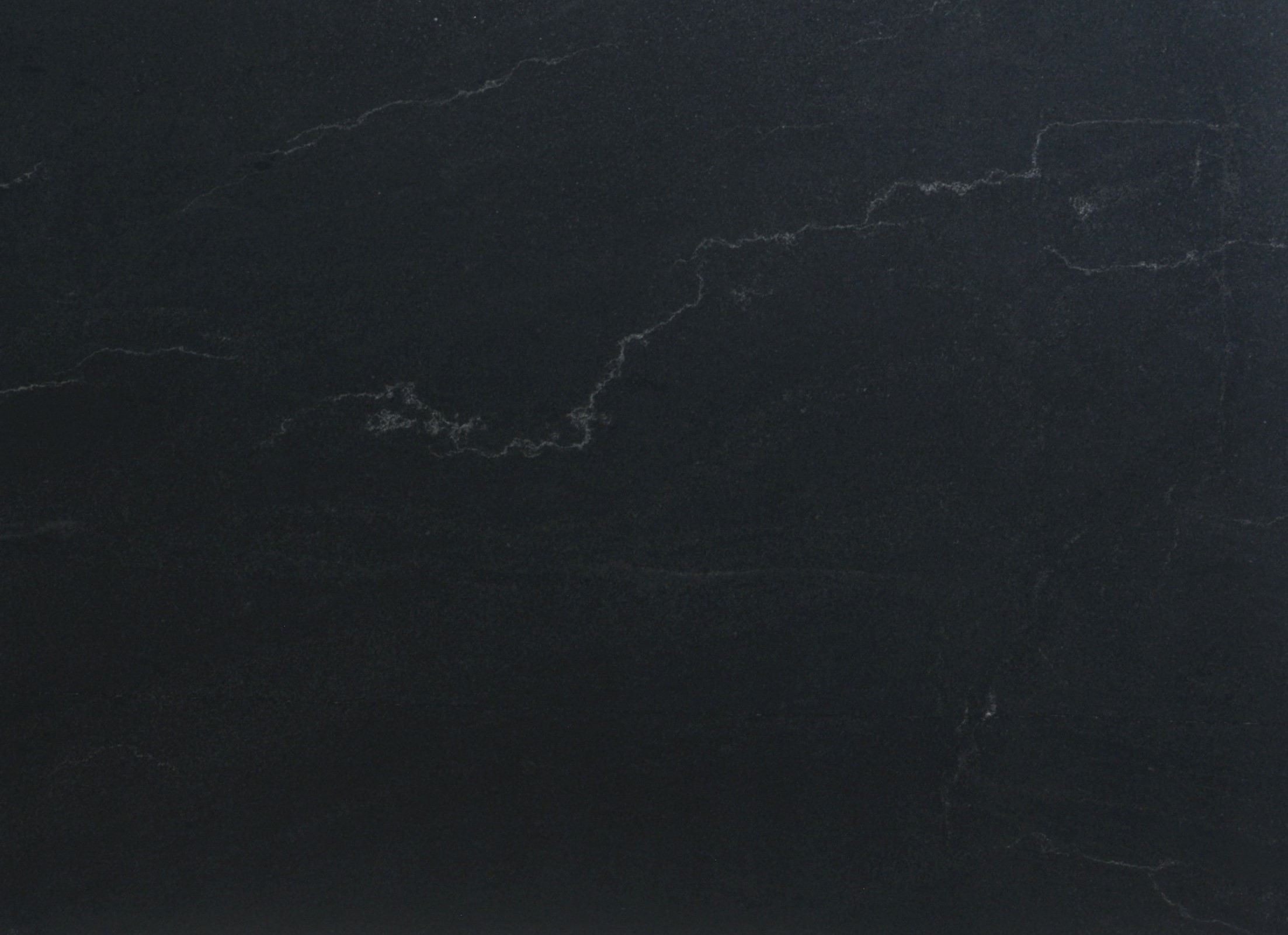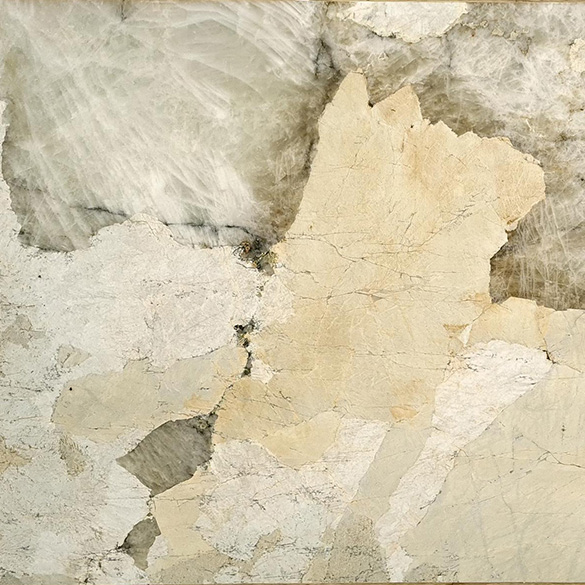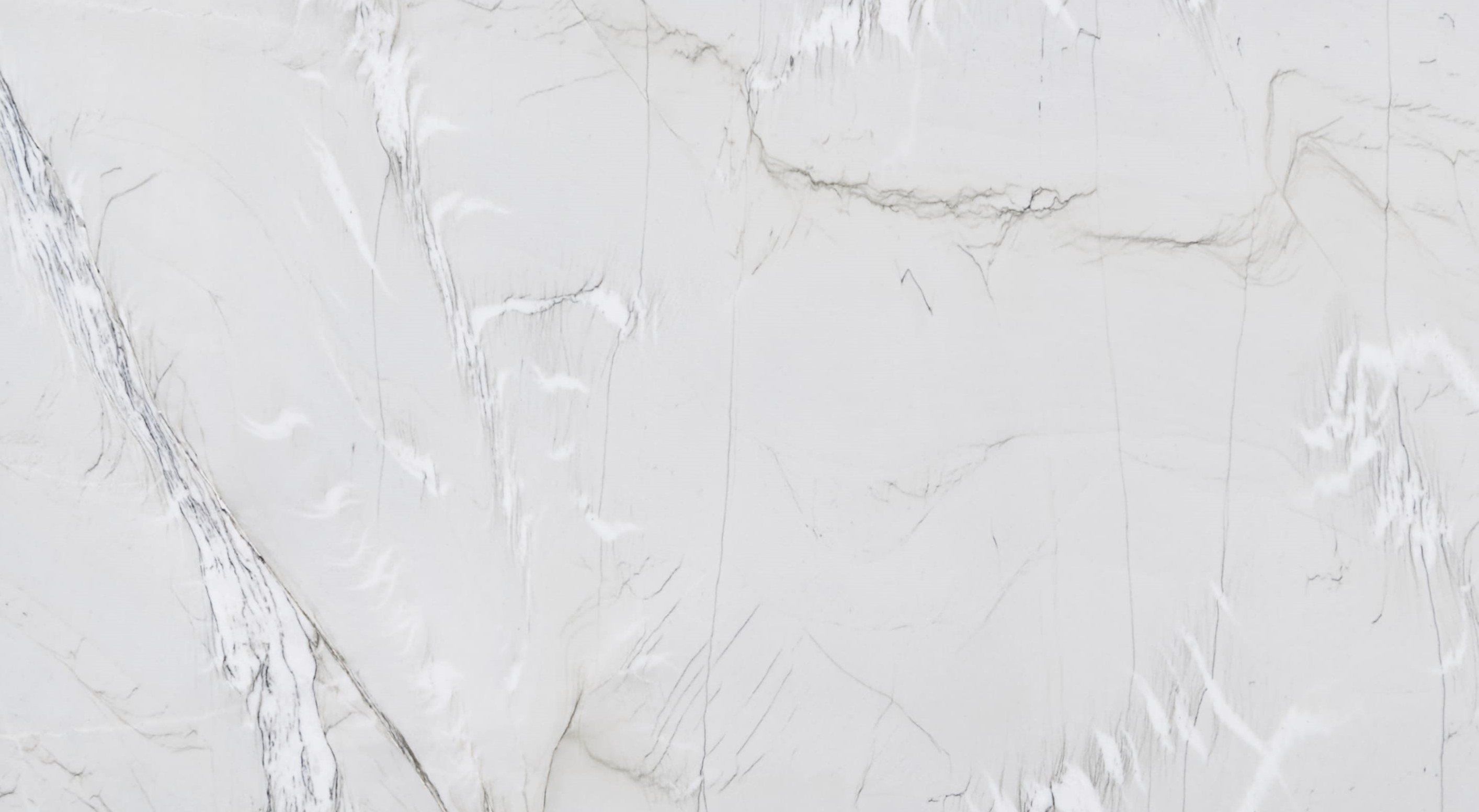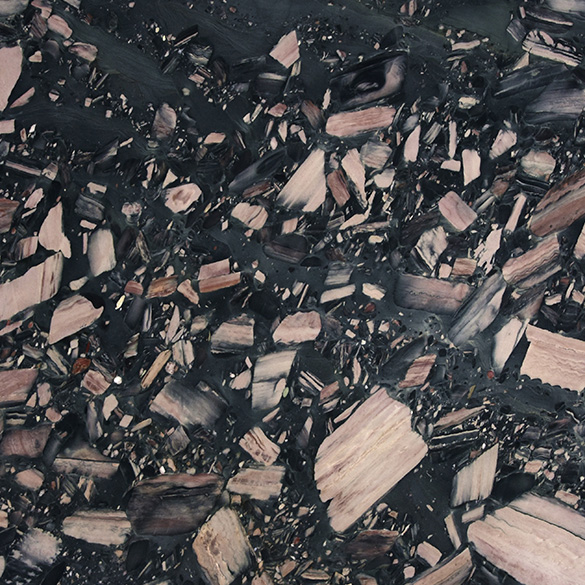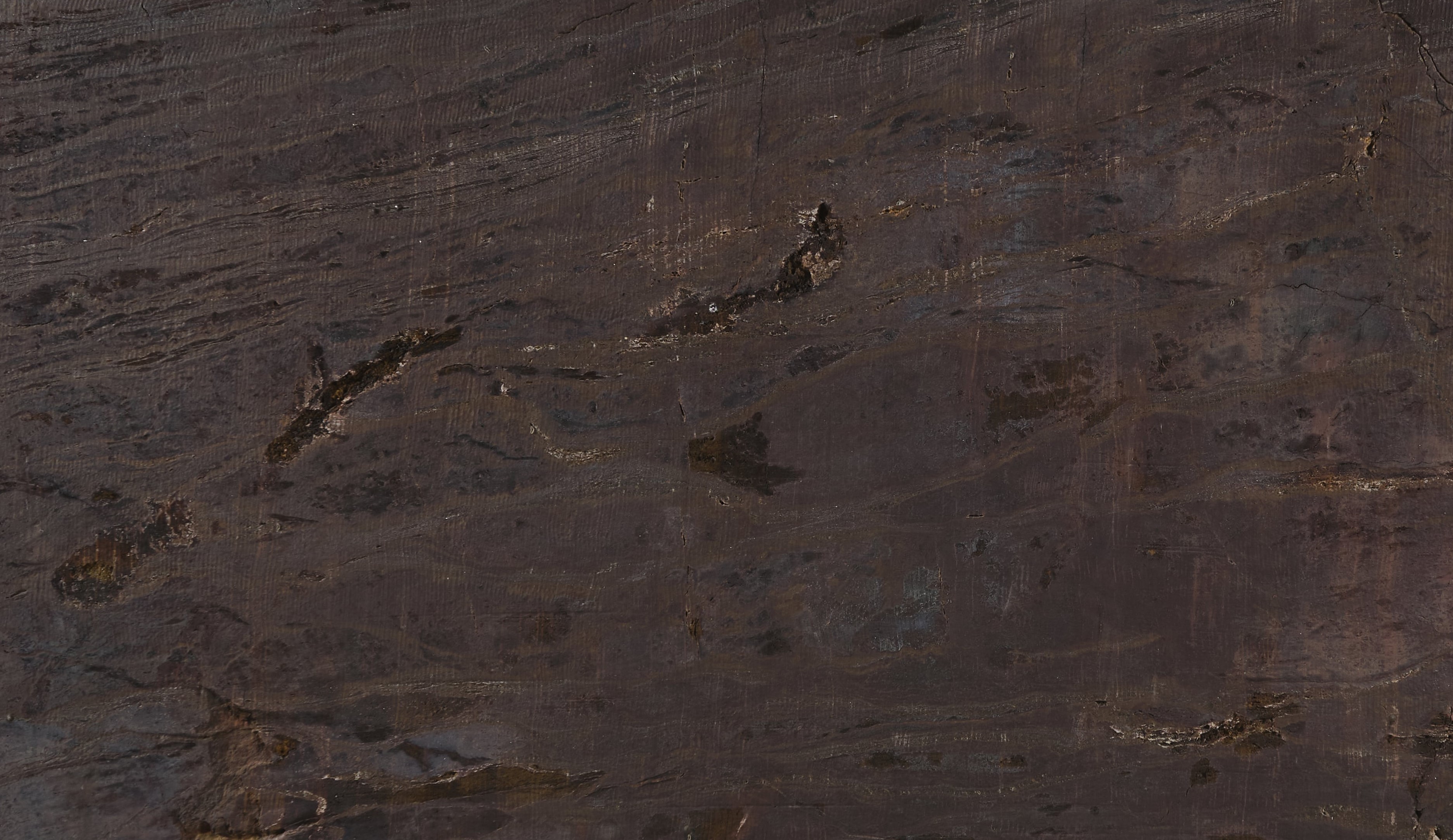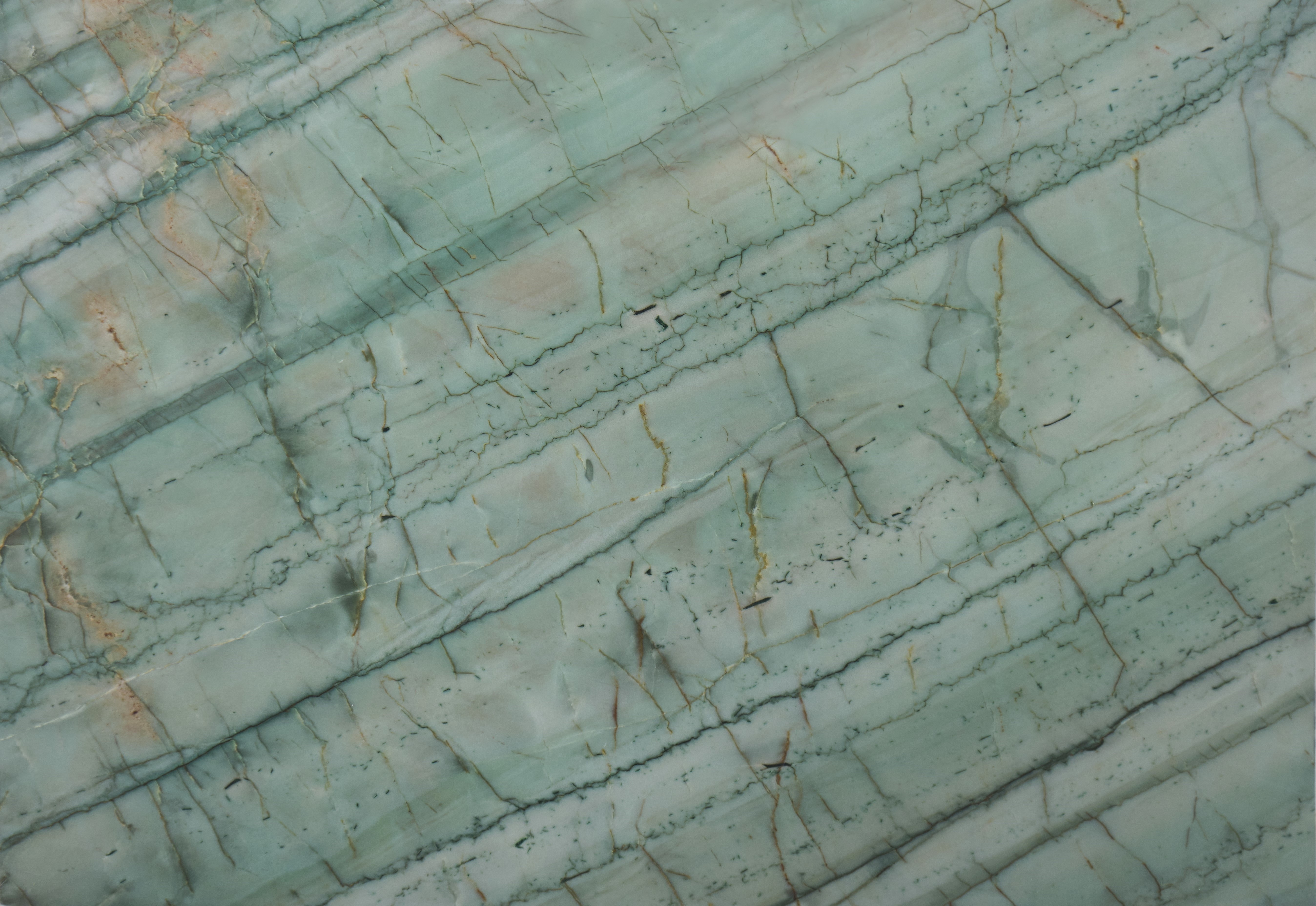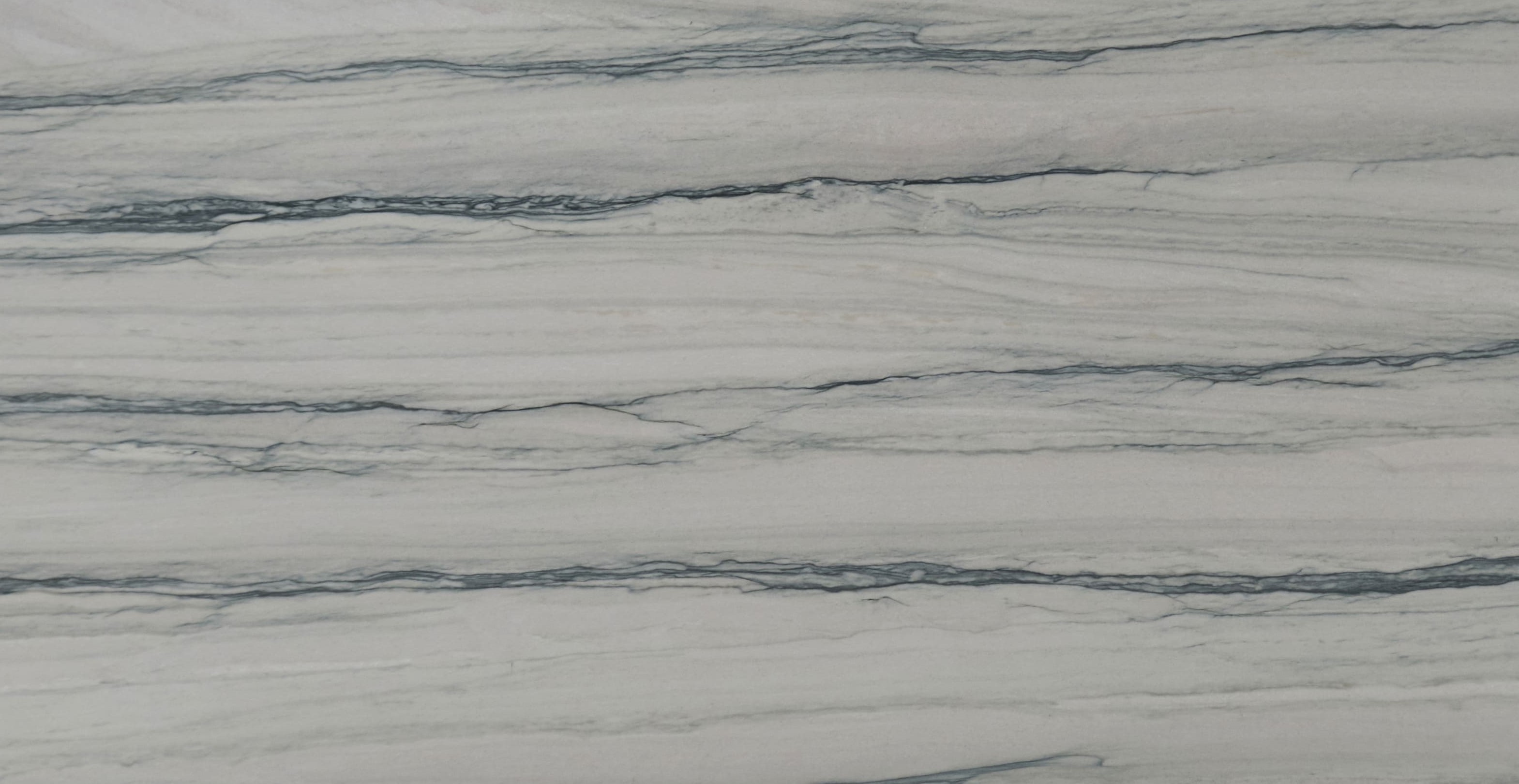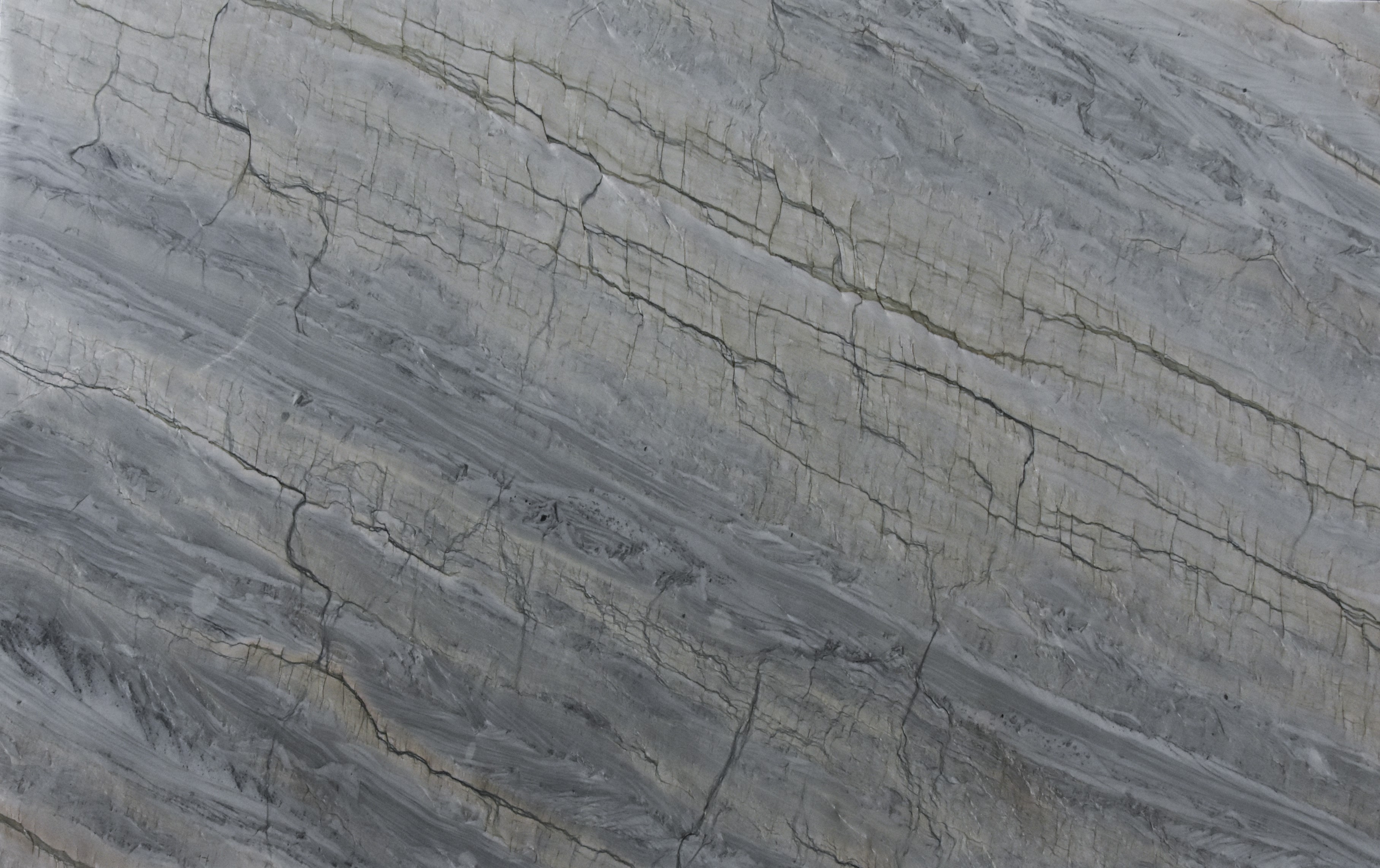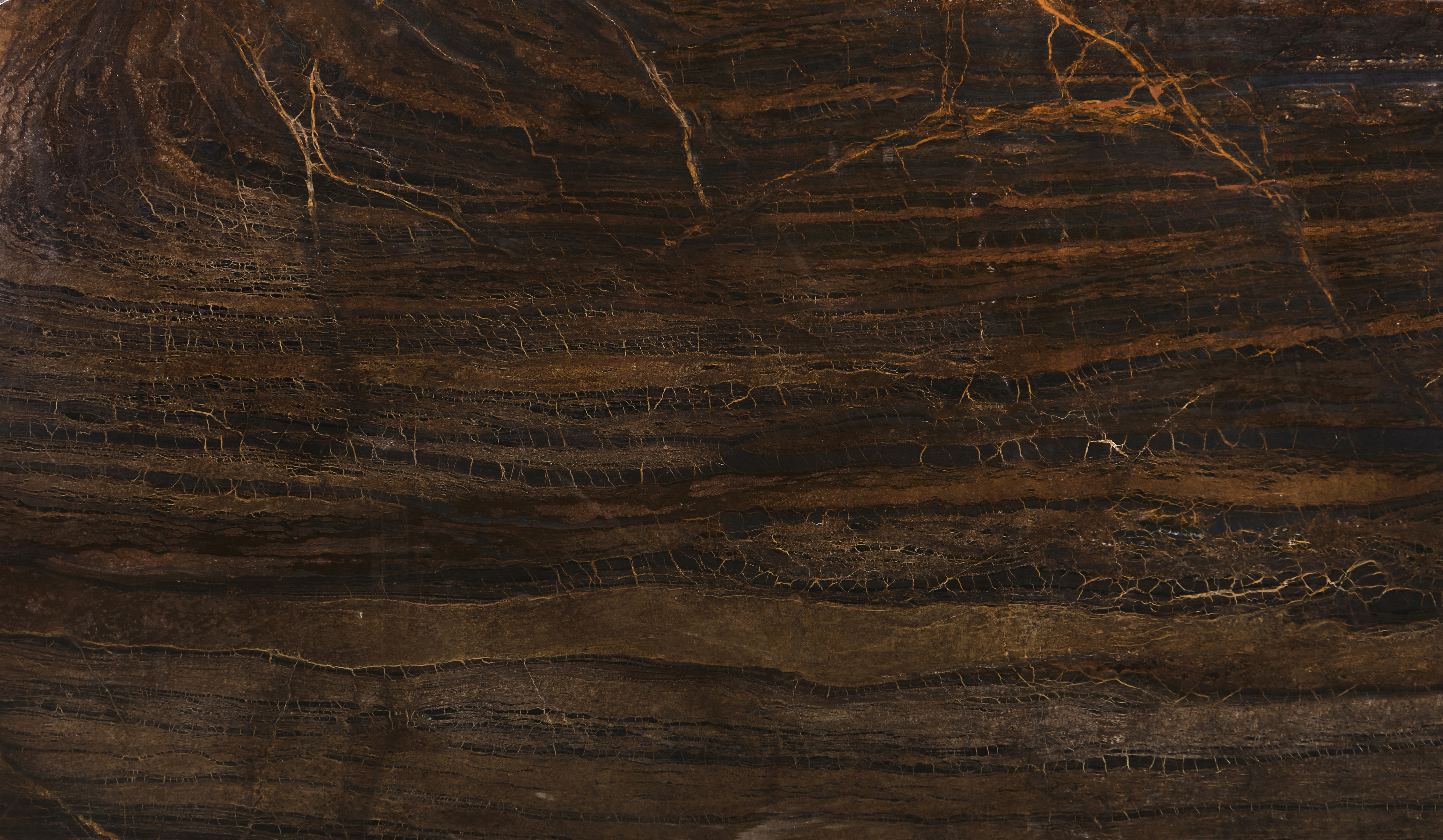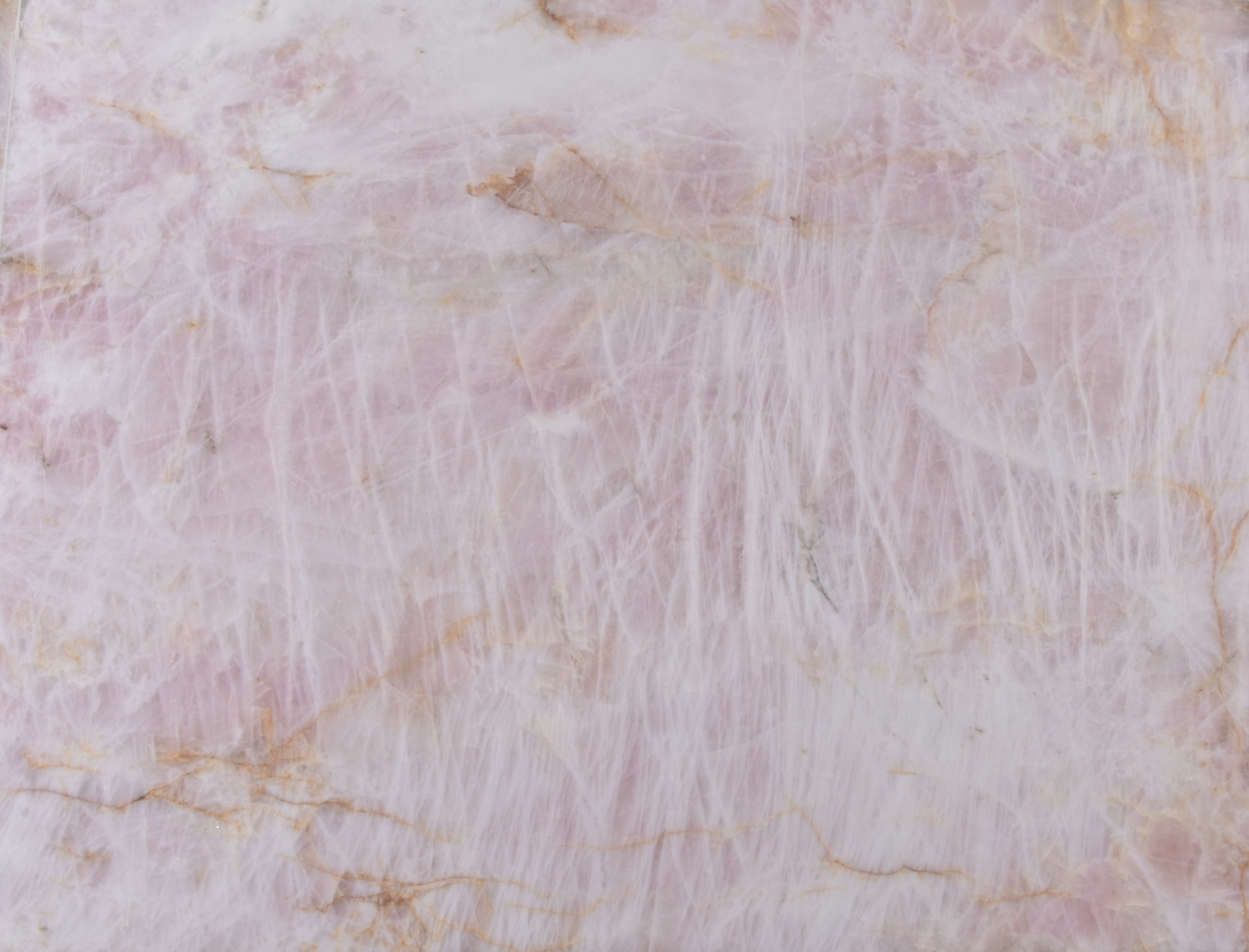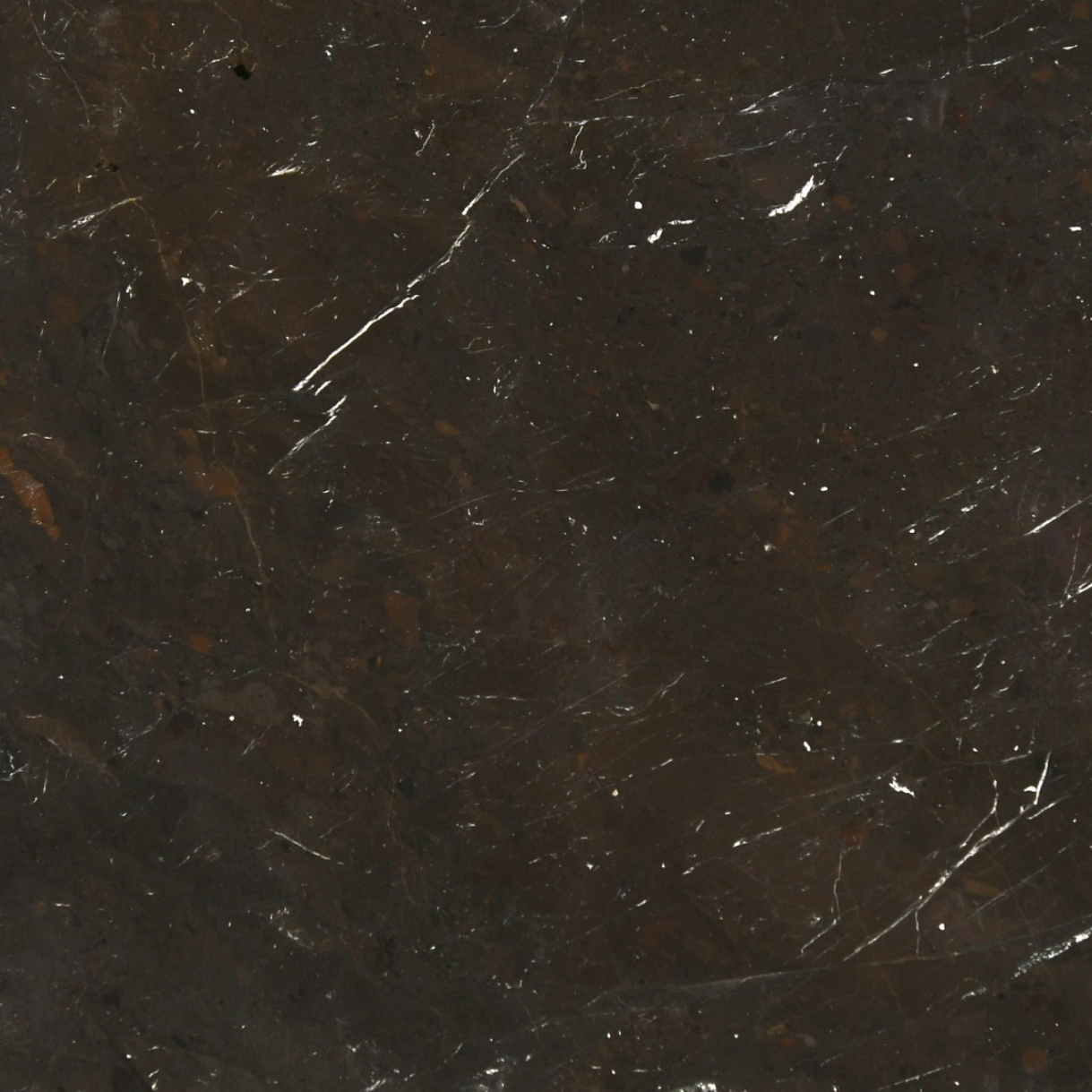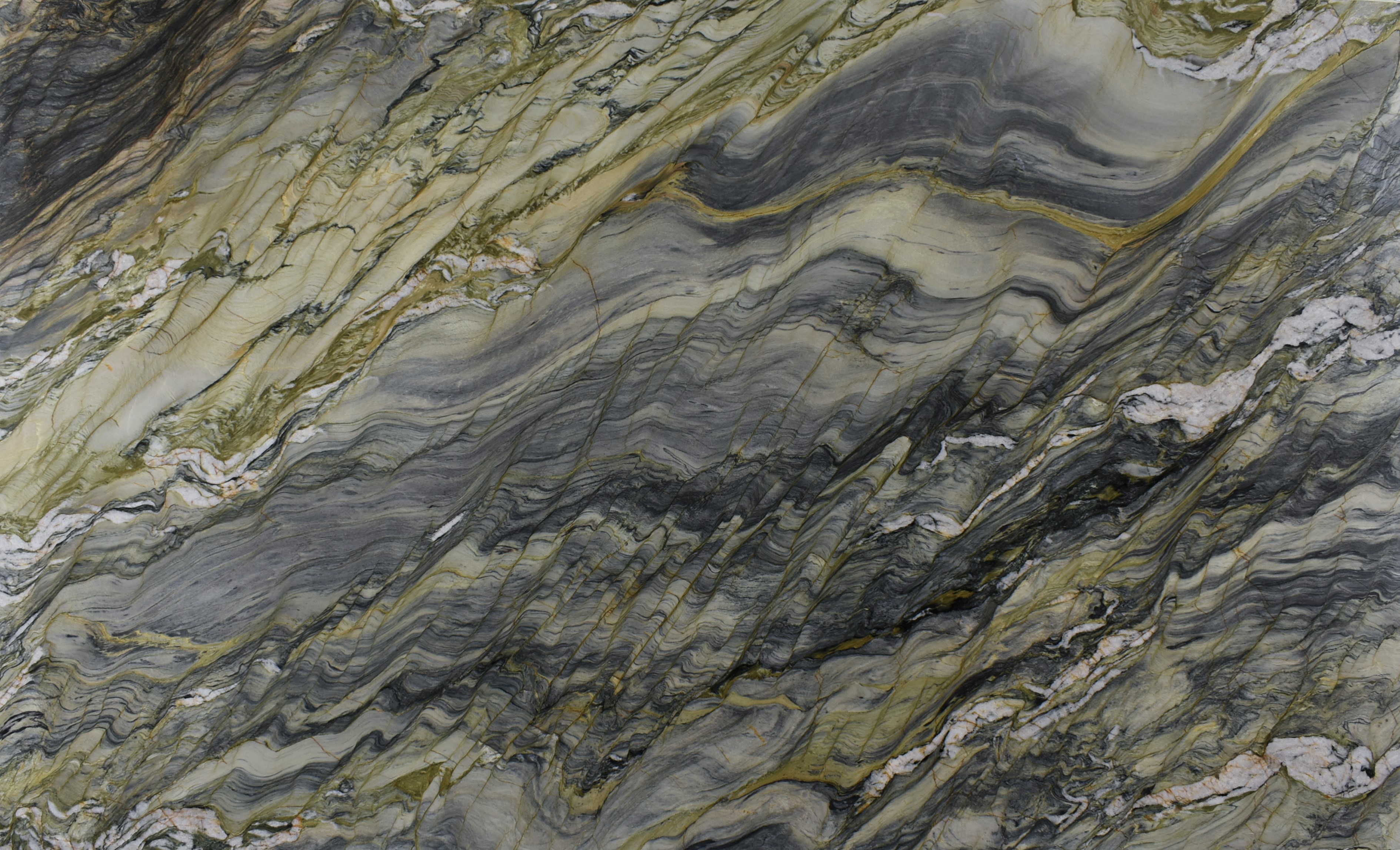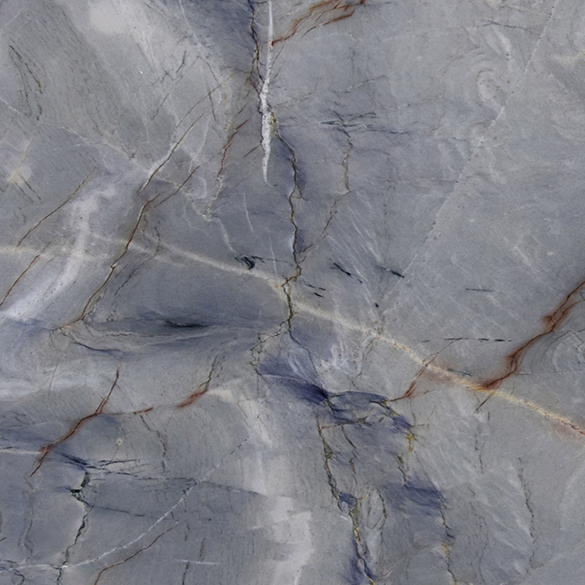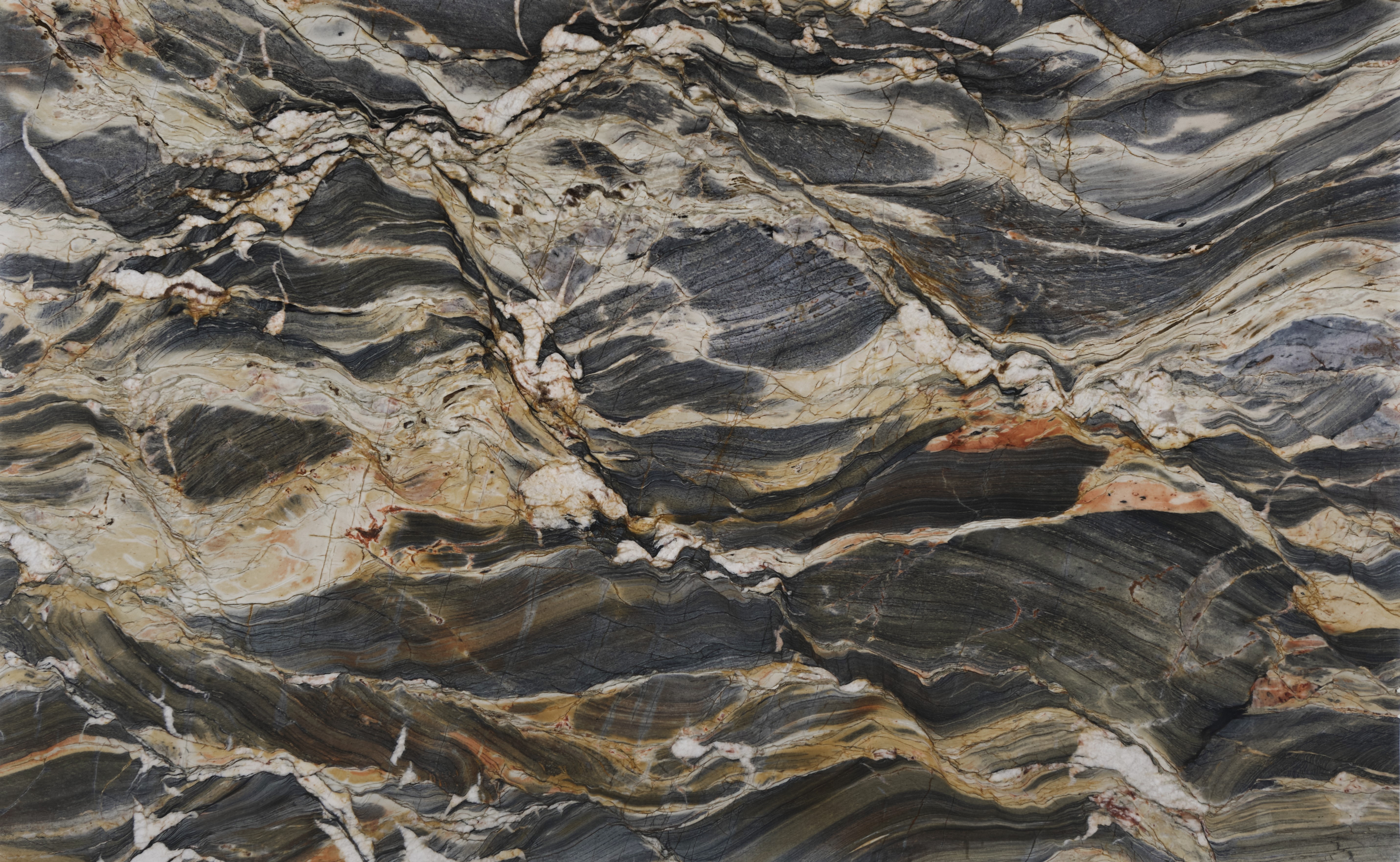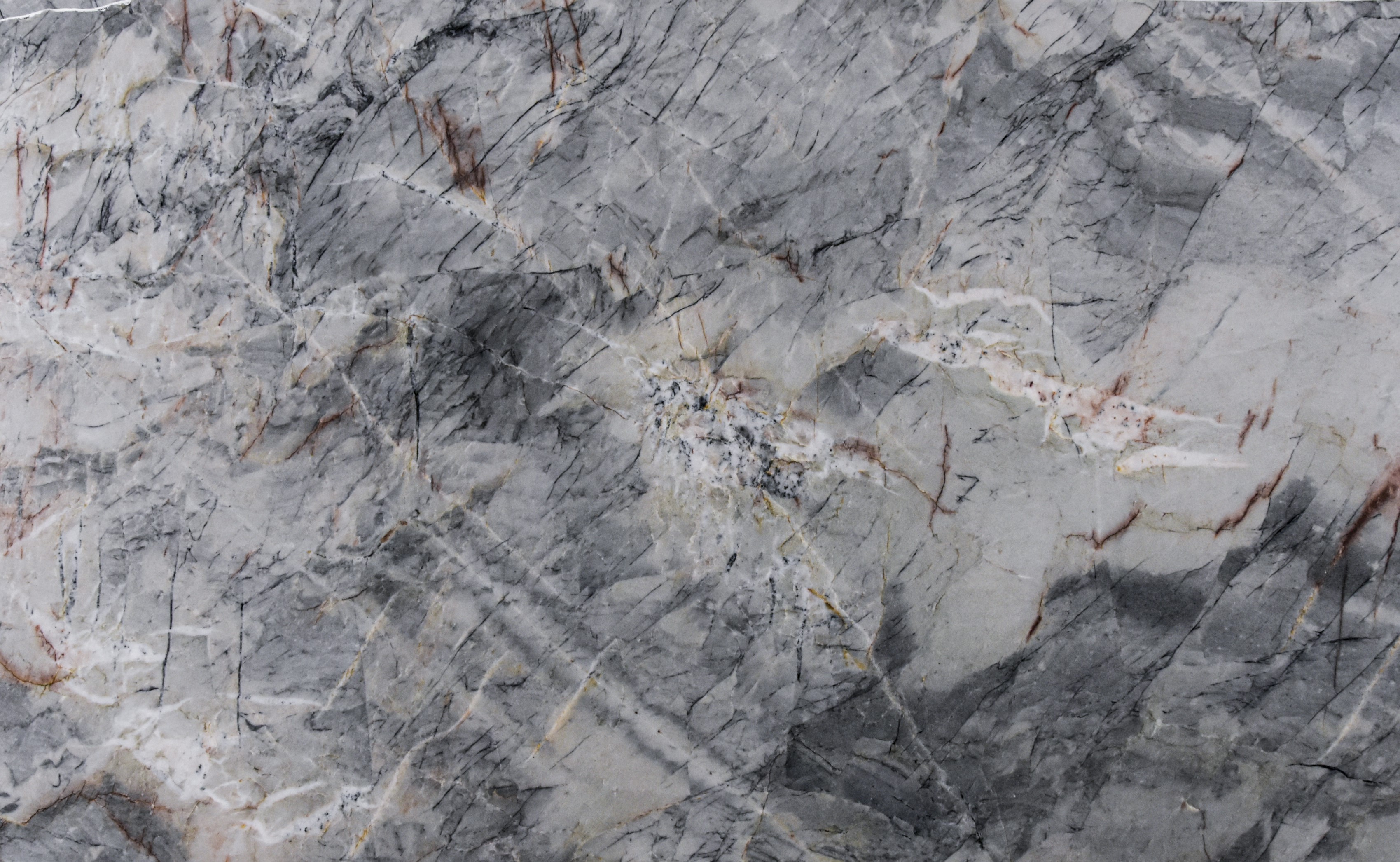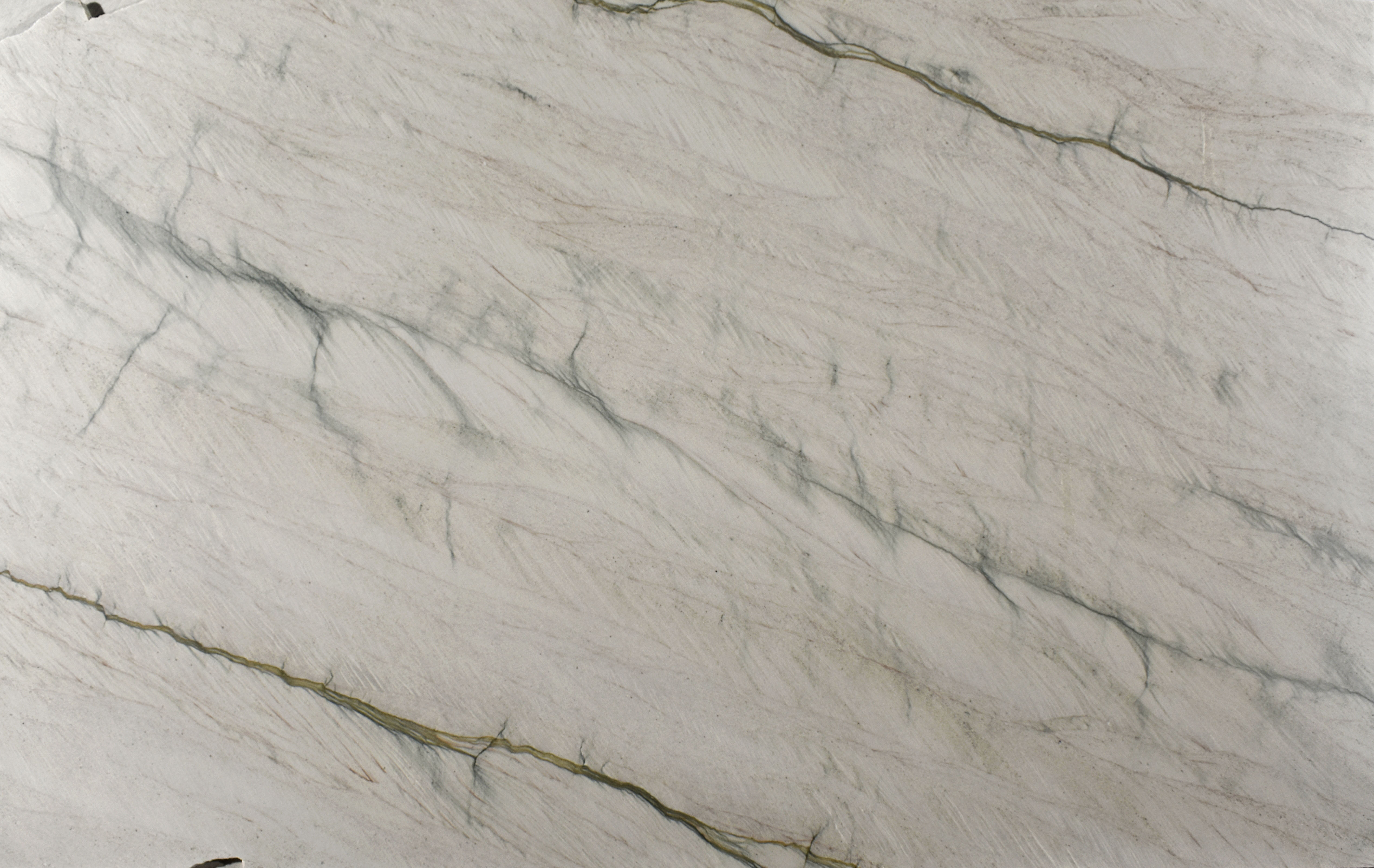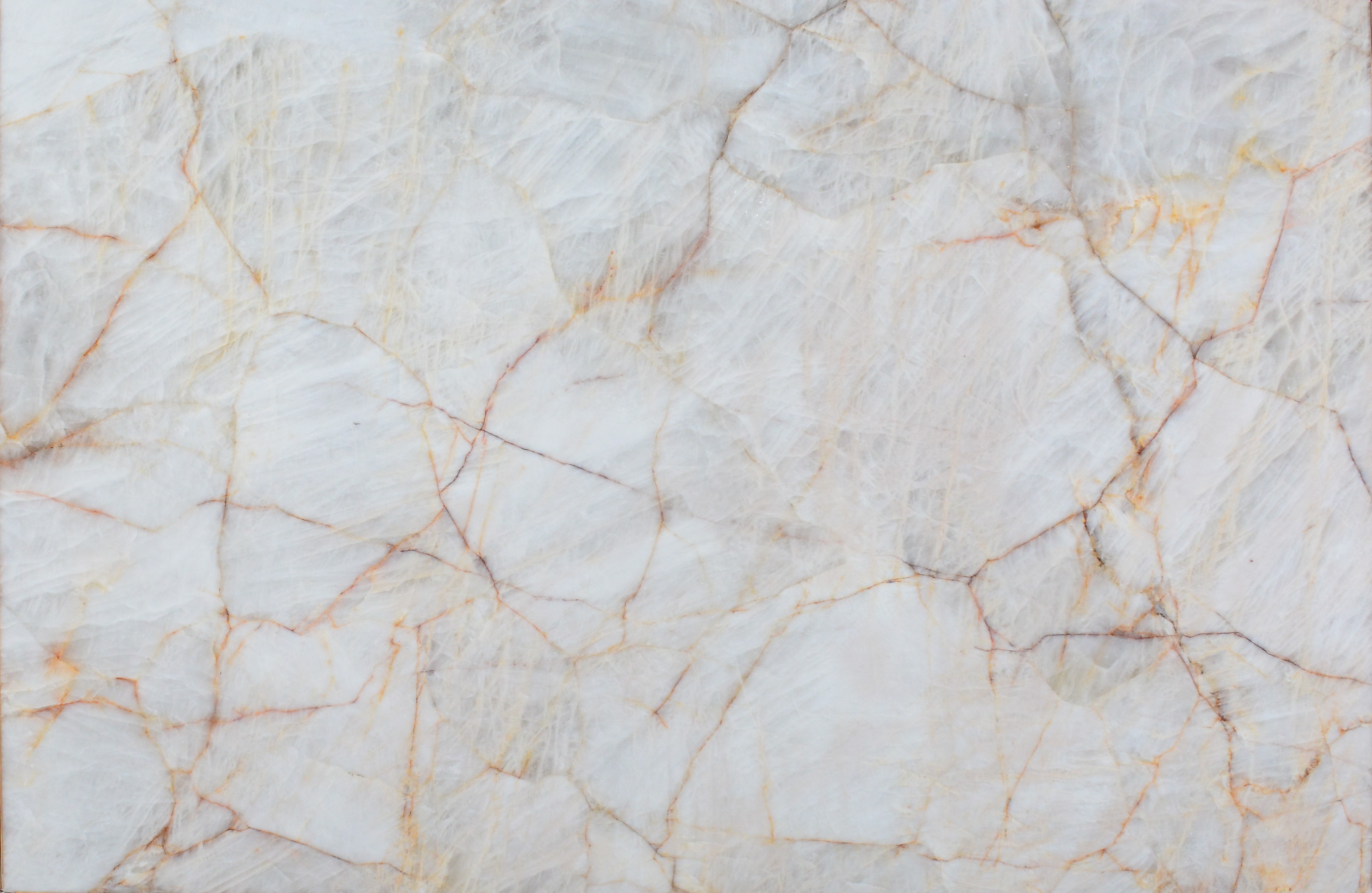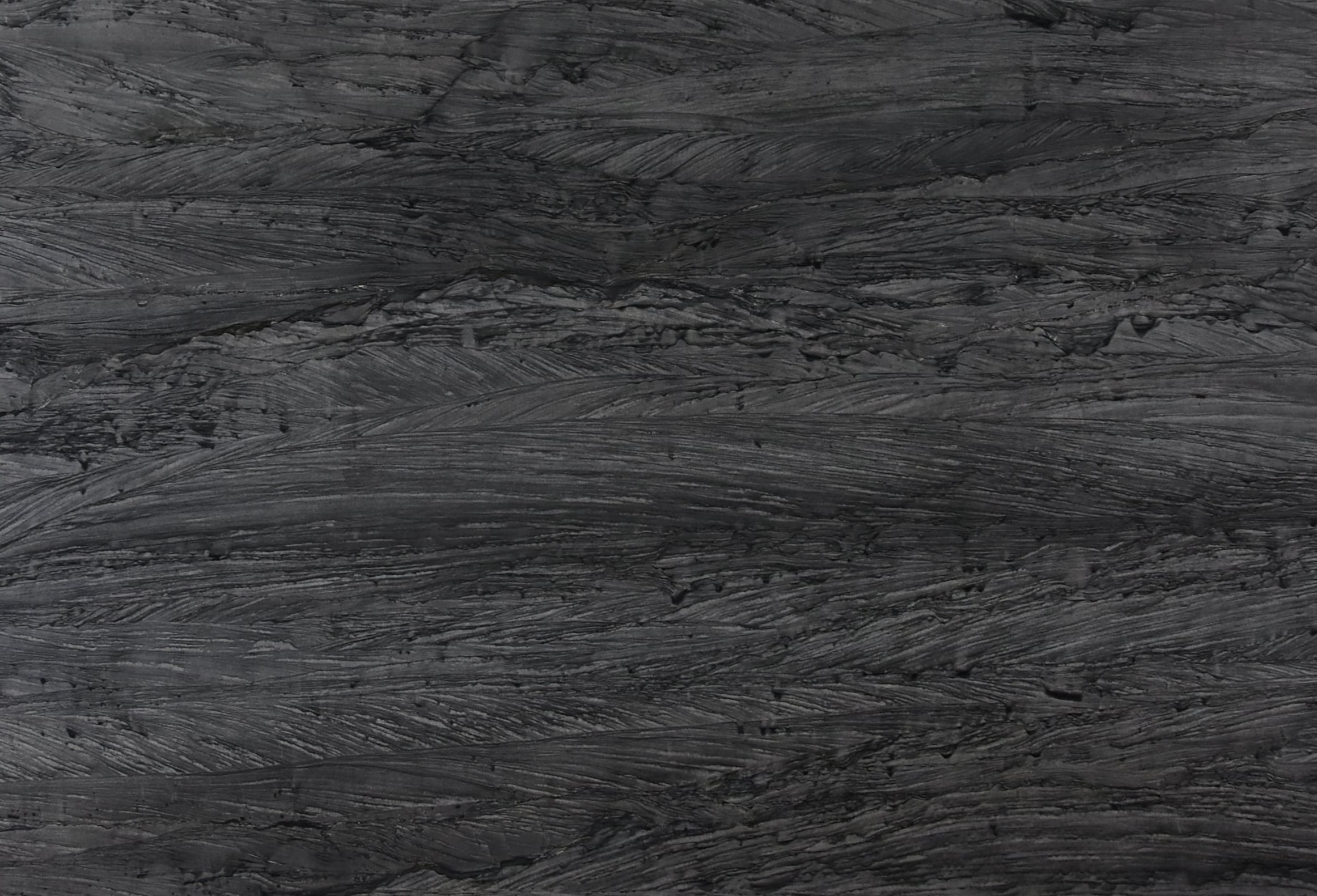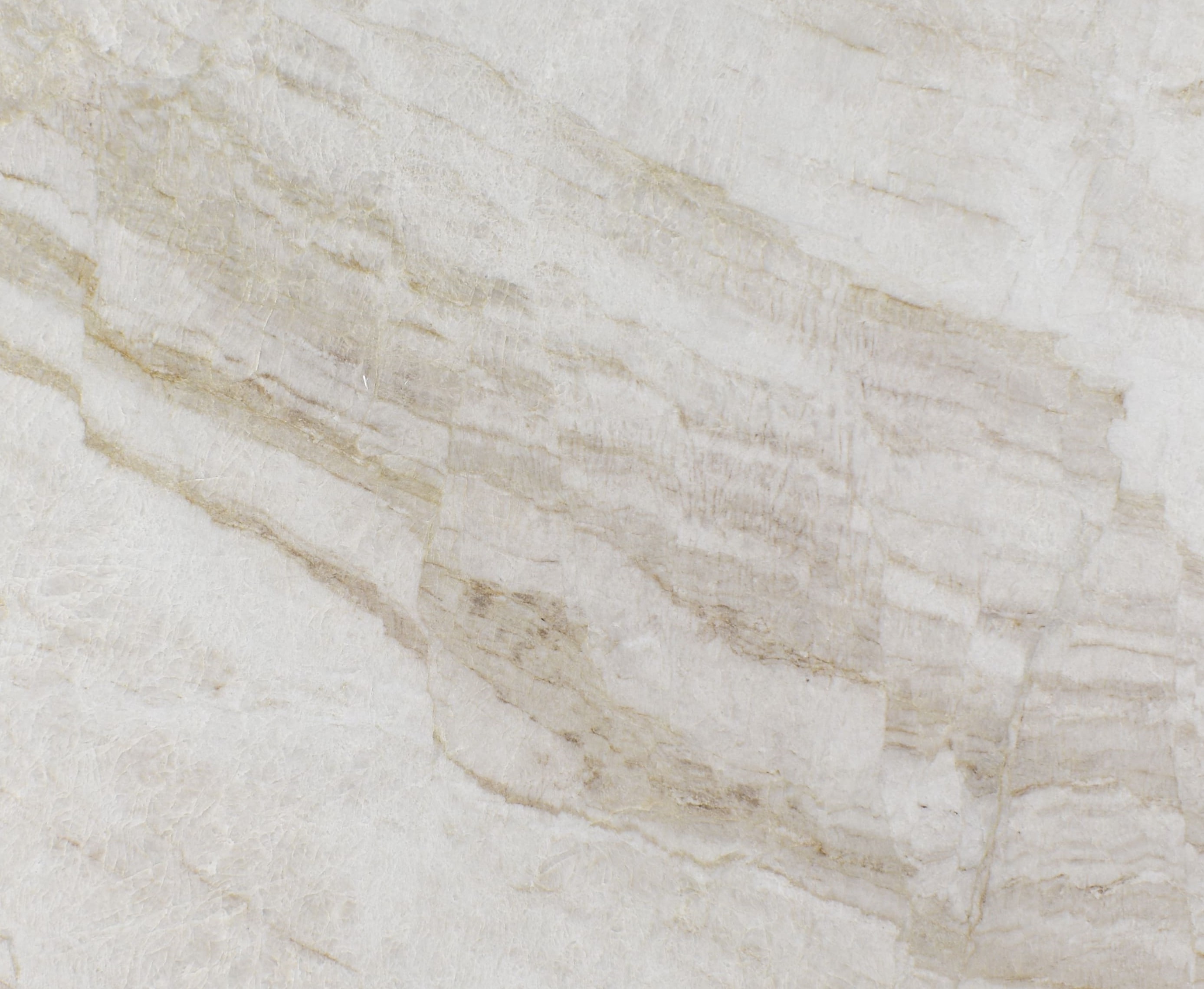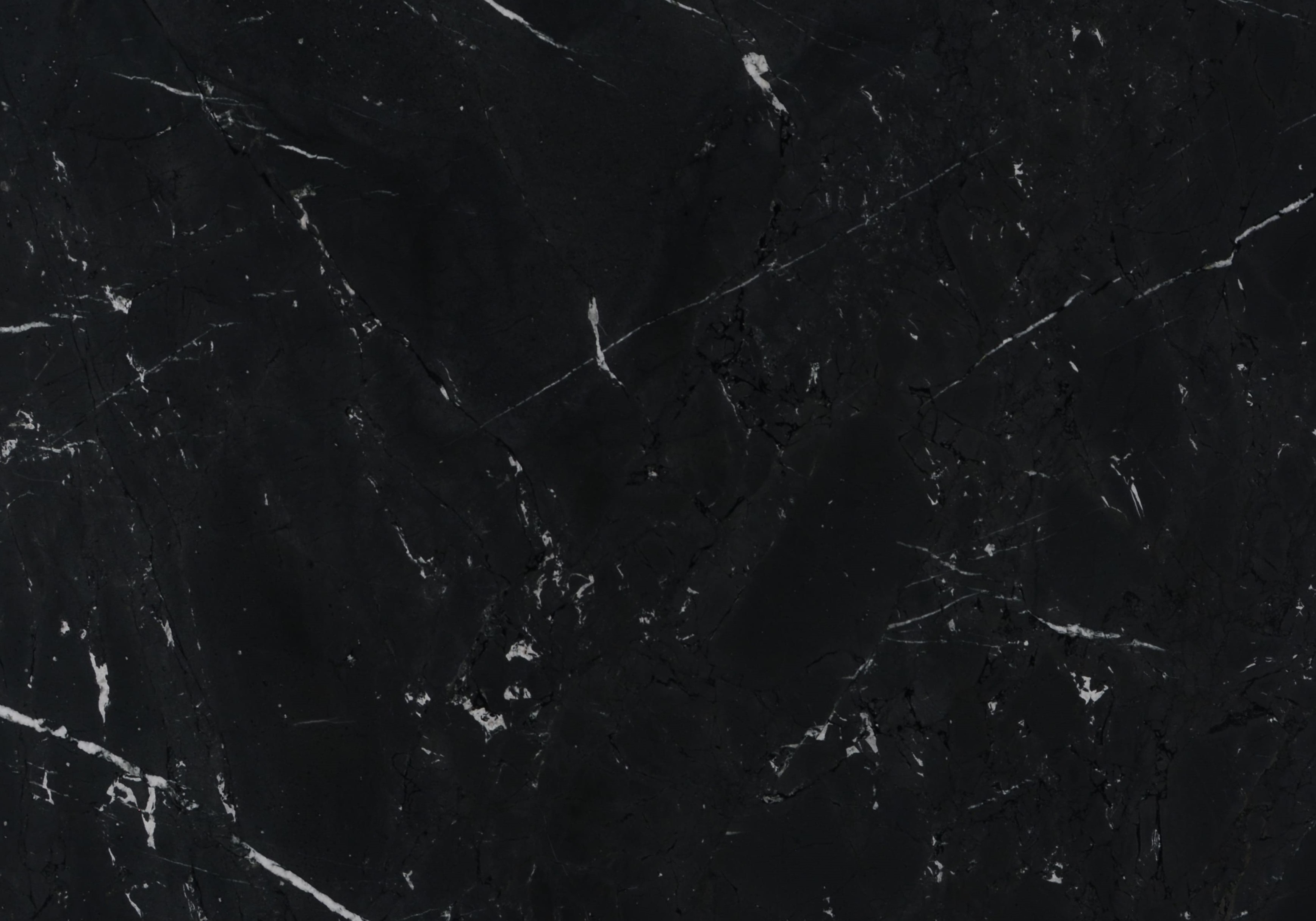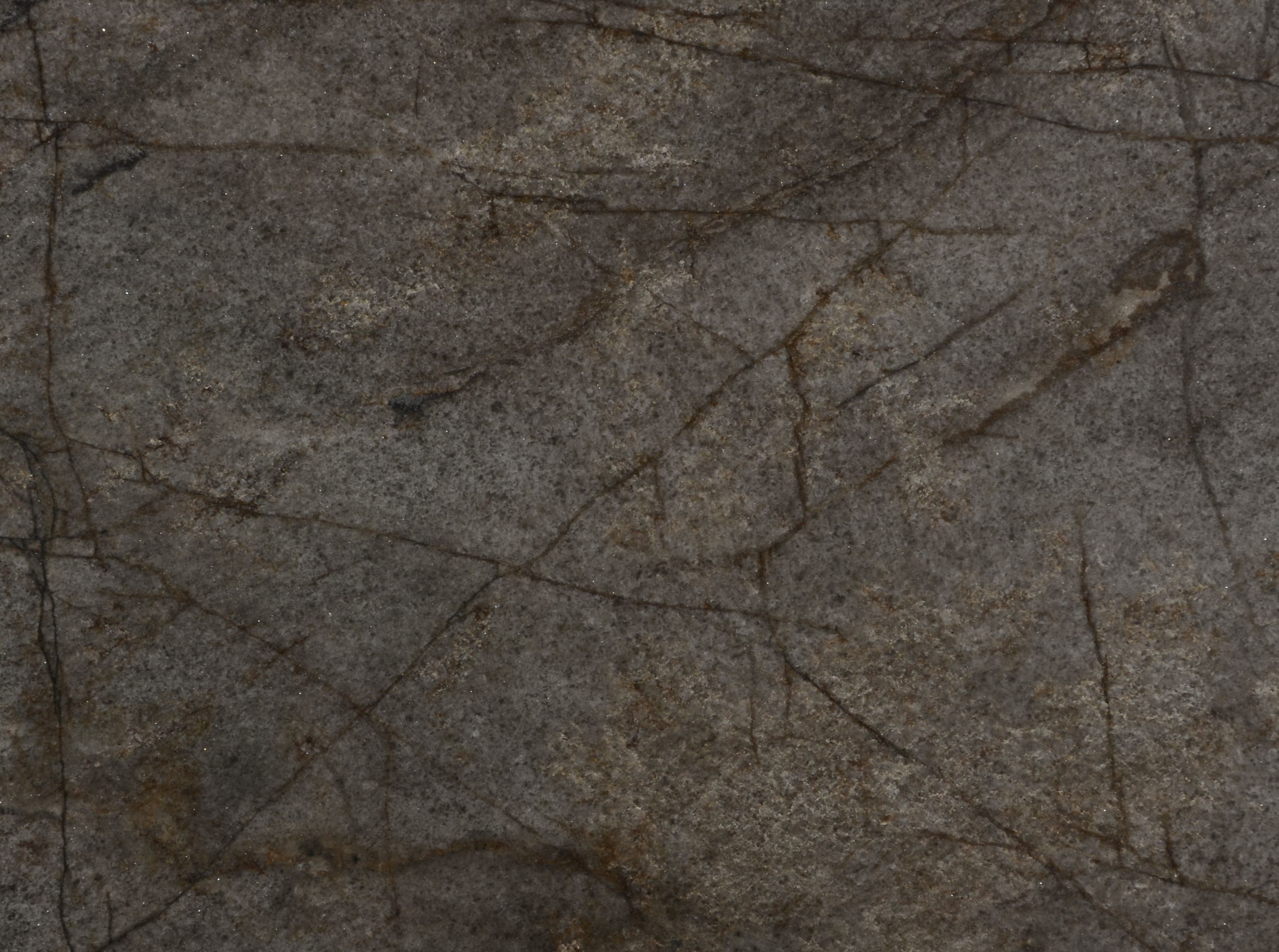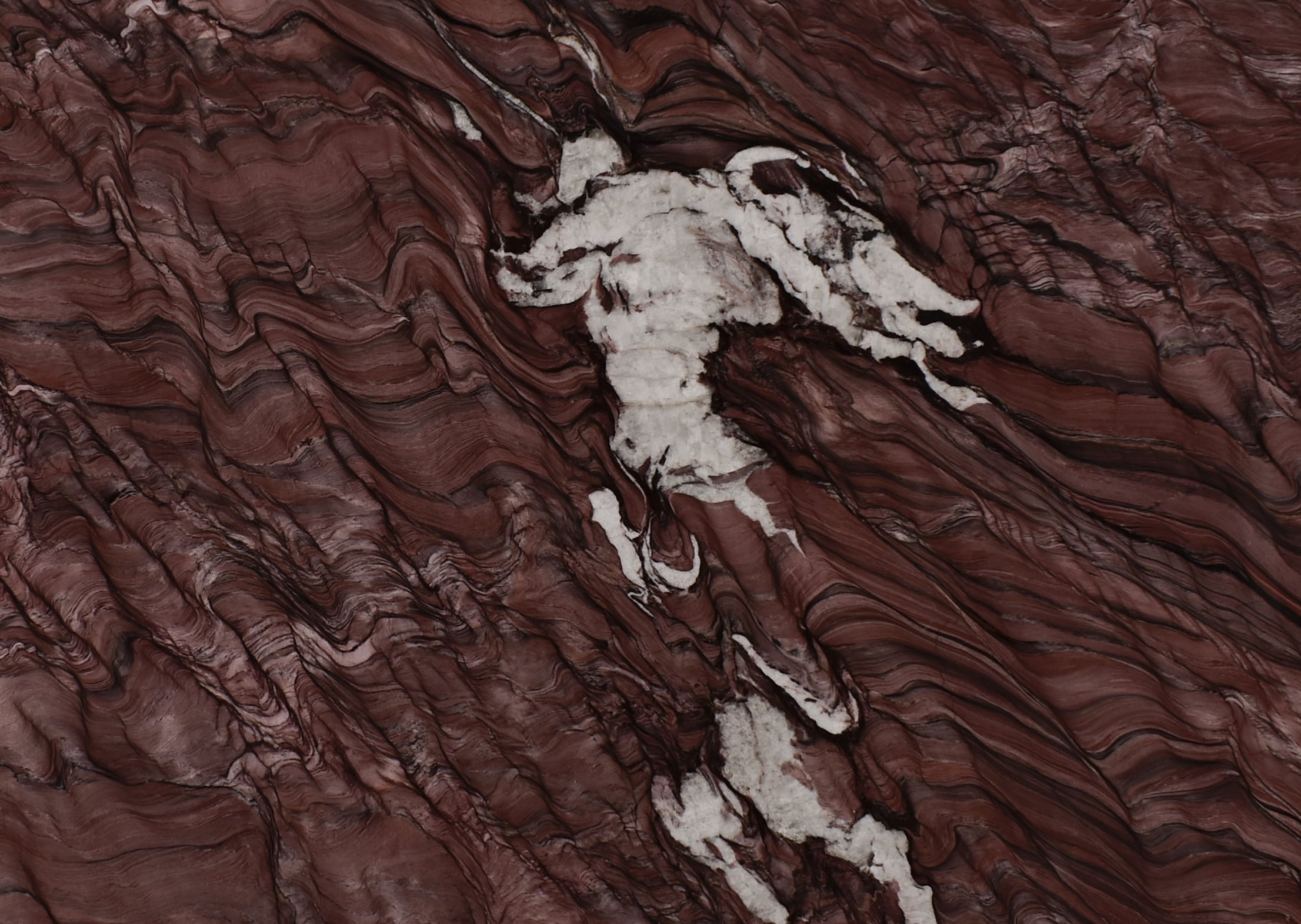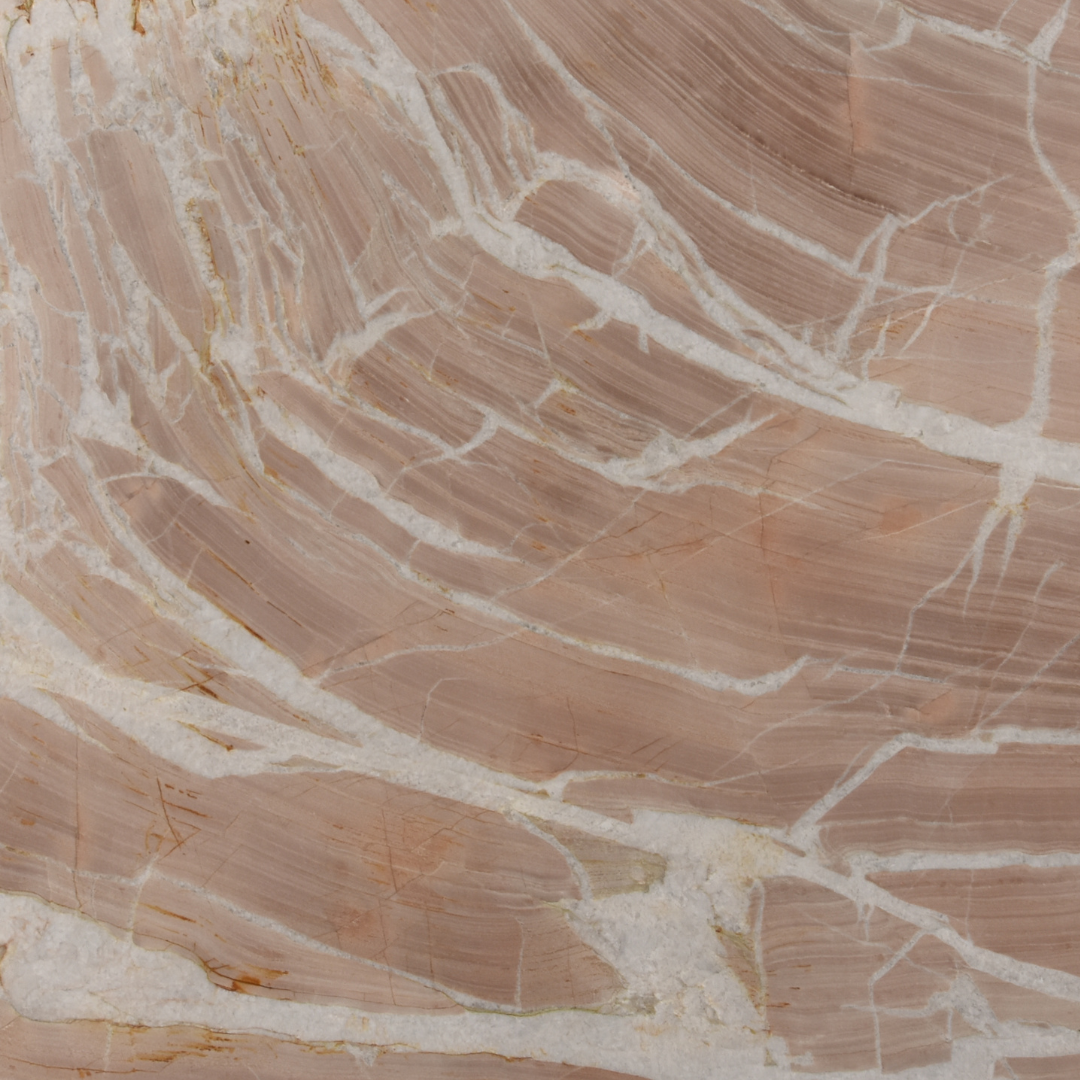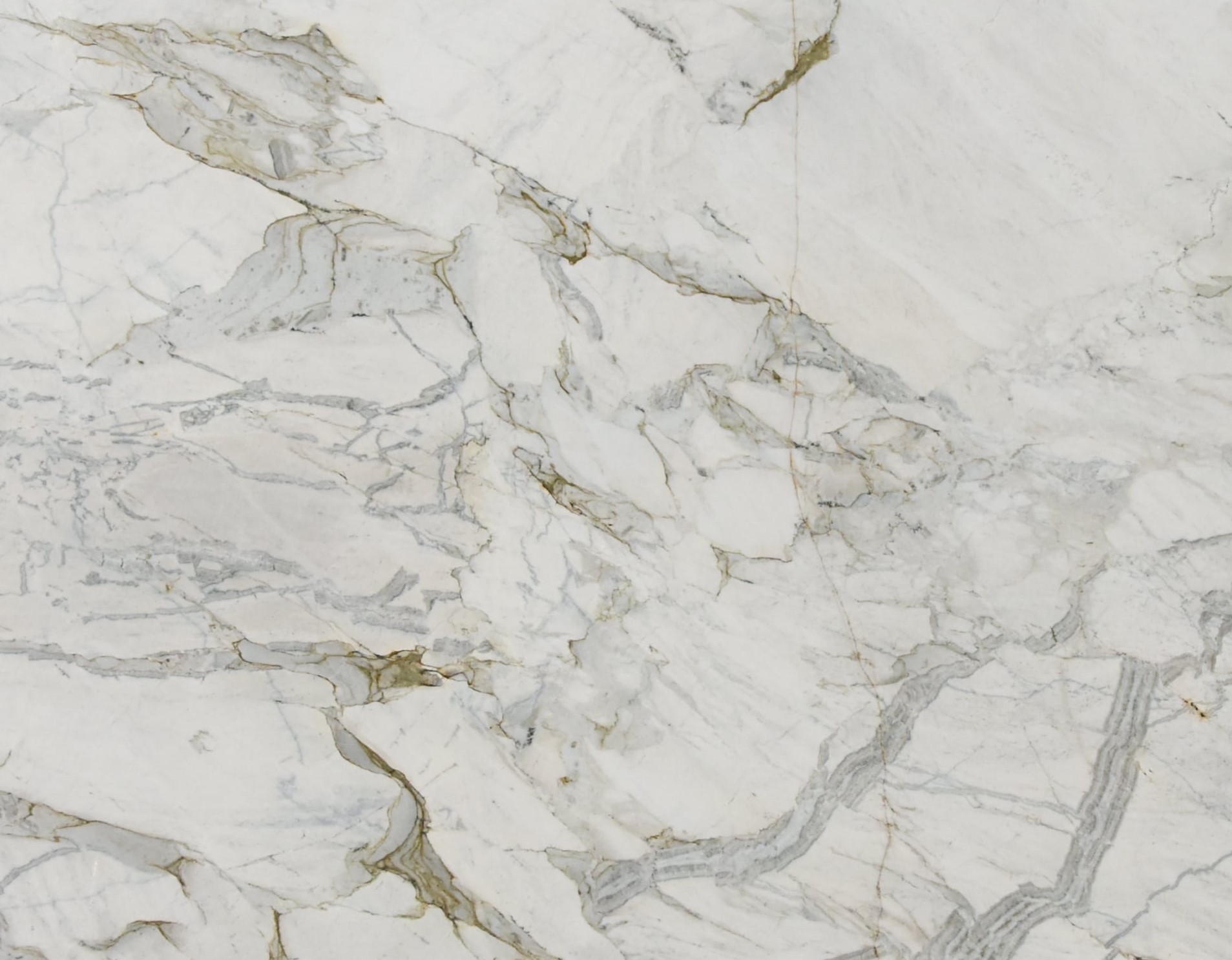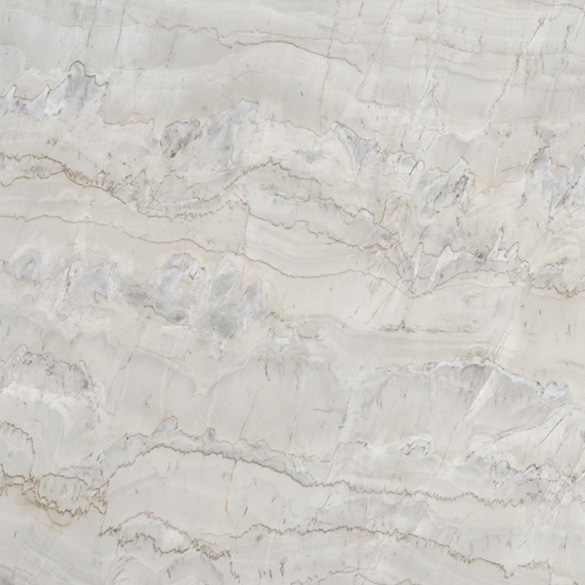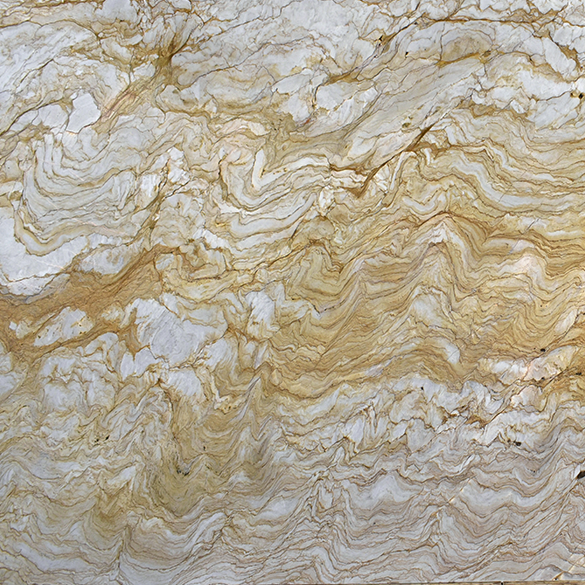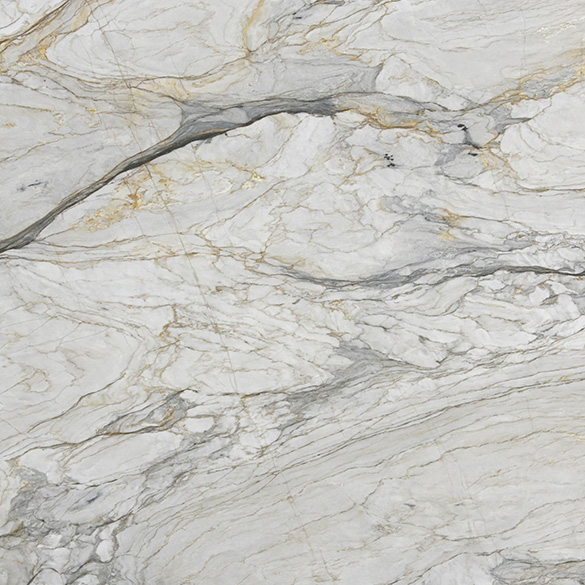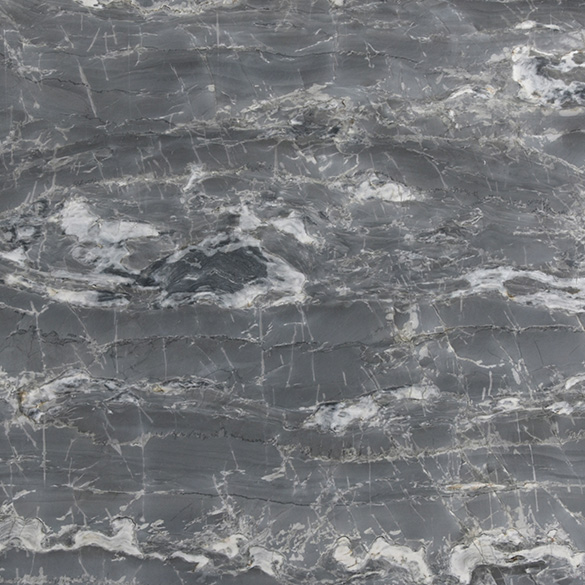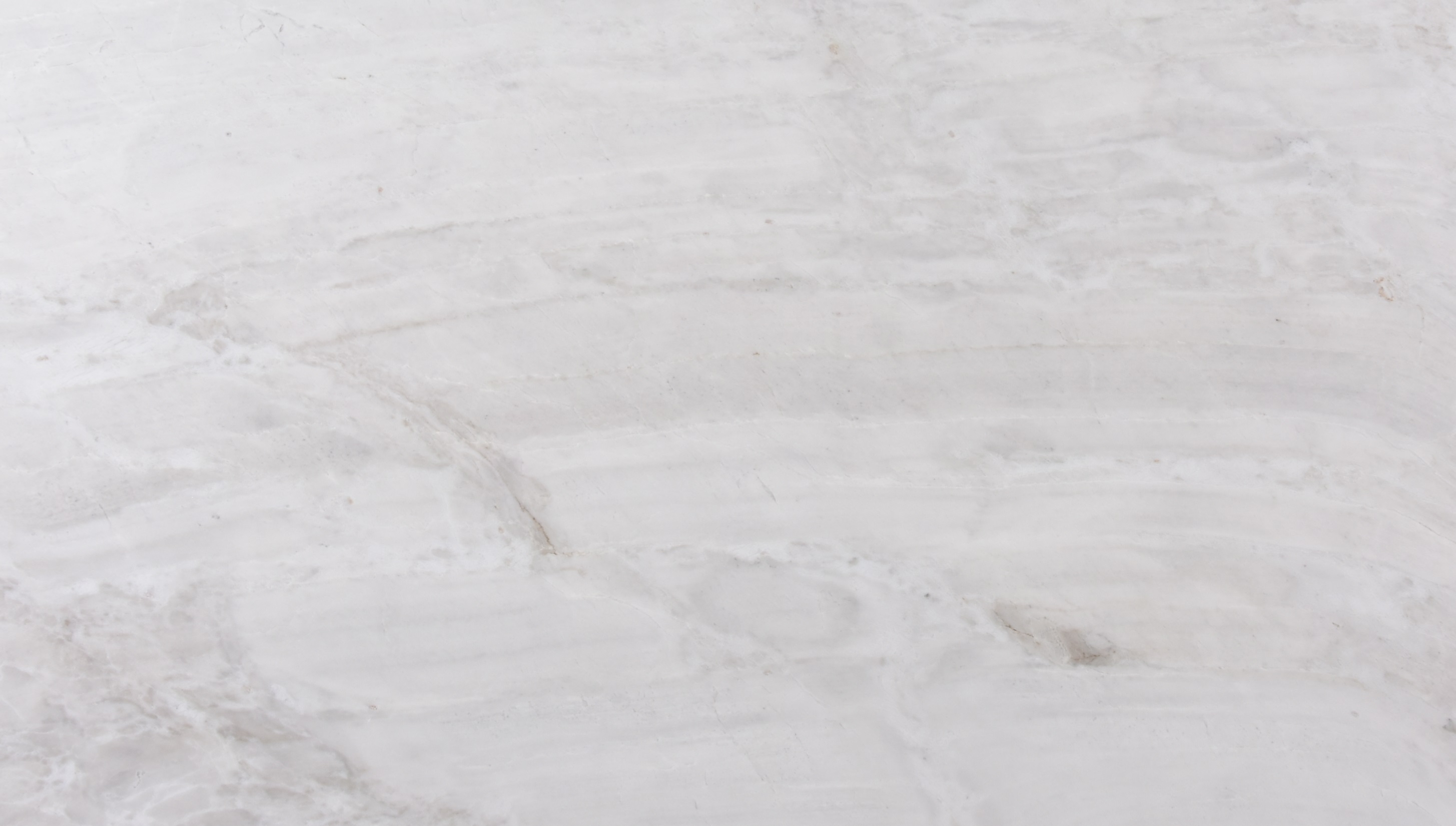Newsletter
Receive the latest
news from Decolores
Latest contents
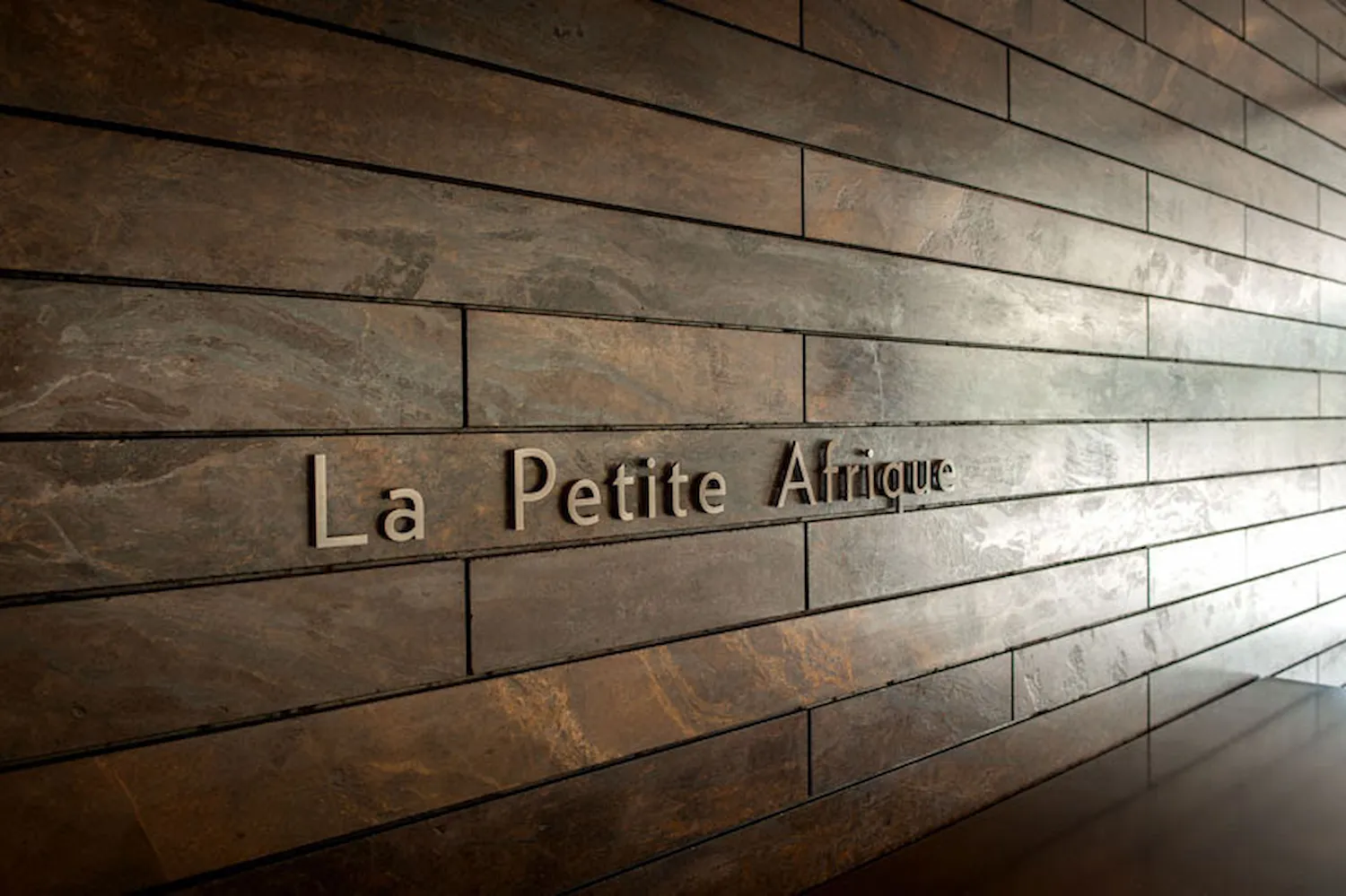
Natural stones for facades: what are the best options and their advantages
Natural stone for facades is a classic choice for those looking to combine sophisticated aesthetics and durability in architectural projects. They offer a unique texture and longevity that artificial materials cannot match. Want to know how to choose the right stones for your project? Interested in understanding which are the best stones for facades and how they perform in different architectural styles? In this article, we’ll discuss the main options and their characteristics. Keep reading to discover how to combine them and the advantages of natural stone for facades! Why use natural stone cladding for facades? Stones offer unmatched resistance to weather conditions, such as heavy rain, temperature variations, and even physical impacts, ensuring a much longer lifespan for the property. Additionally, they have natural thermal properties, providing a more comfortable environment by regulating the building’s internal temperature. Another great reason to use stone cladding for facades is its design versatility. They can be used in both modern and rustic projects, creating a perfect fusion between classic and contemporary. Natural stones have a unique texture that adds exclusivity and personality to commercial facades—such as buildings and establishments—or residential facades. What are the best stones for facades? Among the various natural stone options available on the market, two stand out as the best choices for facade cladding: granite and quartzite. They have ideal characteristics to withstand harsh weather while maintaining a refined aesthetic. Learn more below! Granite Granite is an igneous rock formed from the cooling of magma, with a composition rich in minerals like quartz, feldspar, and mica. Its high durability and versatility make it a perfect material for facades that need to withstand weather variations. In a polished finish, it offers a sophisticated shine, while a honed finish highlights the stone’s natural texture. Quartzite Quartzite is a metamorphic rock formed from sandstone under high temperatures and pressures. It offers exceptional performance, being one of the most durable natural stones. Its smoother, more refined appearance, marked by unique veining and patterns, makes it an excellent choice for those seeking something more exclusive and sophisticated. Like granite, quartzite is also available in various finishes, such as polished, brushed, and honed, making it versatile for different facade styles. Advantages of granite for facades Granite is one of the most durable and widely used stones for facade cladding. Here’s why it’s a top choice among architects! Exceptional durability: Highly resistant to impacts and weathering, making it ideal for outdoor use, including balconies and exterior flooring. Variety of colors and textures: Offers diverse patterns, adaptable to both classic and contemporary projects. Easy maintenance: Its surface is easy to clean, simplifying long-term facade upkeep. Heat and cold resistance: Helps stabilize indoor temperatures, enhancing comfort. 6 Natural Stone Patterns for Facades: Get Inspired by Decolores’ Models If you’re looking for ideas for your project, Decolores offers a diverse range of natural stones for facades, with options for modern or classic styles. Check out some transformative choices below! 1. Bronzite Quartzite This Bronzite Quartzite features warm brown and golden tones, creating a cozy and elegant look. Its rustic texture is perfect for facades seeking a natural touch. See Bronzite in action at La Petite Afrique: Bronzite Quartzite inspiration 2. Silver Grey Granite The Silver Grey Granite is a modern classic, with a dark gray color that adds sobriety and sophistication. Its polished finish reflects light beautifully, ideal for contemporary designs. 3. Bronzite Vintage Quartzite A weathered derivative of Bronzite, the Bronzite Vintage has warm, irregular tones that evoke coziness and rusticity, perfect for a retro, laid-back style. 4. Perla Venata Quartzite A light-toned quartzite with subtle veining, ideal for luminous, minimalist facades, especially in corporate settings. 5. Makalu Granite A popular facade choice, Makalu Granite has a dark base with delicate white veins, perfect for bold, personality-driven projects. 6. Naica Quartzite The Naica Quartzite has a light, wave-like pattern, blending seamlessly with both modern and classic facades. Trust Decolores for Your Project Decolores excels in natural stone processing. Our rigorous treatment ensures each piece retains its natural quality, offering durability, beauty, and resilience. With over 20 years of experience, we’re a trusted supplier for exterior and interior design, delivering premium materials. Explore our full catalog of natural stones for facades and find the perfect solution. Contact us for a personalized quote!
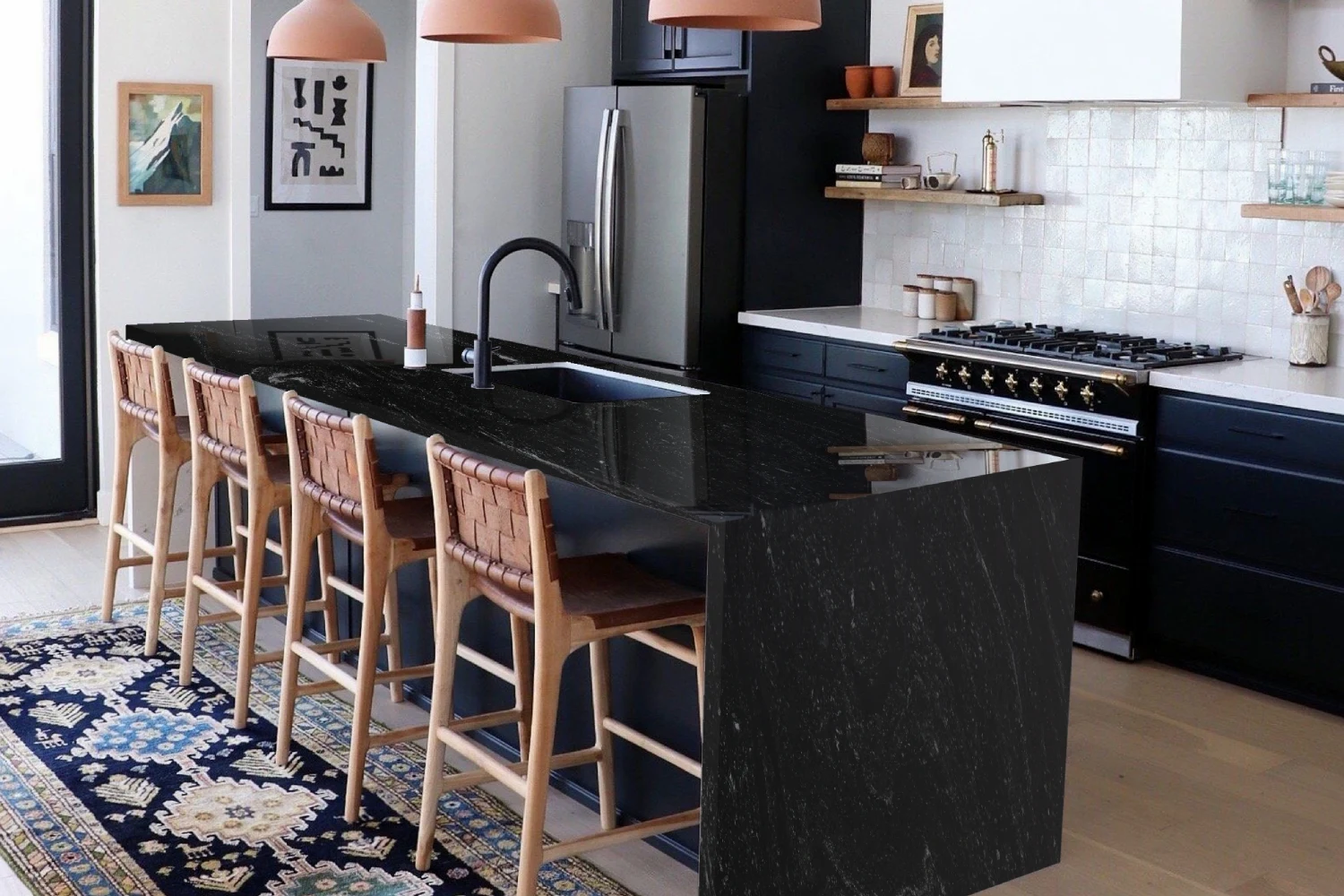
Best Types of Granite for Kitchen and Bathroom Countertops
If you're looking for the perfect choice to cover kitchens and bathrooms, granite countertops are an option that combines durability, beauty, and sophistication. This material, with its resistance and unique aesthetics, is the ideal choice for projects that require a combination of durability and refined design. Below, see why granite is so sought after and check out some of the best patterns available at Decolores, with practical tips for decorating kitchens and bathrooms. What is granite? Granite is an igneous rock, formed by the cooling and solidification of magma underground. This geological formation results in a highly resistant stone, composed mainly of feldspars, quartz, and mica. Its varied appearance, with unique colors and textures, reflects this rich mineral composition, making it one of the most desired materials in architectural projects. With an origin dating back more than 3 billion years, granite is a true witness to geological time. Its solid and compact structure provides high durability and resistance, making it perfect for use in areas that require impact, heat, and daily wear resistance. Why is granite ideal for kitchens? Granite is an excellent choice for kitchens due to its natural properties. It is highly resistant to abrasion, heat, and moisture, making it an ideal surface for kitchen countertop needs. Additionally, the diversity of granite patterns allows for the creation of countertops that fit different decoration styles. Beyond the kitchen, granite for bathrooms is also easy to maintain. Its low-porosity surface absorbs fewer liquids, reducing the risk of stains and making cleaning easier. How to use granite for kitchen countertops? Choose the right color Granite for countertops comes in an impressive variety of colors. If you're looking for a bright and clean kitchen, opt for light tones like White Dune. If you prefer a touch of more sober elegance, darker and deeper colors are an excellent choice. Combining with other materials Granite pairs perfectly with other natural materials, such as wood and stainless steel. For a contemporary kitchen, try a dark granite countertop contrasting with light wood cabinets. Variety of finishes The finish of granite can completely change the look of your countertop. A polished finish adds a touch of shine and sophistication, while a brushed finish brings a more rustic and modern appearance. Integration with kitchen layout Granite can be used in large kitchen countertops with central islands or in smaller spaces, such as the support counter next to the sink. Additionally, it can be used for backsplashes or even flooring details to create a more cohesive and harmonious environment. Types of granite for kitchens and bathrooms Now that you know why granite countertops are a smart choice, it's time to explore some of the best types of granite available at Decolores, ideal for both kitchen countertops and bathroom cladding. 1. Makalu Granite The Makalu granite is a true work of nature, with a formation dating back more than 2 billion years. Its dark gray coloration, with contrasting quartz veins, brings a sophisticated and imposing air. Ideal for modern and minimalist kitchens or bathrooms, this granite adds a touch of discreet luxury. For a bathroom, it can be paired with light cladding or gold metals, creating a clean and sophisticated environment. Decoration tip: pair Makalu flooring with light wood countertops or metallic elements for a sophisticated and elegant contrast. 2. White Dune Granite With its light base and soft veins, the White Dune granite is perfect for spaces that demand brightness. It's an excellent choice of granite for kitchens, indoor flooring, and outdoor areas, as it brings a sense of modern elegance. In the kitchen, it can be paired with neutral-toned cabinets or even stainless steel details for a more industrial look. Decoration tip: use White Dune in a modern kitchen and illuminate the space with metallic details, such as steel faucets and handles. 3. Silver Grey Granite The Silver Grey granite is one of the most versatile options for those seeking a contemporary touch. Its soft gray tone and striking veins are perfect for sophisticated environments. In a kitchen countertop, Silver Grey can be paired with dark wood cabinets to create a contrast that balances modernity and warmth. In bathrooms, it's ideal for creating a neutral and elegant space. Decoration tip: pair Silver Grey with white tiles or even marble details to create a luxurious and modern environment. Check out Decolores' complete catalog of natural stones At Decolores, you'll find a selection of granites for countertops, as well as other natural stones like marbles and quartzites, to suit all styles of your projects. Granites, such as Makalu and Silver Grey, are selected and prepared to ensure high quality and durability for your countertops. Explore our complete catalog of stones and discover how we can help transform your projects with the best of natural stones. For quotes and more information about granite countertops, contact us and rest assured that your project will be in good hands!
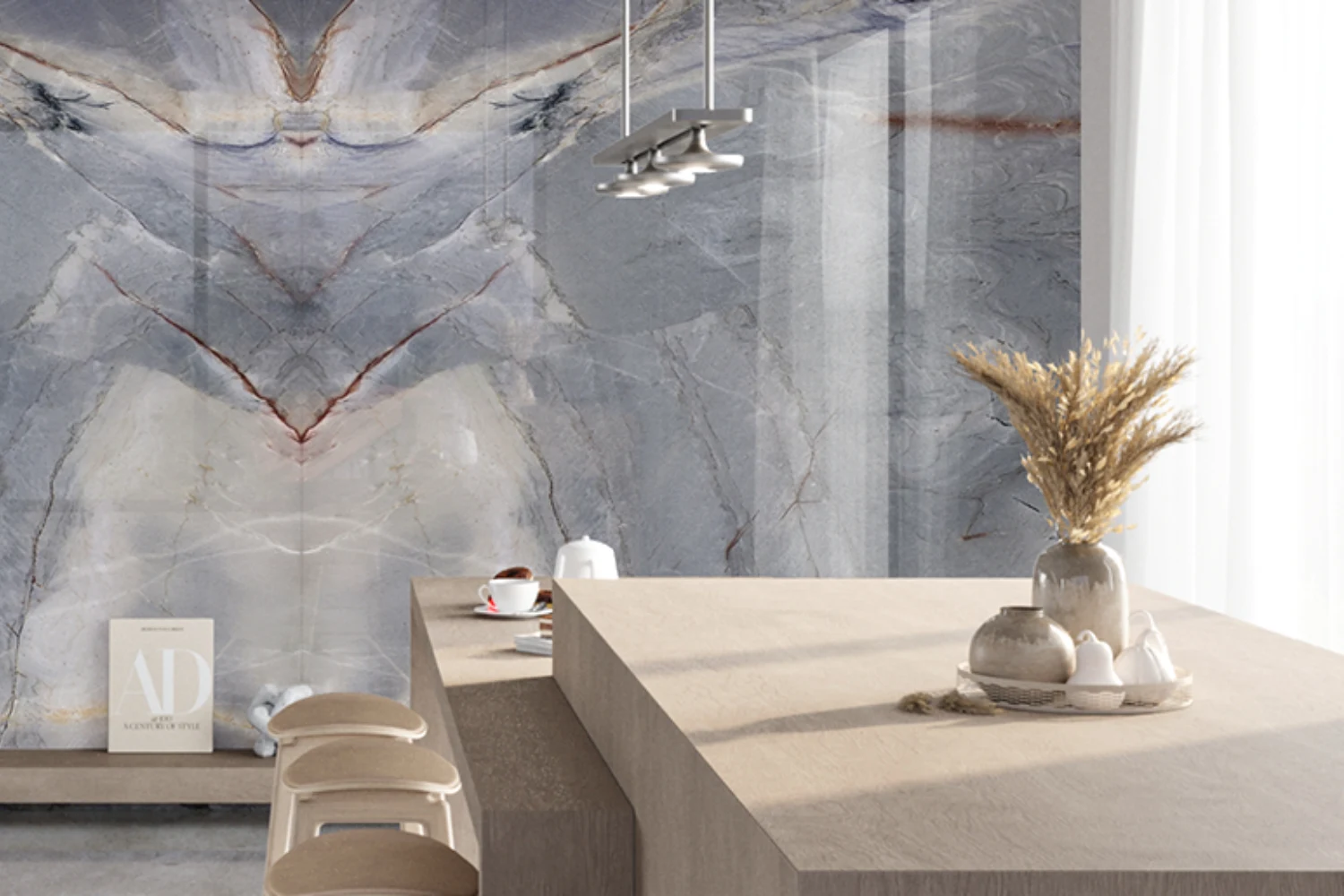
Mystic Blue Quartzite: a mix of colors in a unique piece
The art of nature is, without a doubt, one of the greatest inspirations for architects and interior designers. The Mystic Blue quartzite, for example, brings together the best of nature, blending colors that exude sophistication, exclusivity, and timeless beauty. This unique material is part of the new Poesia Collection by Decolores: a fusion of colors and textures that promises to transform spaces into luxurious and enchanting environments. Want to discover more about the beauty and potential of Mystic Blue quartzite? Keep reading and learn how to apply it in your projects! What is Mystic Blue quartzite? Mystic Blue quartzite is a natural stone of remarkable beauty, distinguished by its shades of blue and violet, interspersed with striking golden veins. Formed 1.5 billion years ago in central-western Bahia, this quartzite was created through geological and metamorphic processes that recrystallized quartz grains, resulting in a strong rock with a unique pattern. It can have a polished, brushed, or honed finish, offering different textures and greater flexibility for architectural projects. This quartzite stands out for the intensity of its colors and the softness of its interwoven veins, creating a visual effect that is both modern and timeless. Mystic Blue quartzite: charm and refuge of the Poesia Collection The Poesia Collection by Decolores is a tribute to the richness and beauty of natural stones. Launched for 2025, this exclusive collection of marbles and quartzites aims to revive the poetry of nature, where each piece is considered a work of art. Mystic Blue quartzite is one of the highlights of this collection, representing the perfect combination of art and nature. Each vein and hue of Mystic Blue tells a story, like verses of a visual poem. The variations of blue, with soft and deep tones, contrast with golden veins that add brightness to the material. With these characteristics, Mystic Blue has become the ideal choice for creating an aura of mystery and elegance. Where to apply Mystic Blue quartzite? Mystic Blue is an excellent choice for high-end environments, especially in projects that seek sophistication and a touch of the exotic. Check out some tips on how to incorporate this quartzite into your interior design! Gourmet kitchen Mystic Blue quartzite can be used for countertops and dining surfaces in kitchens, where its striking veins add a layer of luxury and contemporary style. Pair the stone with neutral materials like light-toned wood or stainless steel to create contrast. This quartzite, alongside clean-lined cabinets, also offers a sense of modernity and freshness. Dining room In the dining room design, Mystic Blue can be an excellent option for tabletops, creating a focal point that draws attention. Its versatility allows it to be paired with wooden or brushed metal chairs, along with modern light fixtures that further enhance its beauty. Luxury bathrooms For bathrooms and powder rooms, Mystic Blue quartzite can be used on floors, countertops, and wall coverings. Pairing it with copper or bronze fixtures and accessories complements the style and conveys exclusivity. Master bedroom Mystic Blue can also be used on decorative panels or headboards. When paired with natural fabrics like linen and velvet, it creates a serene atmosphere, ideal for a personal retreat that evokes calm and charm. Find your stone at Decolores and create new environments The Poesia Collection, with the highlight of Mystic Blue quartzite, is just one example of Decolores' commitment to offering exclusive stones ideal for projects seeking beauty, strength, and durability. If you're looking for materials to elevate your design, explore the complete quartzite catalog from Decolores and request a quote! No matter your project’s style, Decolores has the perfect stone to transform any environment.
Other contents
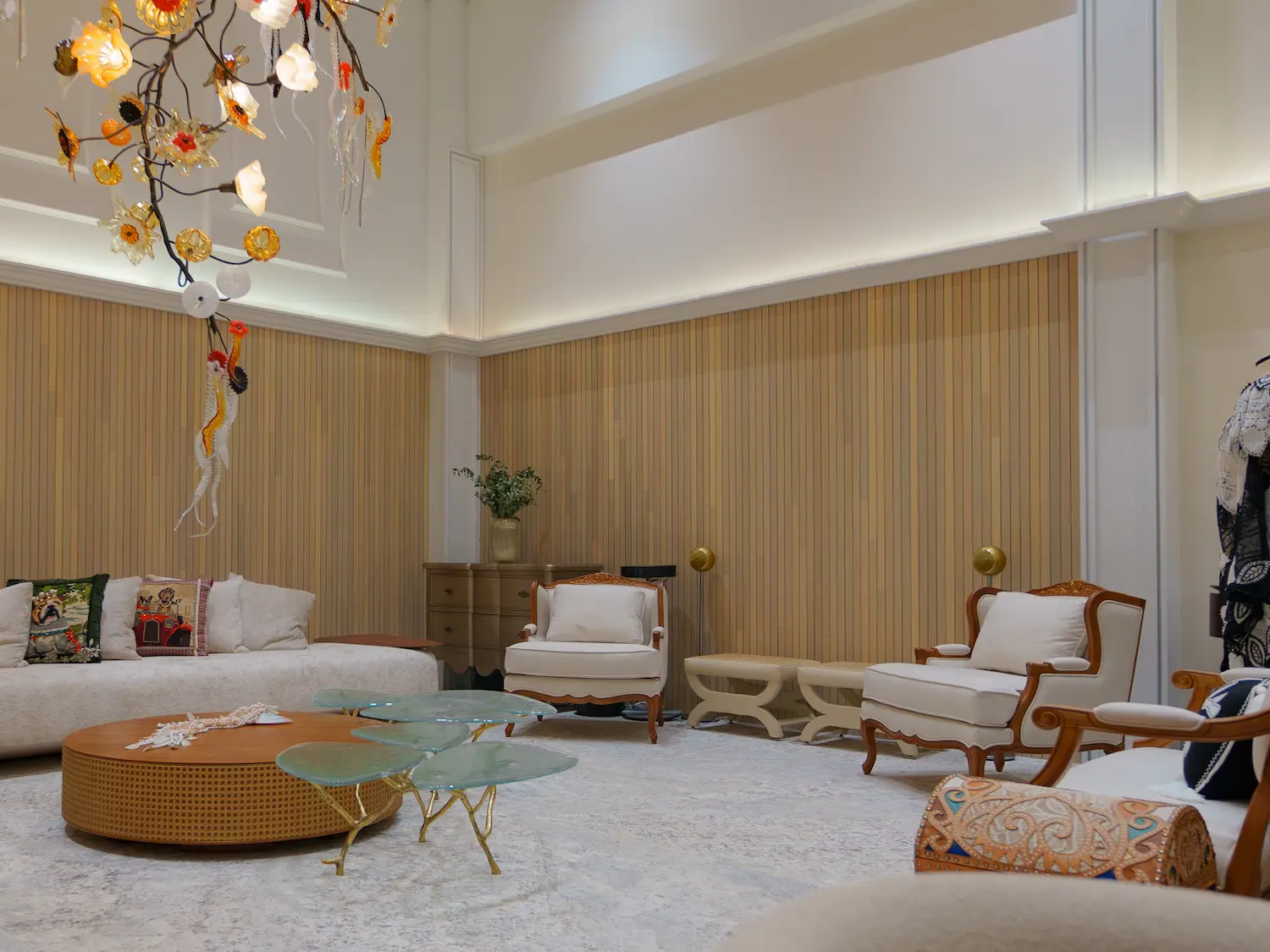
Granite flooring: learn the advantages and how to use it
Granite flooring is a strategic choice for those seeking elegance, durability, and practicality in their daily lives. With different colors and finishes, this natural stone is one of the most valued in architecture and interior design—and for good reason. Throughout this article, you’ll understand why granite flooring is so highly recommended, discover the main types available, and learn how to clean granite floors, maintain their shine longer, and prevent wear over the years. If you’re renovating or building and want to invest in a high-value finish, this content is for you. We’ll show why granite is one of the most complete flooring options and how to use it to its fullest potential. Enjoy the read! Beauty and Strength in a Single Material When it comes to durable finishes, granite flooring stands out with authority. Composed of minerals like quartz, feldspar, and mica, it is extremely resistant to wear, scratches, impacts, and temperature variations. This makes it an ideal choice for both indoor and outdoor areas, such as living rooms, kitchens, bathrooms, balconies, and even facades. In addition to its durability, granite has a refined and sophisticated finish. With tones ranging from white to deep black, including greenish, golden, and grayish hues, it enhances any space without ever going out of style. Another advantage is its low porosity, making granite more resistant to moisture and stains compared to other stones. This is why it’s commonly used in kitchens and bathrooms, where contact with water and grease is frequent. Types of Granite Flooring: Choose Wisely The variety of granites available in the market invites customization in projects. Among the standout options that combine elegance and versatility are: White Dune Granite: A light and sophisticated tone that brings lightness to spaces. Ideal for modern and minimalist projects. Makalu Granite: Combines earthy tones with striking veining, offering a robust and elegant look, perfect for spacious and refined environments. When choosing, consider the decor style, natural lighting, and foot traffic in the area. High-traffic areas benefit from darker granites or textures that disguise minor imperfections from daily use. Browse the full catalog of granites available at Decolores and discover more options to elevate your project. How to Install Granite Flooring Efficiently Proper installation of granite flooring is crucial to ensure its durability and flawless finish. The first step is to level and prepare the base where the flooring will be laid, preventing future cracks or unevenness. The installation should be done with high-quality mortar, always allowing proper curing time between application and grouting. It’s best to hire specialized professionals, as handling and cutting the stone requires technical precision. For an even more refined finish, polishing after installation enhances the granite’s natural shine and removes minor imperfections from the process. How to Clean Granite Flooring and Ensure Longevity One of granite’s key advantages is its easy maintenance. However, to preserve its noble appearance for years, follow these guidelines on how to clean granite floors: Use only mild soap diluted in water and a soft cloth. Avoid acidic or abrasive products like bleach and degreasing detergents. For tougher stains, use a soft-bristled brush and rinse thoroughly. Never use steel wool, as it can scratch the surface. Preventing dirt buildup and performing regular cleanings helps maintain the stone’s natural beauty for much longer. How to Polish Granite Flooring: Practical Tips Over time, it’s normal for granite flooring to lose some of its shine. However, there are safe and effective ways to restore it. If you want to know how to polish granite floors, here are some tips: Polish with wax specifically designed for natural stone or granite, applying it with a dry, clean cloth in circular motions. For longer-lasting results, consider hiring a professional polishing service with the right equipment. Periodic maintenance with sealers helps protect the stone from stains and enhances its original tone. These simple steps make a big difference in enhancing your space. Choosing Granite Flooring Ensures Elegance for Years Opting for granite flooring means investing in a material that combines beauty, durability, and easy maintenance. With a wide variety of colors, textures, and finishes, it adapts to different decor styles and offers a long lifespan, even in high-traffic areas. Whether indoors or outdoors, granite delivers a sophisticated and functional result. And with the right care—like the tips shared here—you can preserve its natural shine for decades. Explore Decolores’ granite collection and discover how to transform your project with elegance and durability. The catalog includes options like White Dune and Makalu, perfect for those seeking a high-end finish without compromising on strength.
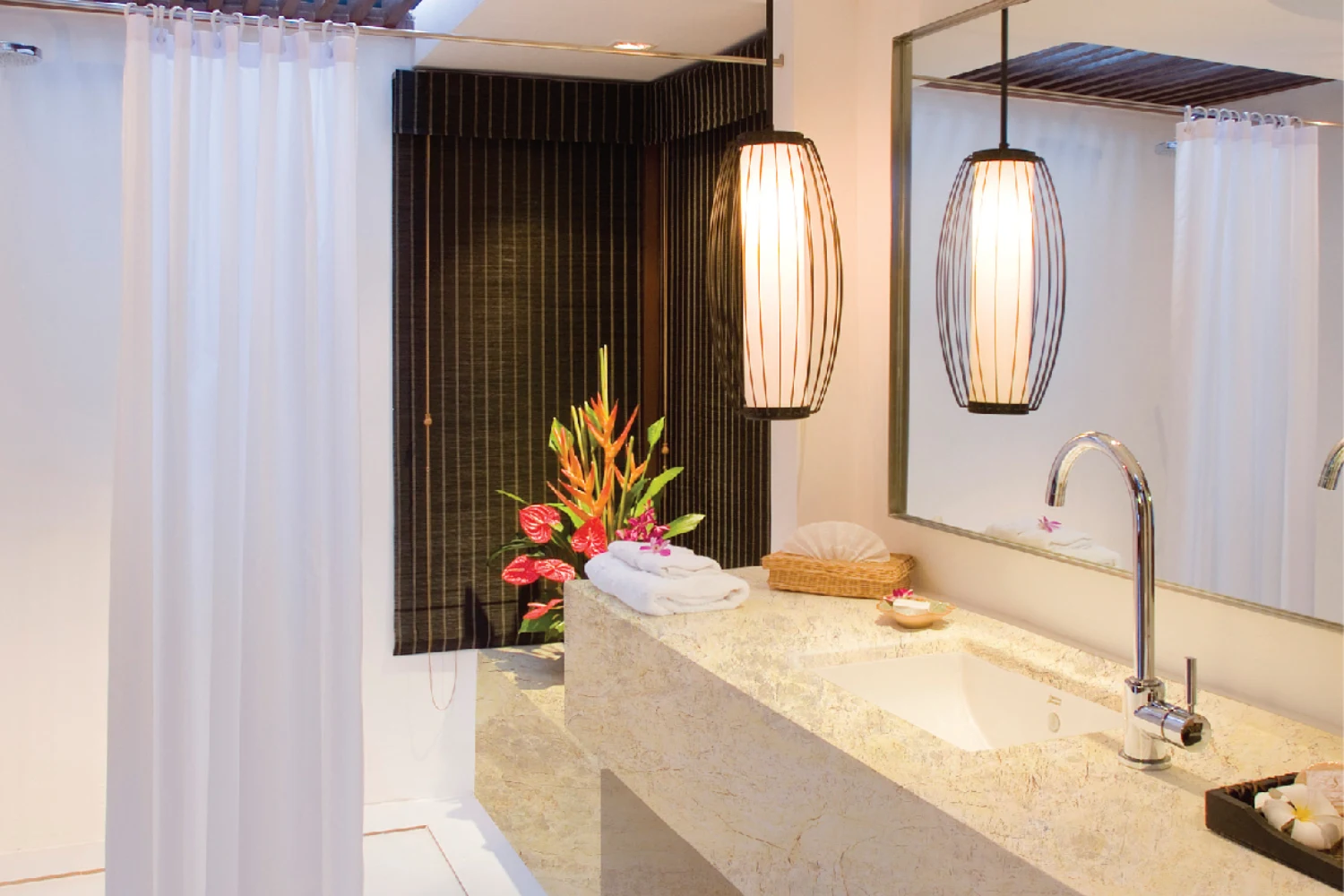
Marble in decoration: how to transform your space with sophistication
Whether on the floor, walls, or furniture, marble in decoration adds a touch of luxury that never goes out of style. Its noble origin and variety of patterns make marble an irresistible choice for architects and designers seeking to create sophisticated spaces. Today, you'll learn more about the characteristics of marble, how to match its colors and tones, and, of course, practical tips on how to use this natural stone in decoration! Characteristics of Marble in Decoration Marble is a metamorphic rock formed from limestone under high pressure and temperature. This formation gives the stone a resistant structure, ideal for decoration projects. Its physical characteristics, such as veining with a variety of colors, also make each piece unique. Marble is known for its durability, being resistant to wear and time, making it a sustainable choice for flooring, wall coverings, and furniture. Very famous in Italy, the stone has been used in some of the world's most renowned architectural and artistic works, such as Michelangelo's sculptures. What Does Marble Convey? Marble is more than just a construction material; it conveys history, art, and luxury. By incorporating marble into decoration, you bring a sense of grandeur and elegance to the space. In the works of great masters like Michelangelo and Bernini, marble was used not only for its beauty but also for its ability to transform light and create rich, detailed textures. Its use in sculptures and important constructions, especially in Italy, reinforces the idea that marble is a symbol of strength and timeless beauty. Which Colors Go Well with Marble? The possibilities for combining marble are endless. White or light marble, for example, pairs perfectly with neutral tones like gray, beige, and pastels. Dark marble is ideal for those seeking a dramatic and luxurious look. It can work well with metallic finishes like gold or silver, as well as bolder colors such as deep red or navy blue. How to Use Marble in Decoration? Marble can be used subtly or boldly in decoration, depending on how it's applied. Discover some of the most popular marble patterns available at Decolores and how to incorporate them into interior design! Statuario Marble This Italian marble is famous for its gray veins on a white background, adding elegance to any space. In a minimalist setting, Statuario marble serves as a focal point, while in darker spaces, it brings lightness and sophistication. Botticino Marble Originating from Italy, Botticino marble is known for its soft beige tone and subtle veining. It's ideal for creating cozy environments and can be used on floors, countertops, vanities, and furniture. Crema Marfil Marble This Spanish marble is one of the most popular choices for interior projects. The beige color and delicate veining of Crema Marfil add a more understated touch of sophistication. Van Gogh Marble This Brazilian marble is a geological work of art, with shades of yellow, white, and sky blue forming a unique and mesmerizing pattern. The Van Gogh marble is perfect for bold projects, working well as a feature wall, coffee table, or countertop. Sahara Black Marble For a dramatic and refined touch, Sahara Black is an exceptional choice. Its deep black color and white veins create a striking contrast, ideal for luxurious bathrooms, wall coverings, or flooring. Pair it with gold metals for an even more sophisticated look. Marble Decoration at Home By combining marble with other materials and styles, you can create spaces full of personality. Here are some creative ideas for using marble in interior design. Marble Tables in the Living Room A marble table can be the centerpiece of a living room. For example, a light marble coffee table, such as Calacata Antico, placed in the middle of an emerald green velvet sofa and leather armchairs. The contrast between the white marble and deep green creates a vibrant and elegant atmosphere. To add even more sophistication, choose metallic accents like gold or copper table bases, creating a perfect harmony between the stone and finishes. Marble Wall Panels Who said marble can only be used on floors or sinks? Try covering an entire wall with marble to create a striking feature. Sahara Black marble, with its dark background, for example, can be applied to a feature wall in the living room or hallway. This technique adds depth to the space. To soften the look, pair it with light wood furniture and neutral tones like gray and white, creating a perfect balance. Marble with Other Noble Materials One of marble's greatest advantages is its ability to pair with other materials like wood, metal, and glass. The warm texture of wood creates a perfect contrast with the cool sophistication of marble, bringing balance to the space. In bedrooms, you can combine a marble bedside table with a velvet-upholstered headboard, creating a contrast between the stone and soft fabric. Experiment with Marble in Your Decoration These creative ideas show that marble in decoration can be used innovatively in various elements, from furniture and mirrors to small decorative details. No matter your project's style, marble is a versatile and timeless choice that adds a touch of elegance. If you're planning your next project and looking for high-quality stone to bring your ideas to life, explore Decolores' marble catalog. We offer a range of options with expertise in the latest design trends. Let your projects benefit from marble in decoration!

Types of marble finish: which is best for your project?
Present in classical statues and iconic constructions, marble never goes out of style, continuing to be desired by architects, designers, and artists worldwide. Over the years, professionals have explored different marble finishes to further enhance its unique characteristics. The polished finish, with its classic shine, remains the most commonly used, but more natural and matte finish options have also been gaining popularity. If you're unsure which marble finish to choose for your project, this article will help you understand the options available at Decolores. Check it out below! What are the types of marble finishes? Choosing the type of marble finish goes beyond aesthetics; it also involves considerations of the sensations and textures the space will convey. Each finish provides a distinct result, and it's essential to understand the options to choose the one that best suits your architectural project. Below, we present the main marble finishes! Polished finish The polished finish is the most traditional and popular marble finish. This process results in a smooth and shiny surface with a mirror-like effect that reflects light beautifully. Ideal for creating sophisticated and luminous environments, such as kitchens and bathrooms, the polished finish adds an undeniable touch of elegance. Brushed finish The brushed finish uses brushes to create a light, natural texture that is perceptible to the touch. This finish highlights the beauty and natural tones of the stone, making the environment more cozy and rustic. Honed finish The honed finish is a technique used to create a smooth and matte texture on the marble surface. This finish provides a velvety touch without losing sophistication. Being semi-polished, the honed finish is a great option for those seeking something between the shine of polished marble and the rustic look of brushed marble. Types of marble edge finishes When it comes to edges, the marble finish also plays an important role in aesthetics and functionality. Well-finished edges ensure a more refined look and also help increase the material's durability. Here are some of the most commonly used edge finishes for marble: straight: the straight edge is simple and classic, ideal for minimalist and modern projects, providing a clean and straightforward finish; half bullnose: with a rounded shape, the half bullnose offers a softer and more elegant touch, ideal for spaces seeking a more fluid design; beveled: this angled finish creates a sloped edge, often used on countertops and tables, providing an elegant aesthetic and protection against chipping; full bullnose: the full bullnose edge has a rounded finish, commonly used on sinks and countertops, giving a smooth feel to the touch; half miter: this finish creates a diagonal edge, frequently used to give a seamless look and hide seams; dove edge: ideal for sinks and basins, the dove edge features a rounded finish, creating a sense of fluidity. What is the best marble finish for my project? The choice of the ideal marble finish depends on the specific application, the style of the space, the desired texture, and the necessary care. If you are looking for sophistication and shine, the polished finish is an excellent option, but it should be used with caution in slippery areas as it is smoother. For more rustic or contemporary projects, the honed or brushed finish may be more suitable, offering a textured look that is also non-slip. In addition, the choice of side finish is also important, especially on countertops and furniture, where the edge must be practical and at the same time aesthetic. Edges with finishes such as beveled and rounded beautify the environment and are great options for greater protection and durability. Decolores Marbles: elegance and variety in marble finishes Decolores is a reference in the natural stone market and offers dozens of patterns in different marble finishes to meet all projects. Among our most renowned patterns are Calacata Italiano, with a white background and gray and gold tones, available in polished, brushed and honed finishes. Just like Michelangelo, with its light color, soft gray veins and large yellow veins, or Crema Marfil, a classic and elegant option with soft beige tones. These marbles offer options that suit both those seeking a brighter and more sophisticated environment and those who prefer a more natural texture. To explore more patterns and find the perfect material for your project, visit the complete catalog of marbles from Decolores or contact us for a personalized quote!
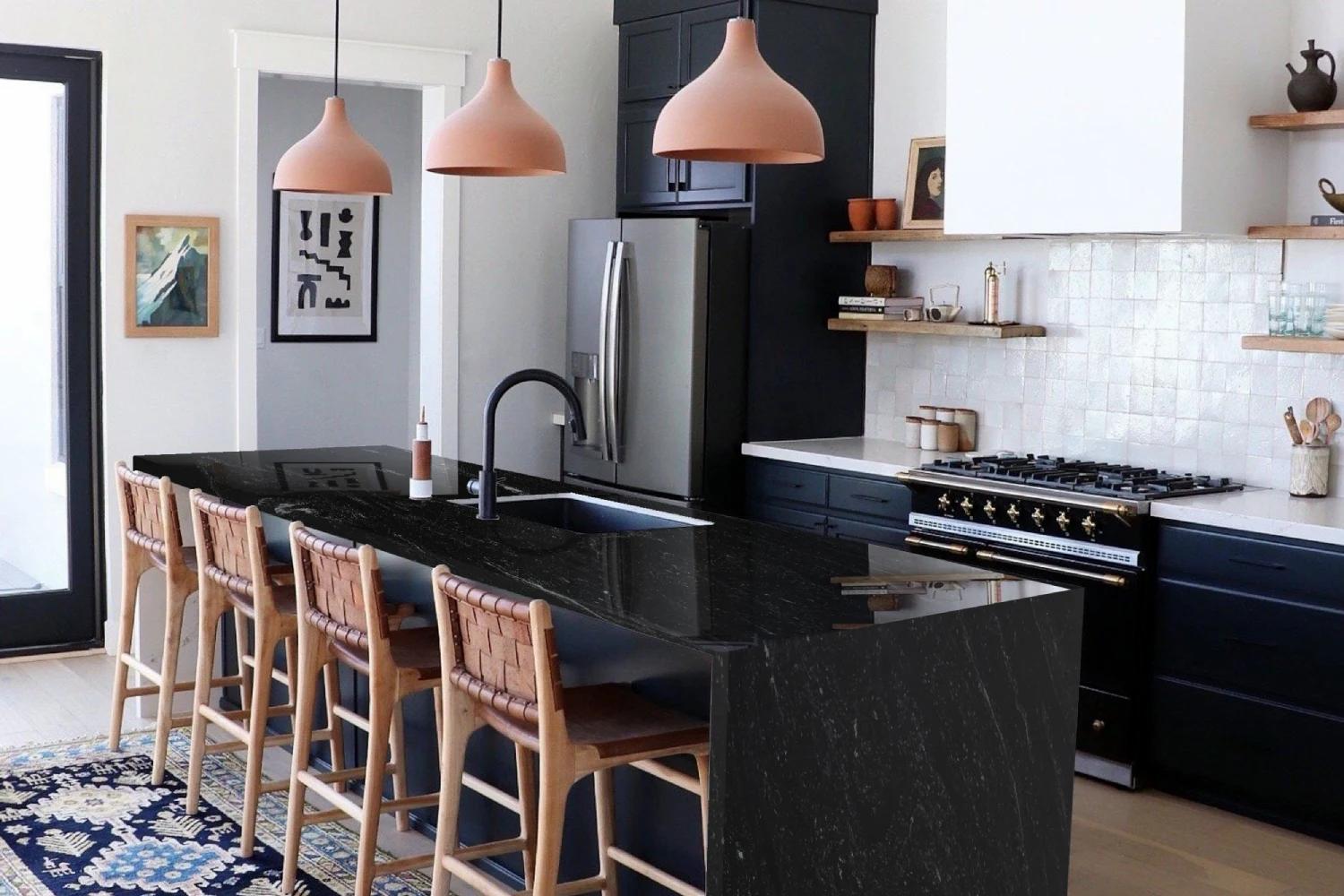
Granite maintenance: learn essential tips
Granite is a noble and highly durable material used in construction and decoration. Additionally, this natural rock is one of the most resistant to scratches, porosity, and high temperatures, making it an excellent choice for floors, countertops, and other coverings in both interior and exterior spaces. However, like any material, granite maintenance is necessary to ensure its beauty and functionality over time. In this article, learn about the best practices for granite maintenance and discover the main granite patterns to invest in your project today! How should granite maintenance be done? Granite maintenance involves daily and preventive care, as well as actions to prevent the material from suffering damage over time. Granite is naturally resistant to stains, scratches, and high temperatures, but that does not mean it is free from care. To preserve its beauty and functionality, granite maintenance should include regular cleaning, the use of suitable products, and the application of water repellents when necessary. However, it is important to emphasize that granite maintenance begins at the time of installation. Therefore, ensure that the material is installed by qualified professionals to avoid cracks that compromise the aesthetics of the stone. What should be applied to granite for preservation? Opt for neutral detergents when cleaning natural rocks such as granite. To further protect granite, it is advisable to apply a water repellent recommended by the manufacturer every two years. It helps create a protective layer that prevents liquid penetration and reduces porosity, ensuring greater resistance to stains. How to clean granite daily? Daily granite maintenance requires simple but effective care. Cleaning granite daily can be done with a soft cloth and warm water. Avoid using abrasive sponges or rough scrubbing pads. In general, you can use a neutral detergent diluted in warm water to clean surfaces such as countertops or floors. Avoid letting acidic liquids, such as vinegar or bleach, come into direct contact with the stone. For areas like floors and stairs, it is recommended to sweep away loose dirt before wiping with a damp cloth. Invest in high-quality granite patterns In addition to adopting proper cleaning and maintenance practices, another crucial factor for long-term granite maintenance is choosing high-quality material. The quality of granite directly impacts its ease of maintenance and durability. By choosing high-grade granite, you ensure the material remains beautiful over the years. The granite patterns from Decolores offer materials resistant to wear and stains. Decolores is recognized for its rigorous natural stone processing and stands out for its advanced technology application and effective quality control. Are you familiar with our diverse line of Decolores granite? Among the most popular patterns are Makalu granite, White Dune granite, and Silver Grey granite. These patterns offer a sophisticated aesthetic and are available in polished, brushed, and honed finishes. They can be applied to various types of environments, such as: indoor and outdoor floors; indoor and outdoor walls; kitchen countertops and tops; bathroom countertops and sinks; stairs and panels; and external fireplace cladding. Ensure a secure investment for your projects now that you know how to maintain granite. Simulate environments with our complete line of natural stones or talk to our sales team!
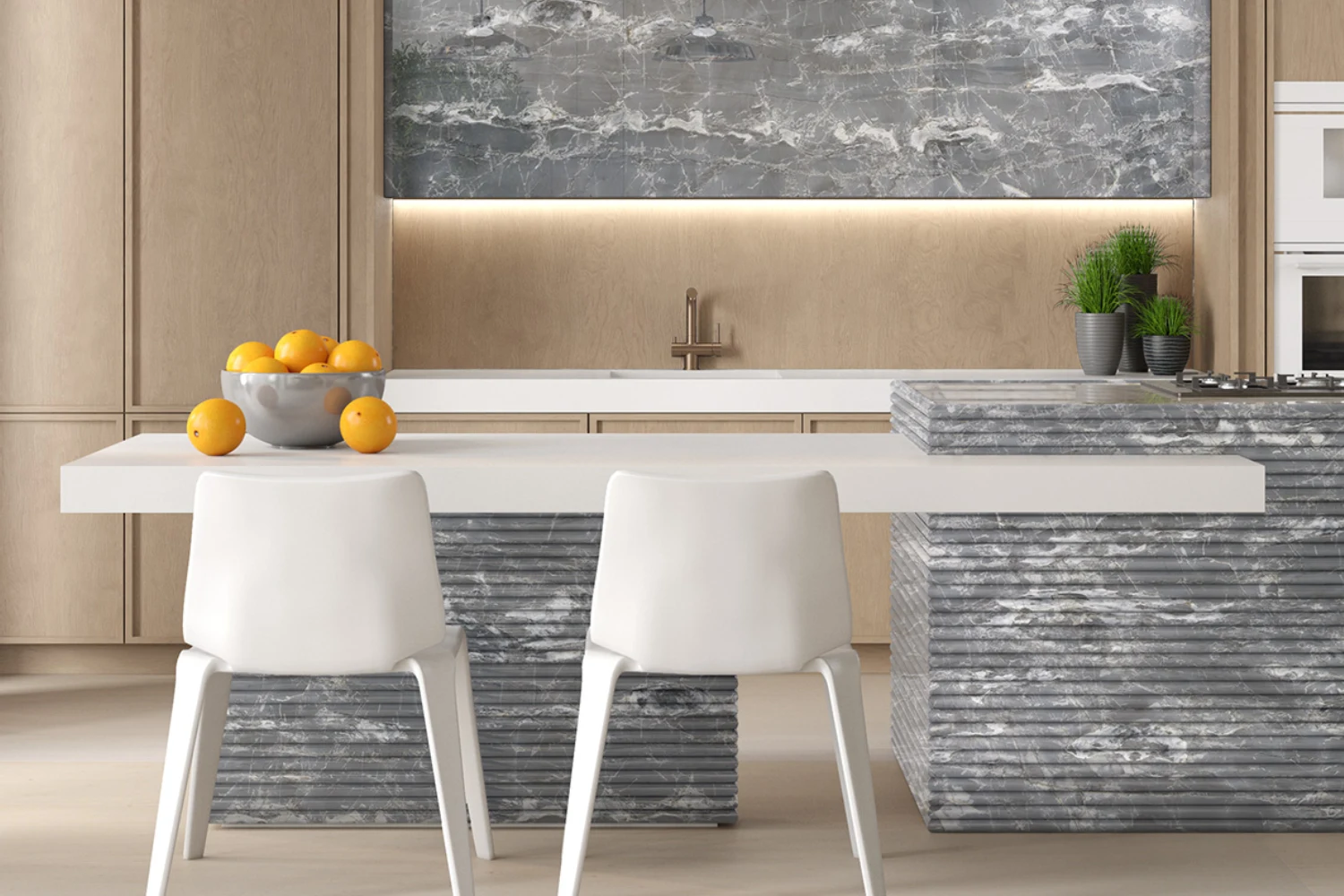
Why choose marble for your kitchen? Discover the benefits
Marble is a natural rock known for its sophistication. Formed from limestone rocks that, due to high pressures and temperatures, transform into a metamorphic rock, marble is characterized by its unique veins and nuances. For architects and interior designers, marble for kitchens is an excellent option, as it not only adds aesthetic value to the space but is also durable and easy to maintain. Decolores offers a line of marbles with patterns for different decoration styles, making it easier to choose the perfect material for your project. Follow the article below to learn how to choose! Why invest in marble for the kitchen? Investing in marble for the kitchen means investing in elegance and durability. This noble material, with its timeless appearance, combines beauty and resistance, making it a smart choice for high-end kitchen projects. The main advantage of marble is its ability to visually transform the environment, making it more sophisticated and welcoming. The longevity of the material is also a considerable benefit, as when well cared for, marble maintains its beauty and functionality for decades. Using this material in architecture can significantly increase the property's value in the long run. Where to use marble? Marble for the kitchen is an extremely versatile material and can be used in different ways in interior design projects. Learn more below! Marble kitchen countertop The marble kitchen countertop is a popular choice among architects and interior designers for its beauty and practicality. Besides being resistant, marble has a natural elegance that makes the countertop a focal point in the kitchen, enhancing the entire environment's design. Tabletop for kitchen dining Marble provides a smooth and pleasant finish to the touch, enhancing the experience of family meals. The unique veins and natural tones of marble also create an exclusive design that adapts to different decoration styles. Marble floors and walls Marble is also an excellent choice for floors and interior wall coverings, bringing a luxurious and modern look to the kitchen. Marble flooring is durable and easy to clean, making it great for kitchen environments. Additionally, it has the ability to reflect light, making the space brighter and more spacious. Marble walls, whether on the backsplash or as decorative details, can transform the space, adding a touch of refinement. What is the best marble for kitchens? Choosing the best marble for the kitchen depends on the style and atmosphere you want to create. However, Decolores offers some of the most beautiful and sophisticated marble patterns for kitchens. Among the best marble patterns are Rosso Levanto, Van Gogh, Sahara Black, Calacata Italiano, and more. Learn more about each one! Rosso Levanto: With dark red tones and dramatic white veins, it is perfect for those seeking a striking look that evokes the intensity of a volcano. Van Gogh: A marble that brings softness and balance, originating from the limestone of the seas of Bahia. Its layers mix shades of yellow, white, and blue, resembling a serene landscape. Sahara Black: A contemporary marble with a black background and subtle white veins, perfect for minimalist and refined spaces. Calacata Paonazzo: This marble has a grayish and ivory-white background, perfect for kitchens seeking a touch of rarity, as it is extracted in limited quantities in Italy. Calacata Italiano: A timelessly elegant marble with gray veins and golden details, bringing a sophisticated finish ideal for classic environments. Choose your marble pattern according to the kitchen style The choice of marble for the kitchen should always consider the style and atmosphere desired by the client. For modern kitchens, Rosso Levanto and Calacata Paonazzo are perfect for creating a bold and contemporary space. For more classic kitchens, Calacata Italiano and Van Gogh bring the sophistication of traditional designs, creating an elegant space. As you can see, marble for kitchens is a sublime material for countertops, tables, floors, or walls, offering versatility and sophistication to projects. To ensure the quality of your kitchen project, check out the full catalog of marbles from Decolores and choose the ideal pattern for your style!

Kitchen countertops: choose the right material for your project
When planning a kitchen project, one of the most important elements to consider is the kitchen countertop. The choice of countertop material influences both the durability and the style of the kitchen. Therefore, it is essential to choose the material that best suits daily use and the desired decoration concept of the client. In this article, learn how to choose the right material for your kitchen countertops, discover the types of natural stones, and get tips on how to combine these materials in various decoration styles. How to choose the right material for a countertop? When choosing the material for kitchen countertops, factors such as resistance, aesthetics, and maintenance should be taken into account. To help architects and interior designers make the most assertive decision, see below four practical tips that will assist you in this process. 1. Evaluate durability and resistance Kitchen countertops are widely used and are exposed to cuts, impacts, heat, and stains. Therefore, it is essential that the chosen material is resistant. Stronger materials, such as some natural stones, ensure greater longevity, resisting daily wear and tear. Prioritize materials that are not easily damaged by impacts or high temperatures. 2. Consider aesthetics and the style of the environment The countertop material should align with the desired style for the kitchen. If the goal is to create a modern and clean environment, materials with smooth finishes and neutral tones may be more appropriate. For a cozier and more welcoming kitchen, for example, textures and rustic finishes may be the ideal choice. It is essential that the countertop complements the rest of the room's decor, such as cabinets, floors, and other elements. 3. Choose materials that are easy to maintain and clean Each material has distinct maintenance requirements. Some may be easier to clean, while others require special care to avoid stains and wear. It is important to consider how much time the client is willing to dedicate to cleaning and maintaining the countertop in good condition. Choose materials that are practical and easy to clean, such as quartzite, for example. 4. Combine colors and textures The choice of colors and patterns for countertops can transform the environment. Lighter tones help create a sense of spaciousness, while darker colors add elegance. To match the existing color palette, observe how the chosen material relates to the other elements of the kitchen, such as walls and furniture. Additionally, consider the finish of the countertop; for example, a smoother material can provide a more modern and sophisticated look. What are the types of kitchen countertops? When choosing the material for a kitchen countertop, it is important to consider the characteristics of each type of natural stone. Check out the most popular types of kitchen countertops made with the materials offered by Decolores. Quartzite countertop Quartzite is a highly resistant metamorphic stone formed from sandstone. This material is very durable, does not stain easily, and has a sophisticated appearance. In the Decolores catalog, the classic Mont Blanc and the Mystic Blue and Naica — patterns from the new Poesia Collection — stand out. Mont Blanc — with a white tone and delicate light veins, Mont Blanc is an excellent option for minimalist kitchens. Its beauty and versatility allow for combinations with various decoration styles. Mystic Blue — with deep blue nuances, Mystic Blue evokes a sense of tranquility and sophistication. Ideal for projects seeking a contemporary and bold touch. Naica — with golden veins and light tones, Naica brings lightness to the environment. Its appearance and durability make it a standout choice for kitchens that combine practicality and tradition. Granite countertop Granite is one of the most used natural stones in kitchen countertops due to its resistance and low maintenance. Formed from the cooling of magma, granite is characterized by its durability and color variation. Among the best patterns are Makalu and Silver Grey. Makalu — with black tones and subtle veins, Makalu is a refined choice for minimalist and luxurious kitchens. Its resistance and ease of maintenance make it a practical option. Silver Grey — with dark gray nuances and white veins, Silver Grey is versatile for various environments. This granite pattern is excellent for those seeking a timeless kitchen. Dolomitic marble countertop Dolomitic marble is a variation of traditional marbles, generating pink and golden tones due to the presence of iron oxides. In the Decolores Poesia Collection, the patterns Aurora Gold and Telesto arrive, ideal for kitchen countertops. Aurora Gold — with golden veins and cream tones, Aurora Gold is a luxury option for those seeking a luxurious aesthetic reminiscent of gold. Telesto — with its soft gray and white veins, Telesto offers a balance between sophistication and robustness. Ideal for kitchen projects that require lasting beauty. How to decorate a kitchen countertop? Check out the main style trends Kitchen countertops are central pieces in the decoration of the environment. Some decoration styles are trending and can be perfectly combined with natural stones. Japandi style The fusion between Japanese minimalism and Scandinavian elegance has been gaining popularity. Quartzite countertops, such as Mont Blanc and Naica, are perfect for this clean style, which values simplicity, the use of natural materials, and light tones combined with earthy tones. Comfy style This style has been increasingly used, focusing on coziness and comfort. It pairs well with light natural stones combined with wood and straw objects, creating a welcoming environment without sacrificing sophistication. Exotic style For those seeking a bold aesthetic that mixes colors and textures, quartzite countertops, such as Fusion Fascination, are ideal for giving a unique and vibrant touch to the kitchen through its blue, green, and black tones. Industrial style Kitchens with an industrial style call for rustic materials combined with metals. Invest in neutral tones, which can be an excellent option to harmonize with other elements such as steel and concrete. To facilitate your choice, we invite you to access our real projects that bet on the natural stones of Decolores for kitchen countertops. By seeing how these stones stand out in different contexts, you can find inspiration for your own project. Additionally, take the opportunity to test the possibilities. Test different combinations of quartzites, granites, and marbles on your kitchen countertops using our room simulator!

Quartzite is what type of rock? Find out more about her
When we ask ourselves what type of rock quartzite is, the answer leads us to a metamorphic rock of extraordinary durability and aesthetics, formed through the transformation of ancient processes involving high pressure and temperature. However, to better understand the qualities and potential of quartzite in decoration, it is essential to know its composition, characteristics, where to use it, and the patterns available in the market. Learn more in the following article! What type of rock is quartzite? Quartzite is a highly resistant and beautiful metamorphic rock, formed by the recrystallization of sandstone, which, over millions of years, undergoes transformations under extreme conditions of pressure and temperature. The result of this process is a very resistant rock with a unique aesthetic, full of veins and textures that make it a standout choice in sophisticated interior design projects. Composition of quartzite Quartzite is a rock composed of more than 75% quartz, a mineral known for its hardness and versatility. Quartzite can range from crystalline and translucent forms to vibrant and exotic colors. Its formation began billions of years ago, with the erosion of older rocks that, when deposited in new locations, formed sandstone. When this sandstone is exposed to significant geological events, it undergoes a metamorphic process that transforms the rock, resulting in quartzite. This process reorganizes the quartz grains, making the rock more resistant, preserving its natural patterns, and creating unique pieces. In this way, a rock with low porosity and high resistance is formed, essential qualities for its application in various environments. Where to use quartzite? Quartzite has a hardness of 7 on the Mohs Scale, meaning it is much harder than rocks like marble and granite. This hardness, conferred by the quartz mineral, makes quartzite highly resistant to scratches, wear, and weather damage. Its resistance, combined with its aesthetic beauty and variety of tones, makes quartzite an excellent choice for various areas of interior design. Check it out! Kitchen and bathroom countertops Quartzite is an excellent option for surfaces such as kitchen and bathroom countertops due to its resistance to scratches and stains, as well as its ease of cleaning. Its durability is crucial in environments that are constantly exposed to heavy use. Floors and wall coverings Quartzite is also widely used in floors and wall coverings, both indoors and outdoors. Its striking aesthetic, with natural patterns and sophisticated colors, complements various decoration styles, from the most classic to the most contemporary. Facades and external coverings Quartzite is also perfect for facades, as it is resistant to weather conditions, maintaining its integrity and beauty over time. Its use in outdoor areas, such as balconies, gardens, and leisure areas, is also common, especially when combined with brushed and rustic (vintage) finishes. Discover the main quartzite patterns Quartzite comes in many patterns, with different colors and textures, and can meet the needs of your project, no matter the style. Decolores, a reference in the natural stone market, offers some of the most exclusive and sophisticated quartzite patterns. Check them out! Quartzite Mont Blanc This pattern is perfect for those seeking a clean and sophisticated look. With soft shades of white and gray, the Mont Blanc quartzite is ideal for countertops, living rooms, and wall coverings that require a touch of timeless elegance. Its classic and refined appearance brings brightness to any environment, creating an atmosphere of sophistication. Quartzite Da Vinci The Da Vinci is a jewel of nature, marked by its unique geological formation and the presence of relictual minerals that acquired exotic colors over time. It stands out for its fuchsite, which has green tones and gives the material a unique look. This quartzite combines elegance and history, carrying the heritage of millions of years, translated into a refined aesthetic, ideal for projects such as gourmet kitchens and living rooms. Quartzite Carmen Black Its dark tone, wrapped in deep nuances, conveys an aura of sophistication and exclusivity. Ideal for both indoor and outdoor coverings, the Carmen Black transforms any space, bringing a sense of luxury. Quartzite Bronzite The Bronzite is a quartzite rich in bronze and red tones, creating a sophisticated and cozy environment. This pattern is perfect for covering large surfaces, such as floors and walls in outdoor areas, and is also an excellent choice for kitchen countertops, adding a touch of class. After learning what type of rock quartzite is, take the opportunity to explore the complete catalog of quartzites from Decolores and discover how to transform your design projects!
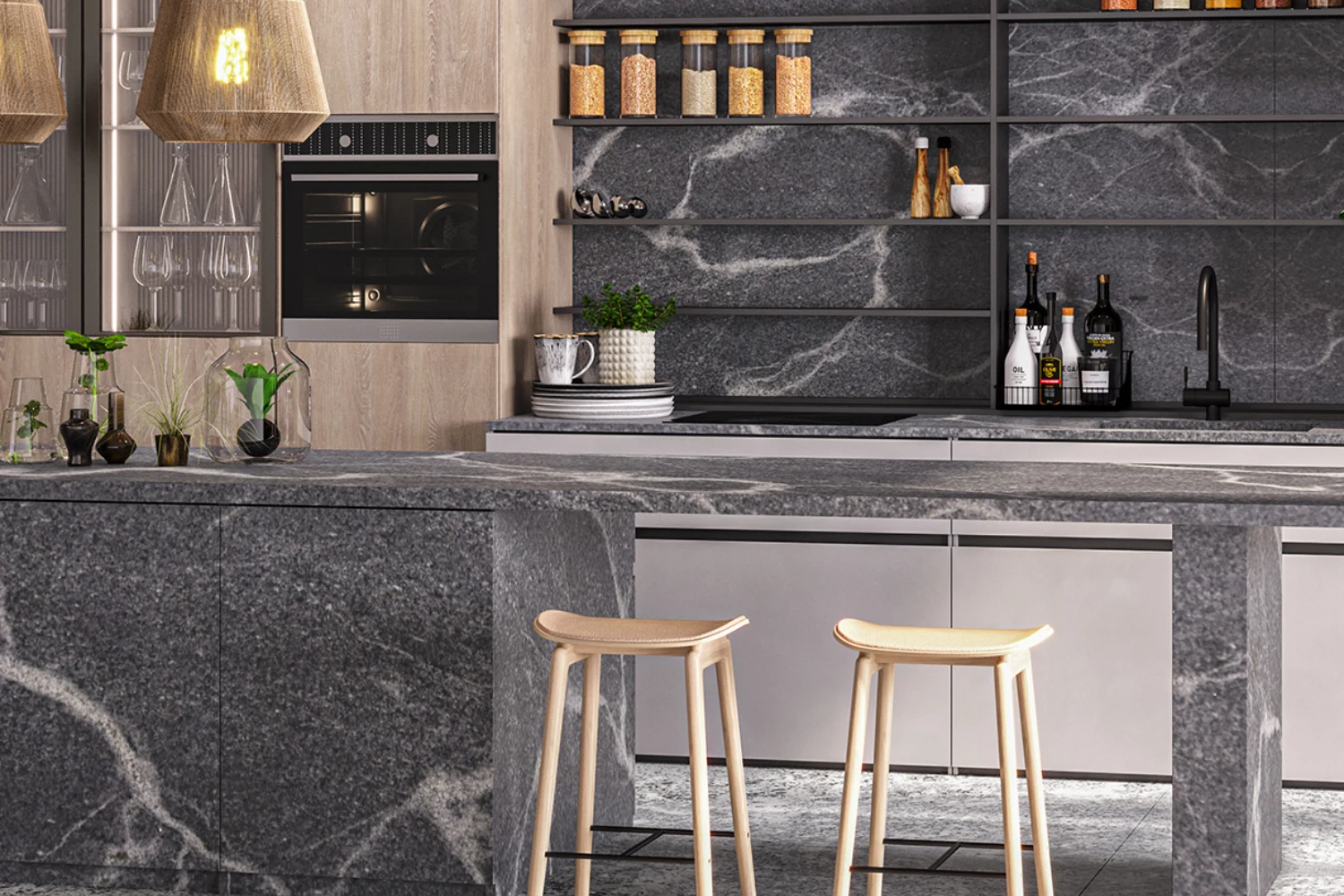
The difference between polished and brushed granite: find out the advantages of each
When it comes to choosing the perfect finish for architecture and decoration projects, many people face the dilemma between polished granite or brushed granite. Both are sophisticated and highly durable options, but each has characteristics that can influence the aesthetic and functional outcome of a space. In this article, discover the differences between these two finishes and their advantages, to help you decide which is the most suitable for your decoration project! What is the difference between brushed and polished granite? The main difference between polished granite and brushed granite lies in the type of finish and the shine of the stone. Polished granite is characterized by a smooth and highly glossy finish. This finish is achieved through an intensive polishing process, resulting in a mirror-like shine that can reflect light impressively. This effect gives the space an air of sophistication and elegance. On the other hand, brushed granite undergoes a gentler abrasion process, using steel brushes that create a more velvety and textured surface. This finish, although less shiny than polished, has a subtle touch and a more natural appearance, which can be ideal for those seeking a more discreet yet still sophisticated style for indoor areas. Brushed or polished granite: which finish should I choose to elevate my projects? The choice between polished granite and brushed granite depends on several factors, such as the style of the space, functionality, and the level of maintenance the material requires. Polished granite is highly recommended for those who want a shiny and luxurious look with a more refined finish. The polished finish is perfect for environments like kitchens and bathrooms, where the shiny surface adds a sense of lightness and cleanliness. Additionally, the smooth surface makes cleaning much easier. On the other hand, brushed granite is ideal for spaces that seek a more natural look with a touch of discreet sophistication. This finish can be used in outdoor areas that require a more anti-slip finish than polished granite, such as floors and countertops in outdoor leisure areas. Advantages of polished granite Polished granite is synonymous with shine and elegance. One of the main advantages of this finish is its striking visual effect. The shiny surface reflects light, which can make the space appear larger and more illuminated. This finish is also highly resistant to liquid absorption, making it an excellent choice for kitchens and bathrooms, where contact with water and liquid substances is common. Its timeless beauty makes it suitable for a variety of decoration styles, from the most classic to the most modern. Advantages of brushed granite Brushed granite has its own advantages in terms of functionality and aesthetics. The smooth texture of the brushed finish provides a more anti-slip surface, making it a superior option for floors and outdoor areas, such as balconies and gardens. This finish is ideal for spaces that require a touch of resistance without sacrificing elegance, of course. Finally, when deciding between polished granite or brushed granite, it is important to rely on suppliers that offer quality and excellence in service. Decolores has over 20 years of experience in the natural stone market and stands out for its variety of high-quality granites and versatility of finishes, ranging from polished to brushed or honed. Among the patterns available in Decolores' catalog, White Dune Granite and Silver Grey Granite stand out for their sophistication and elegance. The White Dune Granite features a soft white tone with light gray veins, ideal for those seeking a clean and luminous finish, perfect for refined indoor spaces like kitchens and living rooms. The Silver Grey Granite is characterized by its neutral tones in a gray with silver nuances and prominent veins. Ideal for spaces with a touch of modernity in contemporary projects. Both patterns offer resistance and versatility, being perfect for both polished and brushed finishes, depending on your aesthetic choice and goals. Explore our complete catalog and transform your projects with the best in granite!
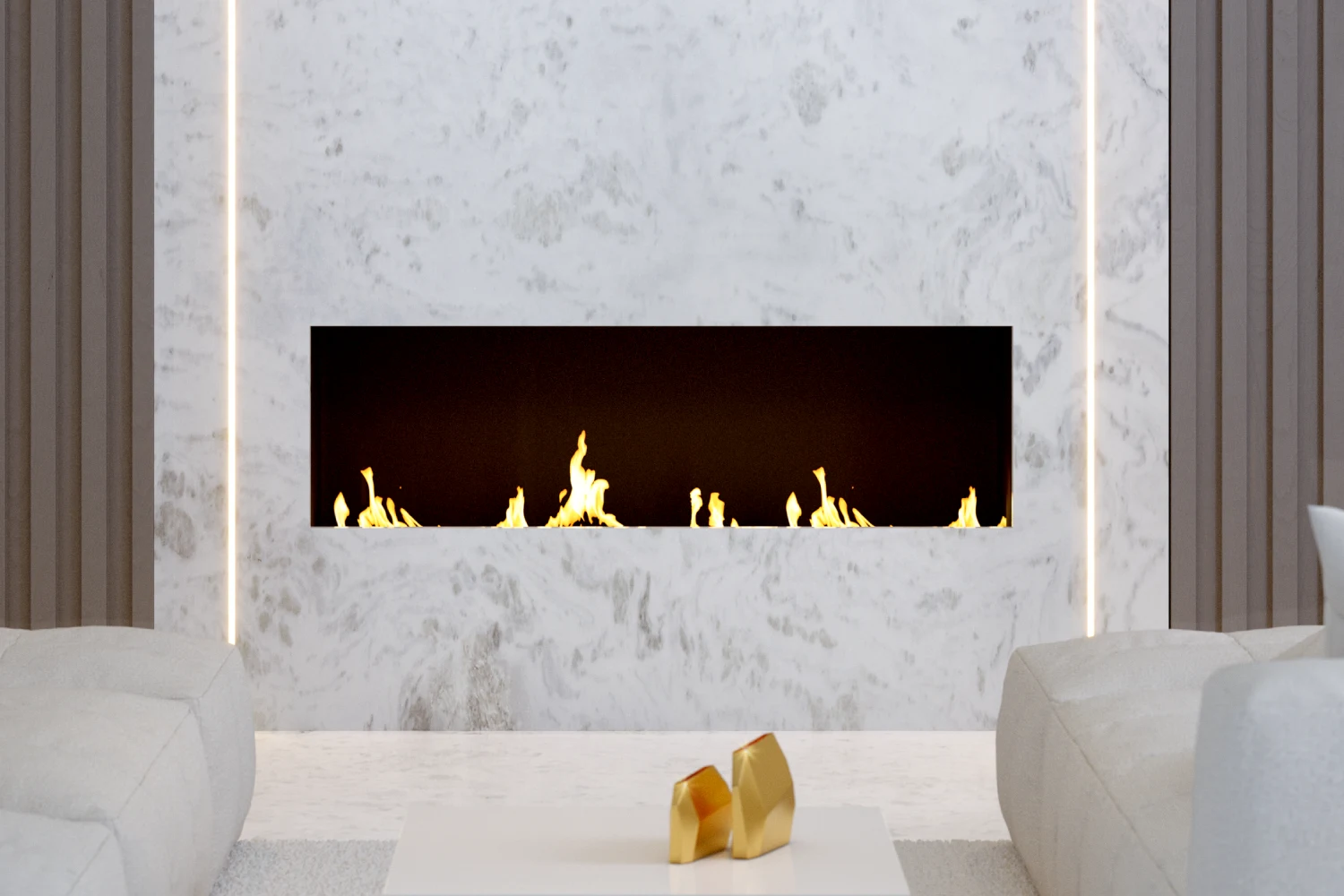
White marbles: patterns, origins and applications
White marble is synonymous with sophistication and timelessness; both in architecture and interior design. Its different shades, striking veins and unique texture make this stone a versatile choice for coverings, floors, countertops and decorative pieces of great taste. In this article, we will explain the most well-known types, their origins, applications and how to preserve their beauty over time. Advance to the next topics! White marble patterns In general, white marbles are widely appreciated for their purity and elegance. Below, learn about some patterns! Carrara Marble Originating from the Carrara region of Italy, it is the most famous among white marbles. It has a light background with fine and delicate grayish veins. Ideal for floors, walls and countertops. For this reason, Carrara marble is widely used in projects that seek a classic aesthetic, but it is also adapted to contemporary spaces due to its versatility. Furthermore, it is one of the most affordable options among Italian marbles, which makes it popular in many projects. Calacatta Marble Also Italian, Calacatta marble is known for its thicker, more dramatic veins, in shades ranging from gray to gold. It is often used in high-end projects, due to its rarity and visual impact. Unlike Carrara, Calacatta has less uniformity in patterns, making each piece unique. This characteristic is highly valued in custom designs, such as tables, countertops and exclusive coverings in bathrooms and kitchens. Statoario Marble Statoario marble, also extracted from Italy, stands out for its superior whiteness and well-defined veins. Widely used in sculptures and luxury projects, it is a noble option for prominent areas. In addition to its sophisticated appearance, Statuario is recognized for its durability. It is especially sought after for projects in which the combination of beauty and resistance is essential, such as floors and high-traffic areas. Main regions producing white marble The geological characteristics of each region influence the tone, veins and hardness of the stone, offering options that meet different styles and needs. The main marble-producing regions include: Italy: recognized worldwide for producing Carrara, Calacatta and Statuario marbles; Turkey: with vast reserves, it is responsible for high-quality white marbles that are competitive on the international market; Greece: home to the famous Paros marble — known since ancient times. Applications of white marble Whether in residential or commercial projects, white marble adapts to both classic and contemporary styles, ensuring an aesthetic that is always refined and timeless. See some of its applications. Interior coverings Perfect for walls, floors and countertops, white marble brings spaciousness and sophistication to environments. It reflects light efficiently, creating visually larger and brighter spaces. In addition, its durability and elegance make it ideal for areas that require functionality and aesthetics, such as living rooms and reception areas. Decorative pieces Used in tables, sculptures and decorative objects, white marble is a material that adds refinement to any space. Each decorative piece made of marble is unique, thanks to its natural veins and textures, adding exclusivity to environments such as dining rooms, offices or entrance halls. Bathrooms and Kitchens White marble offers a clean, luxurious look, especially in countertops, sinks and wall coverings. Its resistance to moisture makes it ideal for bathrooms, while its sophisticated appearance adds charm and modernity to kitchens. It is a practical and timeless choice for those who want to combine beauty and functionality. In short, white marble is a choice that combines elegance, functionality and durability. To explore the best options and count on high-quality materials, contact Decolores. Discover how to transform your spaces with sophistication!
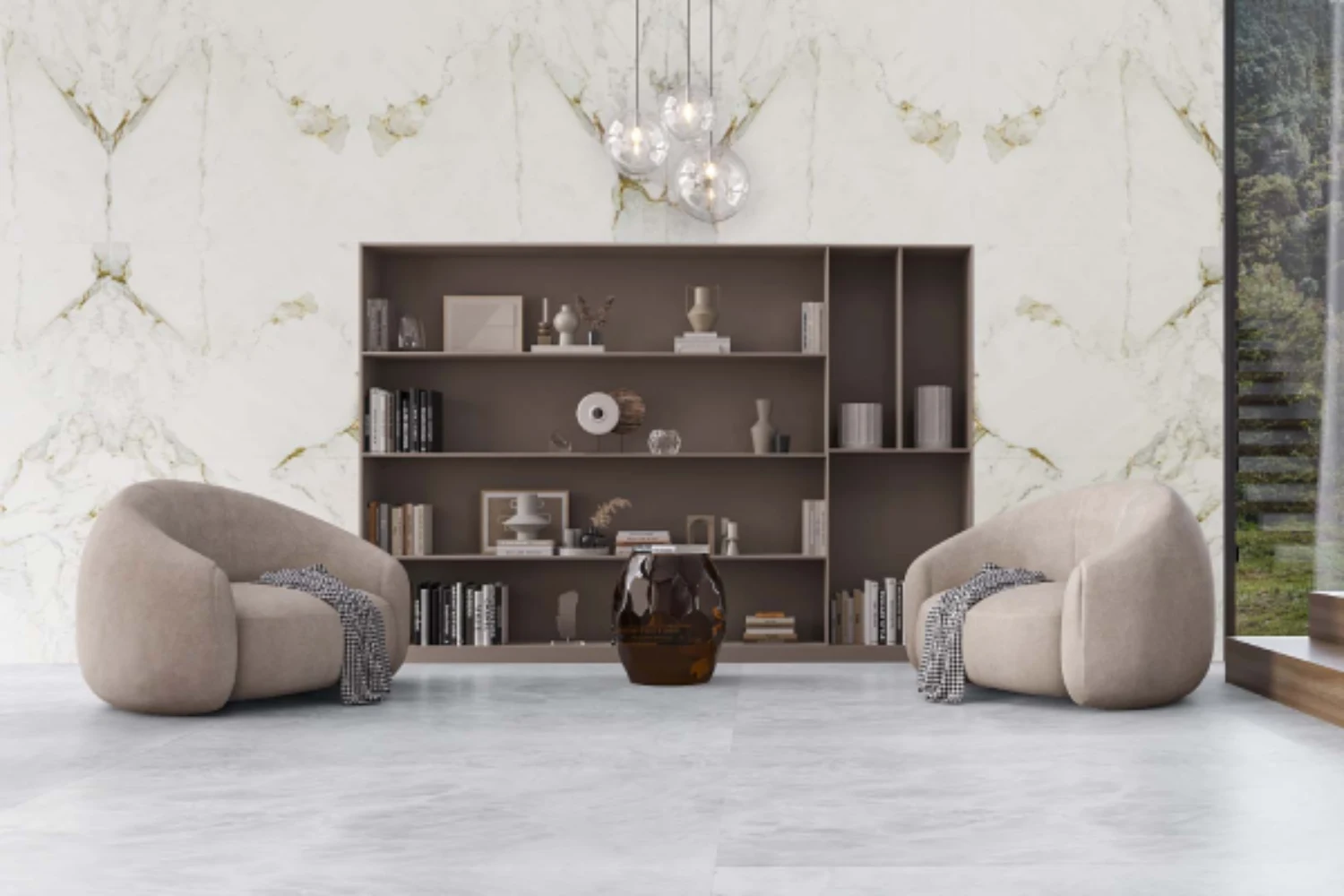
Dolomite marble: everything you need to know
Dolomitic marble is a rock that combines natural elegance and high durability, making it a sophisticated choice for architectural and interior design projects. Today, you will understand everything about dolomitic marble, its applications, and the exclusive patterns that Decolores offers to transform your spaces. Check it out! What is dolomitic marble? Dolomitic marble is a natural rock composed mainly of dolomite, a mineral that gives the stone greater resistance. Dolomitic marble was formed millions of years ago in tropical seas that gave rise to carbonate sedimentary rocks, which, under intense pressure and high temperatures, transformed into marble through metamorphism. Its geological formation resulted in a fine-grained stone with elegant veins and a color palette that varies from pinkish and golden tones to grayish or almost black variations. What is dolomitic marble used for? Discover its various applications The versatility and durability of dolomitic marble are among its greatest highlights. Whether in indoor or outdoor environments, it can be used to create spaces that combine luxury and practicality. See examples of where this marble stands out! Floor and wall coverings Dolomitic marble is an excellent choice for covering floors and interior walls, especially in areas that demand timeless elegance, such as living rooms. Its natural resistance ensures durability and classic beauty. Countertops and table tops In kitchens and bathrooms, dolomitic marble offers a robust and visually stunning surface. Its ability to withstand high temperatures makes it a functional choice. Panels and custom furniture Beyond large surfaces, dolomitic marble can also be explored in decorative pieces such as panels or custom furniture. Its refined finish and veins create focal points in any space. Main dolomitic marble patterns from Decolores At Decolores, you will find the most sophisticated dolomitic marble patterns, all selected to meet the most demanding architectural projects. Whether for cladding, countertops, or vanities, this natural stone is the perfect choice to elevate the design of any space. Discover three highlights from Decolores' catalog! Michelangelo About a billion years ago, the extinct Capiru Sea in Paraná housed coral reefs and algae, whose calcium carbonates over time formed limestone rocks. With the collision of tectonic plates, these limestones transformed into the sophisticated Michelangelo marble. Known for its lightness and elegance, this marble is highly valued in ornamental pieces, symbolizing beauty and resistance. With its high durability and versatile finishes, Michelangelo marble is ideal for high-end projects. Matarazzo With a striking aesthetic, Matarazzo dolomitic marble combines light tones with well-defined gray veins, creating a timeless and impressive visual. This pattern is a perfect choice for projects that require visual impact, such as fireplaces, kitchen islands, and accent walls. Aurora Gold For those looking for marble with warm and vibrant tones, Aurora Gold is an excellent choice. Its golden veins and soft cream tones add a luxurious touch to any space. Choosing dolomitic marble for your project means opting for a material that combines natural beauty, high resistance, and versatility. Explore Decolores' exclusive patterns and create more sophisticated projects!
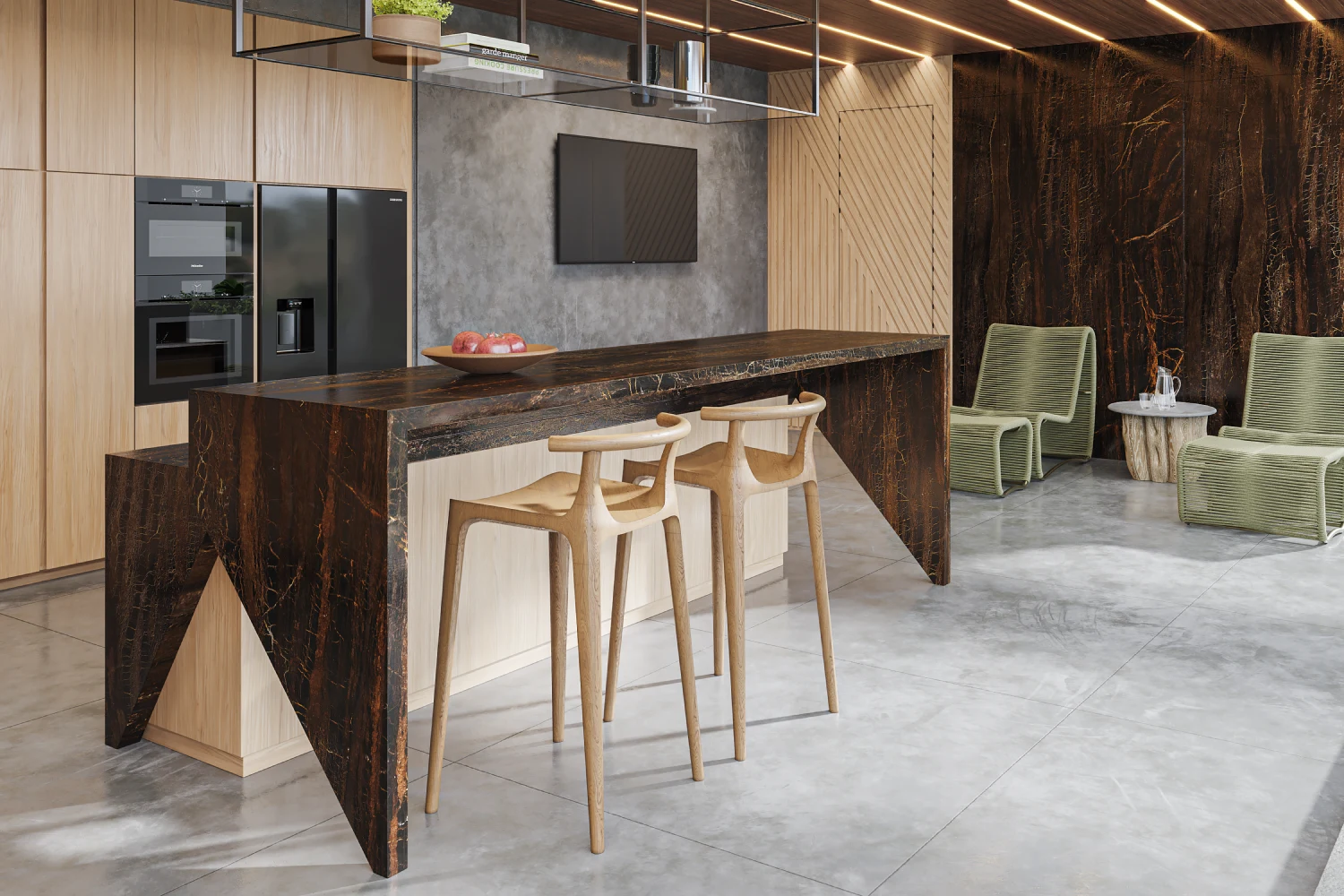
Bronzite quartzite x Mocha Mousse color: trends for 2025
In 2025, Bronzite quartzite and the Mocha Mousse color emerge as protagonists in architecture and design projects, standing out for their sophisticated aesthetics and warm tones that evoke luxury and modernity. Bronzite offers a unique combination of metallic veins and high durability, making it an ideal choice for various environments. In this article, discover how these trends can transform your projects in the coming year. Quartzite Trends in Interior Decoration for 2025 Among the decoration trends for 2025, two patterns stand out: Bronzite quartzite and the Mocha Mousse color. Both are excellent choices for creating sophisticated and immersive atmospheres. For architects who always seek to stay ahead in material choices, understanding these nuances is essential to design spaces that tell stories through their refined aesthetics. In particular, quartzite, with its unique texture and striking colors, has been gaining space in residential and commercial projects. With a palette of tones ranging from classic to contemporary, quartzite offers versatility and timeless style for the most demanding projects. Below, explore the main trends for 2025! Mocha Mousse Color The Mocha Mousse color, chosen by the Pantone Color Institute as the Color of the Year for 2025, reflects a global search for comfort and sophistication. This warm and rich brown tone, inspired by cocoa, chocolate, and coffee, conveys a sense of coziness and tranquility, aligning with the collective desire for spaces that promote well-being. In luxury decoration, Mocha Mousse has stood out for finishes in noble materials such as dark wood, marble, and satin metals, creating sophisticated and intimate environments. Its use on walls, furniture, and accessories, combined with luxurious textures like velvet and leather, results in spaces that evoke discreet elegance and comfort. Bronzite Quartzite The Bronzite quartzite, however, manages to stand out even more. Its deep and pronounced tone, transitioning between bronze and copper, offers a texture reminiscent of the perfection of gemstones. In summary, Bronzite was formed approximately 2.8 billion years ago, resulting from geological reactions involving iron and silica, which created its characteristic layers. Its iron-rich composition, which gives it its reddish color, ensures high hardness, making it a durable and impressive material, primarily found in Bahia. Thus, the beauty of Bronzite quartzite, with its golden veins and metallic nuances, generates a sophisticated impact, perfect for those seeking a striking and contemporary aesthetic. Its intense and vibrant color, when combined with lighter materials, creates a harmonious contrast, ideal for balancing modernity and elegance. Where to Use Bronzite Quartzite in Decoration Projects? Bronzite quartzite is perfect for areas where elegance and resistance are fundamental requirements. In kitchen projects, it is ideal for countertops and table tops, where the unique beauty of its veins can be admired. In bathrooms, quartzite creates a luxury spa atmosphere, transforming intimate spaces into sophisticated places. Indoor floors and living room walls are also privileged environments for the use of this material, conferring grandeur as soon as visitors arrive. Its durability is such that this quartzite can also be used for external cladding of fireplaces. What Are the Advantages of Quartzite? Quartzite is a natural rock with practical and aesthetic advantages for your architecture projects. Durability and impermeability are its main qualities. It is resistant to wear, heat, and moisture, making it an excellent choice even for some outdoor environments, such as facades. From an aesthetic point of view, quartzite has a unique visual depth with its veins. Its natural shine and texture provide a touch of luxury, while its versatility allows it to be combined with different interior styles, from classic to contemporary architecture. Find Bronzite Quartzite at Decolores At Decolores, a reference in natural stones for over 20 years, you will find high-quality quartzites, such as Bronzite, perfect for sophisticated projects. With advanced processing methods, including diamond looms, automatic resins, and high-precision polishers, each piece at Decolores receives an impeccable finish. Bronzite quartzite, a highlight in our portfolio, impresses with its warm tones and metallic nuances, available in polished, brushed, and flamed finishes, to meet the needs of each project. Transform your ideas into elegant realities with Bronzite quartzite!
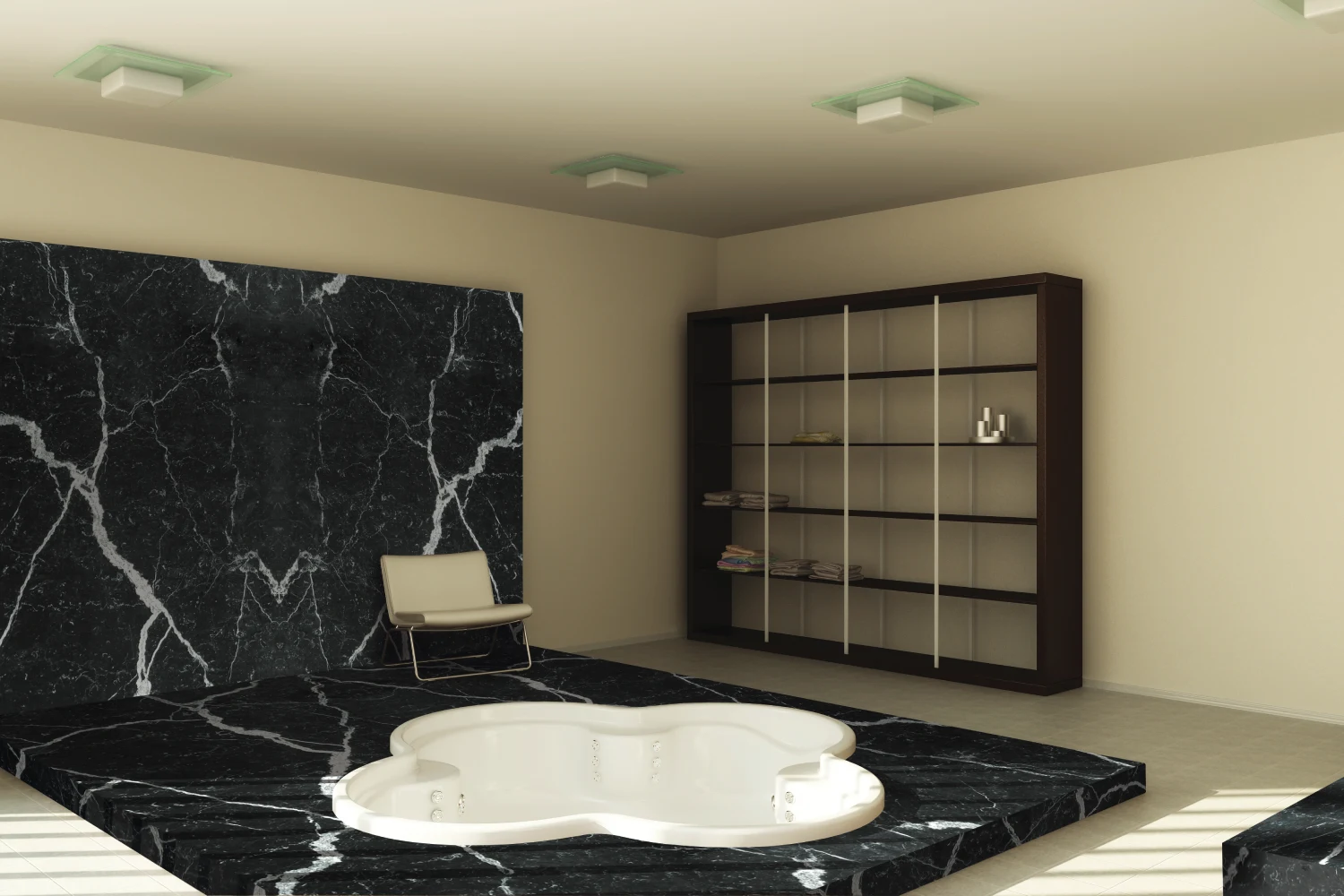
Marble or granite: discover the difference between them
When it comes to high-quality cladding for architectural projects, the choice between marble or granite is quite common. These two natural materials carry beauty, durability and a unique geological history, but they have characteristics that must be considered. In this post, understand what differentiates these rocks, how they can create modern and sophisticated projects and understand when to choose between granite and marble. What is granite? Granite is an igneous rock that was formed through the cooling of magma inside the Earth. This process creates a composition rich in minerals such as quartz, feldspar and mica, which give granite its durability and grainy characteristics. Recognized for its resistance to scratches, heat and impacts, granite is widely used in high-traffic areas and places that require durable surfaces. Its versatility makes it ideal for countertops, floors and even external wall coverings, being a classic and functional choice for any project. At Decolores, you will find shades of granite for those looking for a timeless aesthetic, with colors such as absolute black, white and shades of gray, such as the patterns: Granito Makalu; Granito White Dune; Silver Grey. What is marble? Marble is a metamorphic rock formed from the transformation of limestone subjected to high temperatures and pressures. This process creates smooth surfaces and unique veins that give marble its elegant and luxurious appearance. Although it is less resistant than granite to scratches and stains, marble stands out for its sophisticated aesthetics. Its soft tones and graceful patterns make it perfect for areas such as bathrooms, bedrooms and living rooms. At Decolores you will find an impressive collection of marbles that range from timeless classics to exclusive pieces with striking veins. For example, marble Carrara and Calacatta are popular choices, with light backgrounds and soft veins that exude refinement in all their applications. Marble options such as Rosso Levanto, with an intense red background, or Pietra Toscana, with Italian tones that evoke the sophistication of Tuscany, provide a unique impact. What is the difference between marble and granite? Although both are natural rocks, marble and granite have fundamental differences. See which are the main ones: Composition — granite is an igneous rock composed of crystallized minerals, while marble is a metamorphic rock derived from limestone. Resistance and porosity — granite is more resistant to scratches, stains and heat, as it is harder and absorbs less liquids, so it is ideal for areas of intense use. Marble can be more porous, meaning it can absorb more liquids, and requires more care, but nothing that prevents its use in different types of environments, as long as some care is taken for preservation. Appearance— marble offers fluid veins and a sophisticated aesthetic, while granite has a more grainy and rustic texture. Marble or granite: which one to choose in architectural projects? The choice between marble or granite depends on the style, functionality and environment in question. For areas of heavy use, granite is undoubtedly the most practical choice, ideal for kitchen countertops, outdoor flooring and barbecue grills. But to create more sophistication, marble stands out in toilet bathrooms, decorative panels in bedrooms and living rooms or for coffee tables, where its elegance can shine without excessive wear. However, the ideal is a harmonious combination, because in sophisticated projects, it is possible to use both. For example, try granite for countertops and marble for decorative details, creating a perfect visual balance. Decolores, a reference in natural stones for over 20 years, offers an impressive selection of marbles and granites to transform any project into an expression of elegance and durability. Whether it's marble or granite, we have a variety of options that combine beauty and functionality, so that your next project has a level of sophistication that only natural rocks can offer. Access our catalog and discover new patterns!
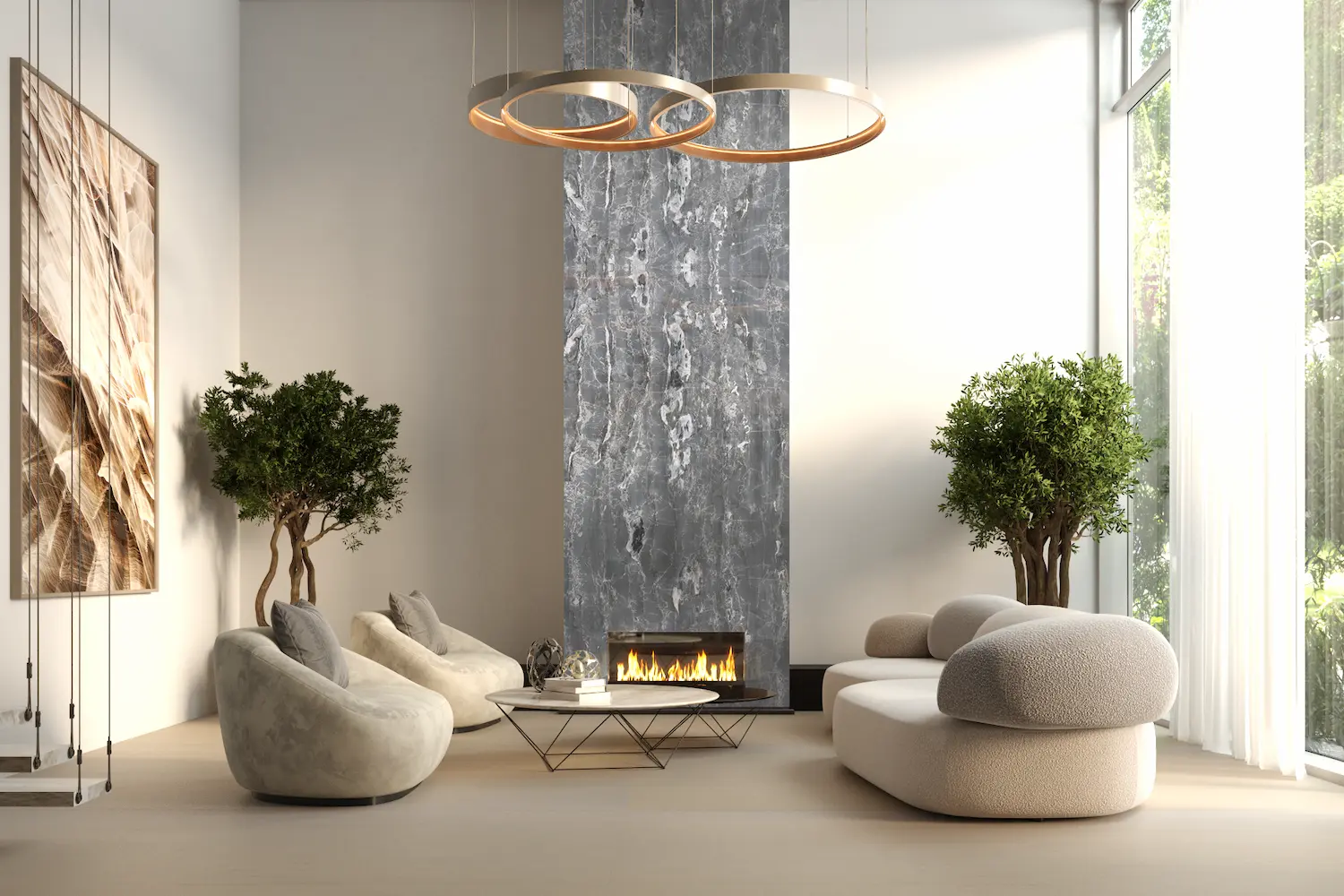
Marble for external fireplace facades and internal walls: discover the best options
Marble is synonymous with elegance and durability, qualities that make it an unparalleled choice for high-end projects. When applied to exterior facades, this noble material elevates the appearance of any building and ensures resistance and longevity. If you are looking for the best options for marble for exterior facades of fireplaces or interior walls, discover today the standards of Decolores to bring more refinement to your architectural projects! Benefits of Marble for Environments Before discussing the best options for marble for exterior facades of fireplaces or interior spaces, it is important to understand what marble and dolomitic marble are, as these materials are fundamental in the context of contemporary architecture. Marble is a metamorphic rock formed from the recrystallization of limestone under high temperatures and pressures. It is primarily composed of calcium carbonate and can be found in a variety of tones and textures, making it highly versatile. Dolomitic marble, on the other hand, is a variation of common marble, characterized by the presence of dolomite, a mineral that gives the material greater strength and durability. Now that you know a bit about these materials, check out the main benefits of using marble for your projects! Refined Aesthetics Marble is synonymous with elegance. Its smooth texture, subtle shine, and natural veining offer a sophisticated and timeless appearance. The use of marble brings a luxurious aesthetic to any building or space. Easy Maintenance Although marble requires proper care, its maintenance is simple. With periodic cleaning and protection against stains, marble for exterior facades retains its beauty over the years with minimal effort. Design Versatility Available in a wide range of colors and patterns, marble can be adapted to different design styles, from classic and traditional to modern and contemporary. Its flexibility allows it to be used in large facades as well as decorative details in interior design. Where to Use Marble? When applied as a cladding, marble provides an imposing aesthetic, ideal for projects that aim to convey a sense of grandeur and refinement. Learn more below! Marble Facades Exterior facades clad in marble are a symbol of elegance and sophistication, whether with a smooth and shiny surface or a matte and satin finish. This natural stone creates a striking contrast with other materials, such as glass and steel, becoming the focal point of the architectural composition. Its durability makes it a long-lasting choice, capable of maintaining its beauty over the years. Interior Walls, Balconies, and Leisure Areas For interior walls, balconies, or leisure areas, marble is an option that combines elegance and functionality. Walls clad with this material create a sophisticated and welcoming environment, capable of transforming a simple outdoor space into a luxurious retreat. In addition to its undeniable beauty, marble provides a sense of freshness and tranquility. Discover 4 Marble Options for Your Project! Marble, with its timeless elegance and unmistakable sophistication, is the perfect choice for cladding interior walls or exterior facades of high-end fireplaces. To help you choose the perfect marble, check out these 4 patterns from the Decolores catalog! 1. Rosso Levanto The Rosso Levanto marble, of Italian origin, displays an intense reddish tone adorned with white veins that evoke sophistication and energy. Its striking presence harmonizes with various styles, adding refinement to spaces such as living rooms, powder rooms, and bathrooms. Combining solidity and elegance, it transforms spaces, giving them a touch of distinction and vibrancy. 2. Van Gogh The Brazilian marble Van Gogh, with 900 million years of history, is a true geological masterpiece. Originating from the limestone of Bahia's ancient seas, it reveals a marine history that has transformed into an eternal painting of enchantment. Its shades of yellow, white, and blue evoke serenity, flowing majestically through the layers of this marble. 3. Telesto The dolomitic marble Telesto, with its gray tones and white veins, exudes sophistication and luxury. Its versatility pairs perfectly with wood or metal, creating a modern and refined look. Ideal for various claddings, such as walls and countertops, it adapts elegantly to many decoration styles. 4. Matarazzo The Matarazzo marble, originating from the limestone of the extinct Capiru Sea in southern Brazil, is a dolomitic marble with one billion years of history. Its light colors and gray nuances reflect the geological transformation of ancient life forms, imbuing each piece with a unique and ancestral story. If you want to explore even more options for marble for exterior facades of fireplaces, discover the complete and exclusive line of marbles from Decolores. Our portfolio includes not only these noble marbles but also a refined selection of dolomitic marbles, known for their superior durability and sophistication. Explore our catalog and discover why Decolores is a reference in the marble market!
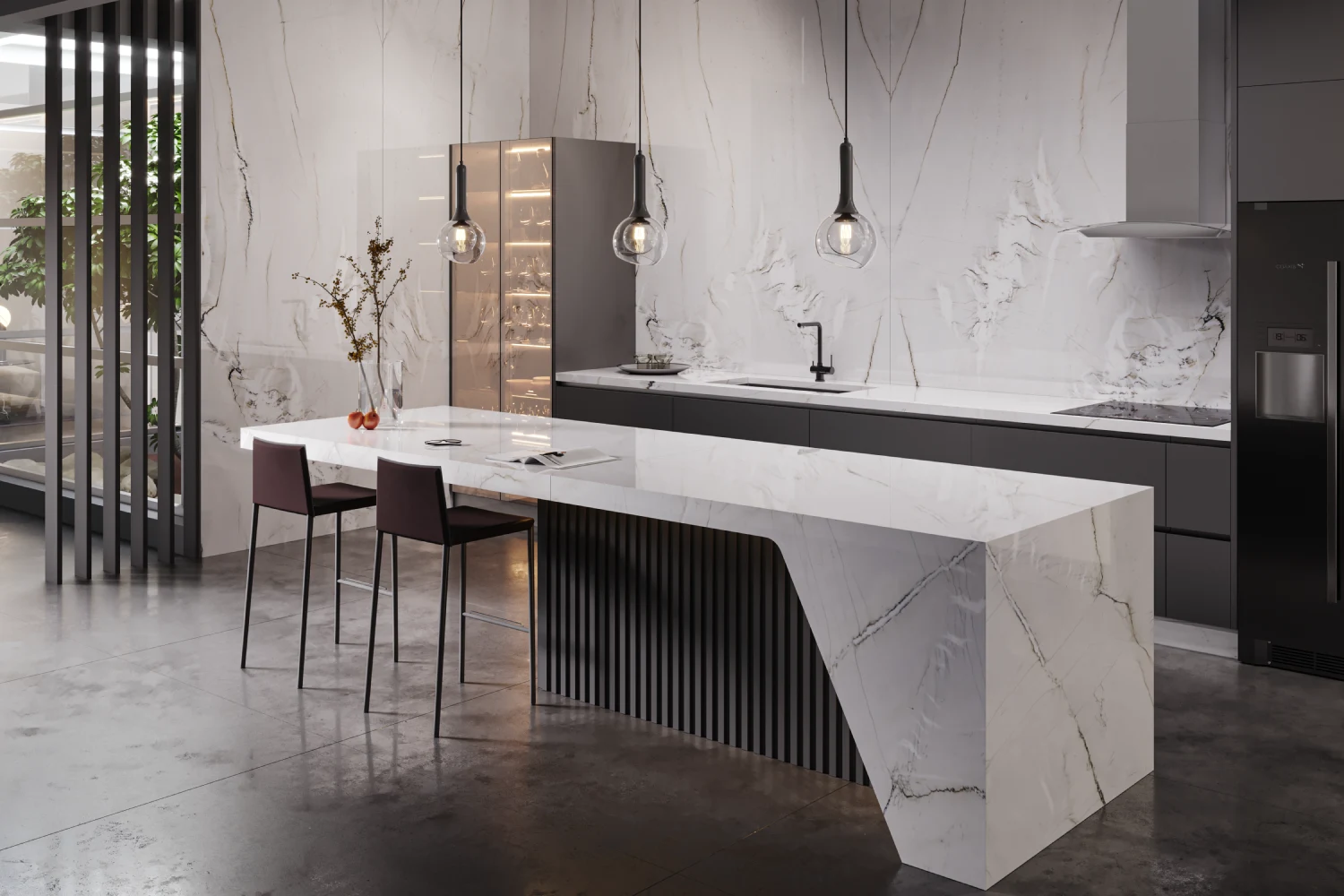
Quartzite countertop in the kitchen: combining resistance and beauty
Quartzite is one of the most valued natural stones in interior design, especially when it comes to kitchens. Its durability, beauty, and versatility make it an exceptional choice for those seeking a countertop for gourmet kitchens. Come and learn more about the characteristics of quartzite, the reasons to choose a quartzite countertop for your kitchen projects, how to care for quartzite, and the best patterns for this special space in your home! Characteristics of Quartzite Quartzite is a metamorphic rock formed from the transformation of quartz-rich sandstones under high temperatures and pressure. This process gives quartzite unparalleled resistance, making it one of the most used stones in sophisticated decoration projects, with durability superior to marble and even granite. Its mineral composition allows quartzite to be highly resistant to wear, stains, and scratches, making it ideal for environments like kitchens and countertops. Additionally, quartzite comes in a wide variety of tones and textures, ranging from neutral and soft shades to more vibrant and exotic ones. The translucency of some quartzite varieties creates a unique visual effect when light hits the surface, adding a touch of sophistication and elegance to spaces. Why Choose a Quartzite Countertop for Your Kitchen? A quartzite countertop in the kitchen is not just about aesthetics; it is also a strategic choice in terms of durability and functionality. Quartzite offers a surface resistant to heat, scratches, and stains, essential characteristics for the intense daily use of a kitchen. Its ability to withstand high temperatures is a significant advantage in daily life. Moreover, quartzite is a material that maintains a sophisticated beauty, with color variations and patterns that perfectly adapt to different decoration styles. Although it requires some care, quartzite surfaces are easy to maintain. Daily cleaning can be done with mild products, without the need for constant polishing. Care and Cleaning for Quartzite Countertops in Kitchens To clean a quartzite countertop in the kitchen, simply use a soft cloth or a non-abrasive sponge with warm water, soap, or a neutral detergent. Avoid harsh or acidic cleaning products, such as bleach, to prevent damaging the finish. Quartzite Patterns for Kitchen Countertops Quartzite offers a range of tones and patterns that can complement any kitchen style. Its natural beauty, with unique veining and sophisticated colors, gives the kitchen a luxurious and timeless appearance. Below are some suggestions for different decoration styles, based on the exclusive patterns offered by Decolores. Minimalist-Style Kitchen For a clean and elegant kitchen, the Mont Blanc Quartzite is an impeccable choice. Its light tone, with soft white veining, provides a luminous appearance without overwhelming the space. Ideal for those seeking minimalism and elegance in their quartzite countertop. Classic-Style Kitchen If your kitchen countertop follows a more classic and refined line, the Perla Grey might be the perfect choice. With its soft tones resembling ocean waves, it brings bluish and gray nuances that enchant and add a cultured touch to the environment. Industrial-Style Kitchen For those who prefer an industrial design, the Infinity Grey is the ideal option. Its deep, dark gray tone, combined with contrasting veining, creates a striking effect, perfect for kitchens with a contemporary and industrial style. Rustic-Style Kitchen The Bronzite Quartzite, with its bronze tones and reddish veining, is excellent for those who want to bring a rustic touch to the kitchen without sacrificing sophistication. Its earthy tone provides a cozy and authentic feel to the space. As you can see, choosing a quartzite countertop for your kitchen ensures a perfect balance between beauty and functionality. With its resistance, ease of maintenance, and sophisticated aesthetics, quartzite is an unmatched choice for transforming your kitchen into a unique space. Explore the quartzite catalog from Decolores and discover the ideal option for your kitchen!
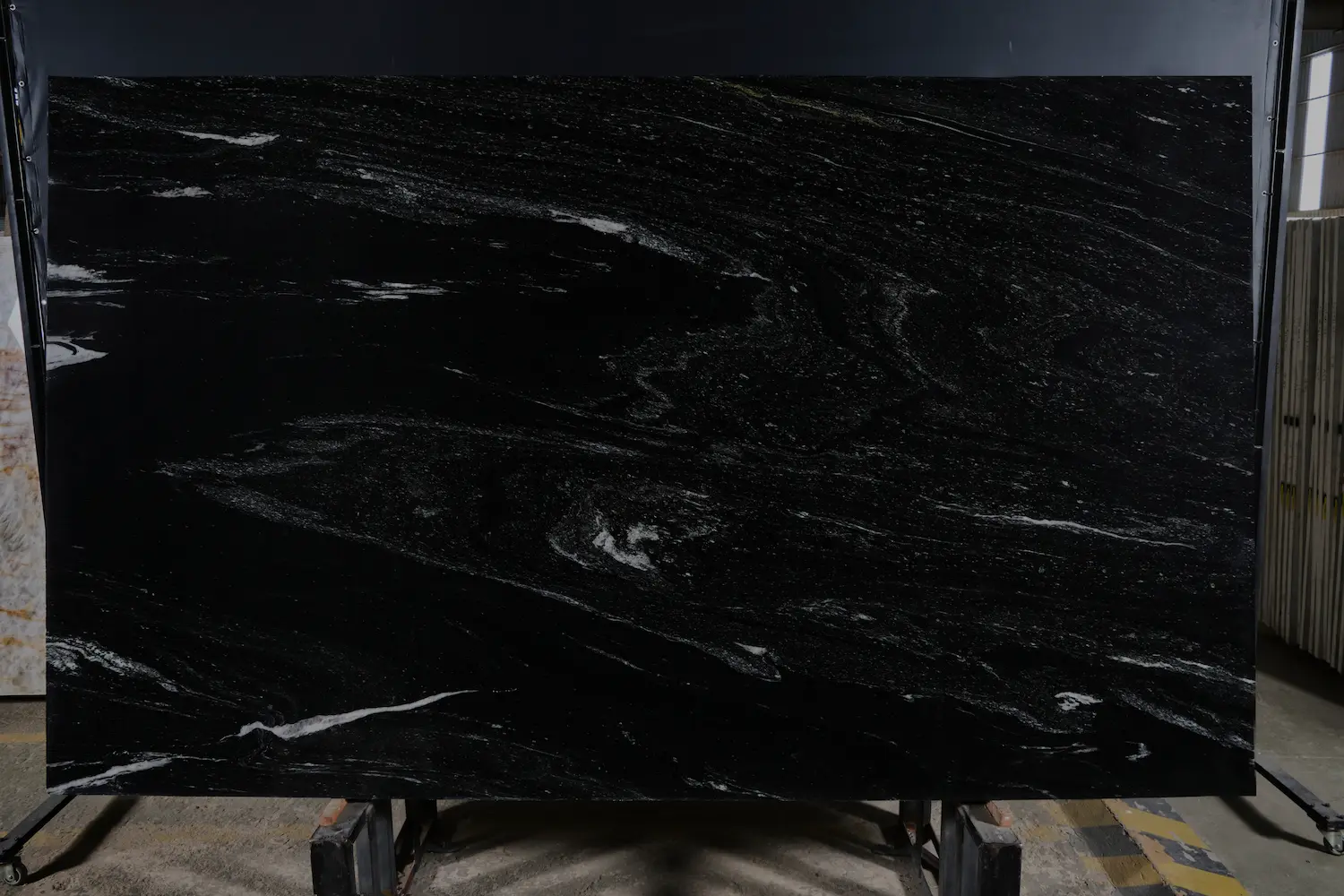
Find out what types of granite finishes are and which one to apply
Granite is one of the most noble and durable natural rocks when it comes to construction and interior design. Widely used for kitchen countertops, floors, washbasins, and even wall coverings, granite adds aesthetic and functional value to any space. The various types of granite finishes allow for unique customization of each project. However, to make the right choice, it is essential to understand the types of granite finishes and which one is most suitable for each application. Below, explore the most common granite finish options and discover the best granite patterns from Decolores. What is granite and how is it extracted? Granite is an igneous rock formed from the cooling and crystallization of magma, a liquid found deep within the Earth's crust. Considered one of the first rocks to form on the planet over 3 billion years ago, granite contains minerals such as quartz, feldspar, and mica, which were formed under conditions of high temperature and pressure. Its extraction takes place in quarries, where large blocks of rock are cut and sent to specialized factories, where the granite is processed into different types of finishes. This offers a range of aesthetic and functional possibilities that cater to various decoration styles and environments. The strength and durability of this material, combined with its beauty, make it a preferred choice for high-end projects, widely used in design around the world. Types of granite finishes There are several types of granite finishes, each providing a distinct texture, appearance, and functionality to the material. The choice of the ideal finish depends on the style of the environment, the desired durability, and the type of use. Among the main types of finishes are polished, brushed, and honed. Learn more about each of these and other granite finishes. Polished finish The polished finish is one of the most popular among granite finishes. It results in an extremely smooth and shiny surface that reflects light, giving the space a sophisticated look. This finish is perfect for kitchen countertops and indoor areas, where beauty and ease of cleaning are essential. Brushed finish The brushed finish gives granite a satin and silky texture, making it slightly more slip-resistant compared to the polished finish. This effect is achieved through multiple passes of tools with different grits applied to the stone's surface. Due to its smooth finish, it is ideal for atrium floors, hallways, and other dry environments. Honed finish The honed finish gives granite a matte and semi-smooth surface, without the intense shine of the polished finish. It is more commonly used in areas that require a slip-resistant texture, making it a good option for environments such as stairs and outdoor floors. Flamed finish (vintage or rustic) The flamed finish is achieved by heating the granite's surface with a flame torch, creating a rough and rugged texture. This finish is highly resistant, making it ideal for outdoor areas. Its resistance to wear and unique appearance make the flamed finish a smart choice for bold and modern projects. Which types of granite finishes are ideal for interior design? If your goal is to add a touch of sophistication to your interior design, the more refined granite finishes, such as polished or brushed, are ideal. These finishes enhance the natural beauty of granite and give the space a luxurious feel. Kitchen countertops For kitchen countertops, a polished finish is desirable, as it combines beauty and ease of maintenance. The shiny surface of the polished finish makes the kitchen more elegant and easier to clean. Washbasins For washbasins or bathrooms, honed or brushed finishes are quite common, as they provide a sophisticated and smoother look. They also allow the material to adapt to daily use, with easy maintenance and resistance to stains. Outdoor flooring For outdoor flooring, more resistant finishes, such as flamed, are the most recommended. These finishes ensure greater grip and durability, along with a rustic and robust aesthetic. Wall coverings For wall coverings, brushed or honed finishes are widely used, offering a balance between beauty and practicality. The subtle texture of these finishes adds a touch of sophistication without compromising the functionality of the surface. Discover Decolores' granite patterns Decolores is a prominent player in the granite market, offering a diverse and high-quality catalog for all types of finishes and applications. Among the standout granite patterns are Granite White Dune and Granite Malaku, with their unique beauty and versatility, available in polished, brushed, and honed finishes. With excellent resistance, a variety of textures, and finishes, Decolores is the right choice for those seeking exclusivity and sophistication. Explore the granite catalog from Decolores and discover the options that will transform your project into a hallmark of elegance. With the right granite finishes, you can ensure functionality and the style your space deserves.
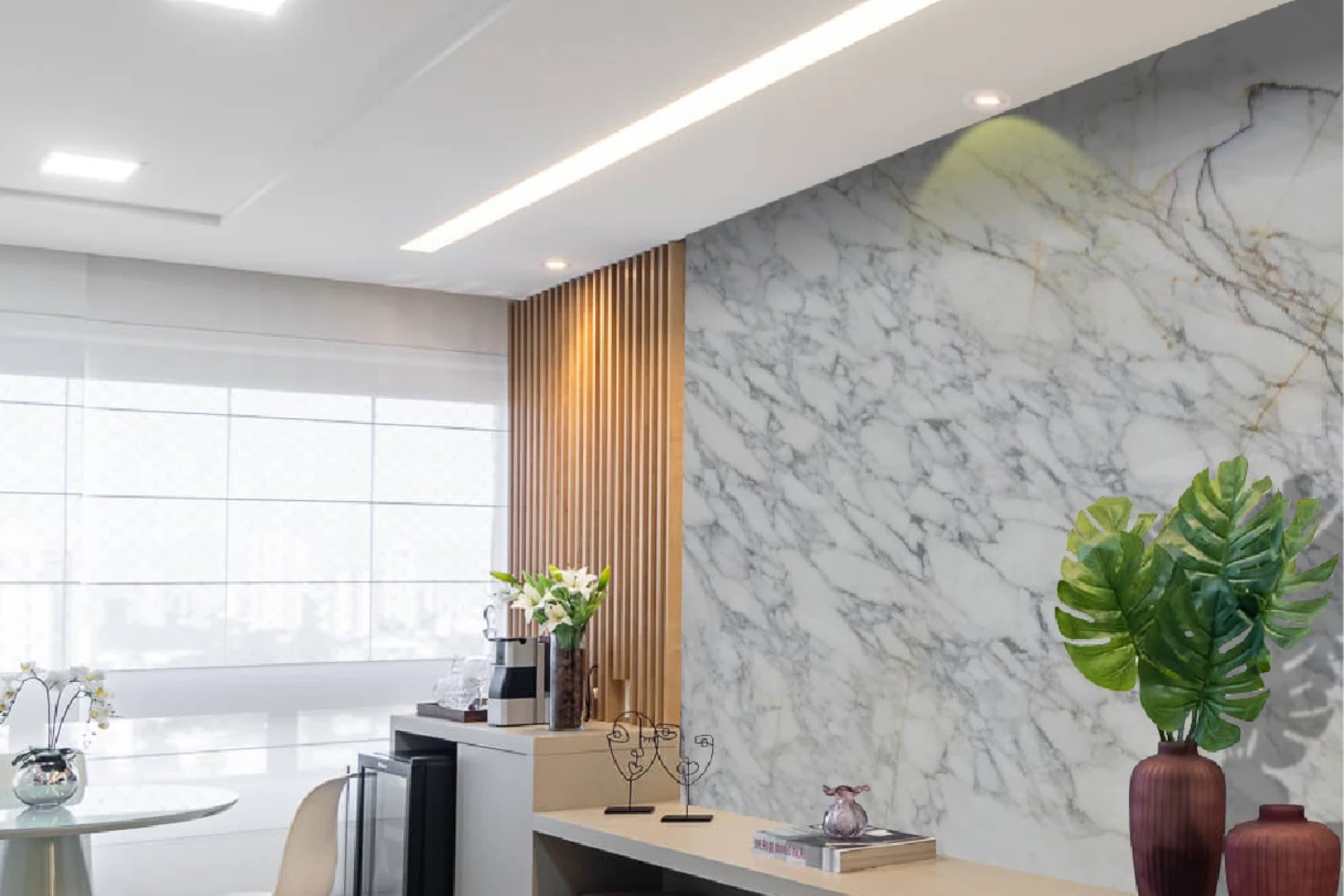
The benefits of Italian marble in architectural projects
Italian marble is widely recognized as synonymous with sophistication, beauty and superior durability. Its fame spans centuries, making it a preferred choice for architecture and design projects that seek timeless elegance. Whether on floors, wall coverings or decorative pieces, marble gives spaces a touch of luxury that few materials can match. Learn a little more about this rock and its main patterns! History of Italian marble The history of Italian marble dates back to Antiquity, when it was widely used by civilizations such as the Romans. The formation of marble resulted from ancient tropical seas that originated sedimentary rocks. Under high temperature and pressure, these rocks underwent metamorphism, a process that transforms their minerals and creates the characteristic bands and fluid colors of marble. Pure white marble, for example, is composed of calcite, while Italian pink marble is derived from iron oxide. The gray tones arose from layers of clay folded into the material, and the black, from organic matter. Throughout history, Italian marble has been used in sculptures and buildings that symbolize the greatness of past civilizations, being linked to nobility and refinement. Quarries such as those in Carrara were already famous for providing the material for the greatest works of art of the time. Monuments such as the Pantheon and columns of ancient temples show how marble became a symbol of power and sophistication. Furthermore, its popularity grew during the Renaissance, when renowned artists chose it as the basis for their creations. Its beauty and durability continue to fascinate today, being a timeless choice for architectural and artistic projects. Italian marbles in famous works of art We cannot talk about marble without remembering the iconic works of art sculpted with this material. Michelangelo used Carrara marble to create his famous work of David, which still impresses today with its perfection and detail. Another example is the Pietà, also by Michelangelo, carved from a block of flawless white Italian marble, as well as the incredible details of The Veiled Virgin, by Giovanni Strazza. In this way, these pieces not only represented the technical skill of the artists, but also highlighted the creative quality of Italian marble. Advantages of Italian marble in decoration The qualities of Italian marble transcend its aesthetic beauty. One of its main advantages is its durability. This material, when well cared for, can last for generations, maintaining its original shine and elegance. In short, Italian marble is incredibly versatile, being suitable for: floors and walls; kitchen countertops; tabletops; washrooms and bathrooms; and wall coverings fireplaces. Another striking feature is its exclusivity. Each block of marble has unique patterns of veins and colors, which means that no two pieces are exactly alike. This allows you to create personalized environments, whether with the immaculate shine of white Italian marble, the romanticism of pink Italian marble, or the drama of darker or even golden tones. Best Italian marble patterns from Decolores Decoloresoffers an exclusive selection of Italian marbles that meet the highest standards of quality and aesthetics. Discover the main highlights! Statuario The marble Statuario is a pattern known for its pure white background and striking blue-gray veins, which create a sophisticated contrast. It is ideal for countertops and coverings, and is often associated with modern and minimalist projects that require a touch of luxury, such as on floors, walls and washrooms. Calacatta Italiano With gray and gold veins that cross its creamy white surface, Calacatta Italian marble is one of the most sought-after options for projects. Straight from the quarries of Italy, its opulent look blends seamlessly with both classic and contemporary decor. Carrara The Carrara marble is perhaps the most iconic of Italian marbles and has been present since ancient times, originating from Tuscany. With a grayish white background and soft veins, it is widely used in homes and commercial projects due to its discreet elegance. Discover more Decolores patterns and elevate your projects Decolores is a reference in Italian marbles and dolomitic marbles, offering a curation of products that combine quality, exclusivity and sophistication. With a vast catalog that includes options such as Van Gogh marble, Decolores meets the needs of architectural projects of all styles. Whether to create a classic, modern or creative environment, Decolores' Italian marble guarantees sophistication and exclusivity. Check out more about our marbles catalog to add a touch of luxury to your project!
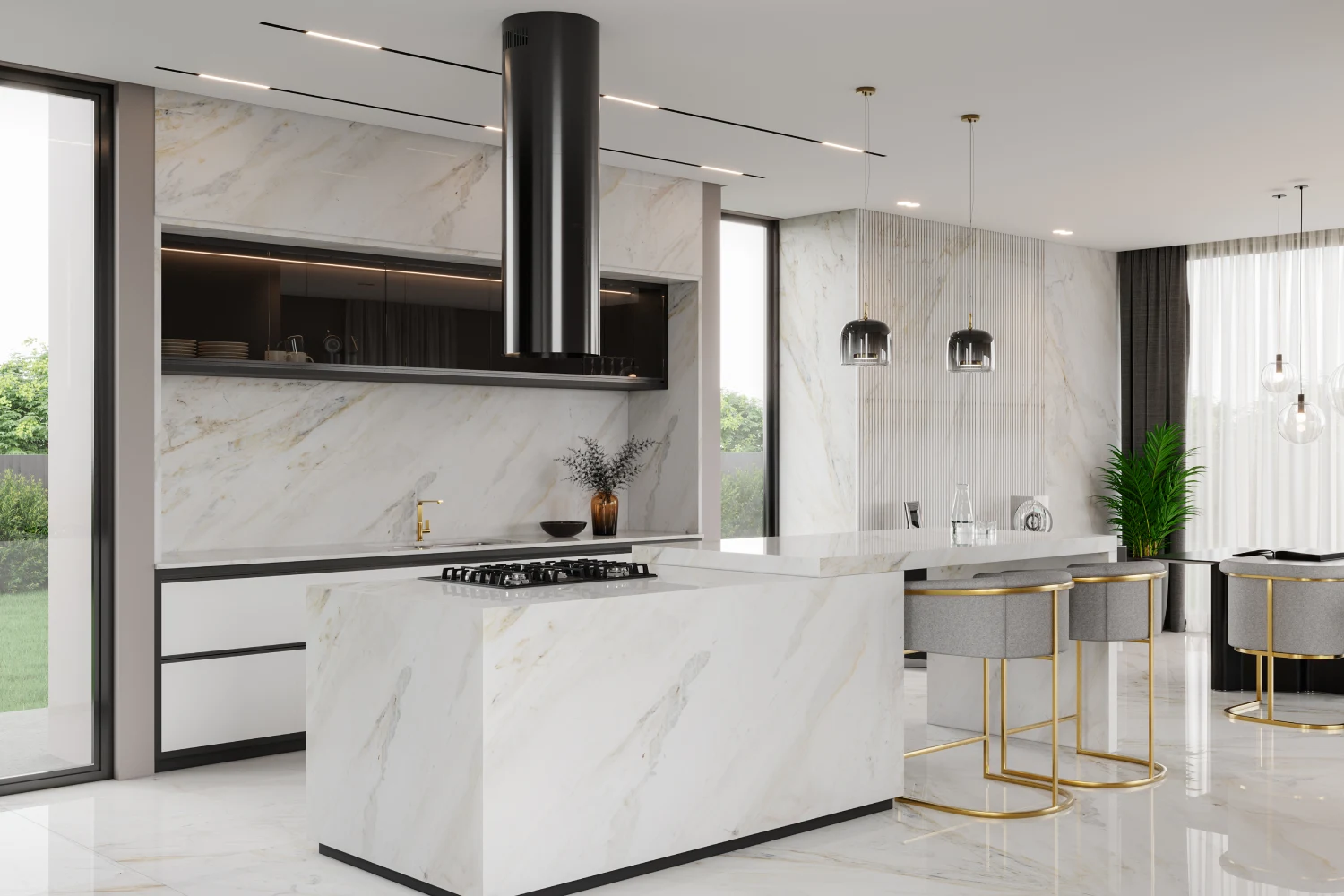
Marble Care Tips
Marble, a symbol of elegance and sophistication, is an unparalleled choice for transforming spaces such as living rooms, kitchens and bathrooms. However, its timeless beauty requires special attention to preserve its integrity over the years. Knowing how to care for marble properly and understanding what damages marble are essential steps to ensuring that this natural stone maintains its shine and resistance. Here you will find practical tips to protect marble and further enhance your decoration projects. Check it out below! What are the precautions for marble? Maintaining the integrity of marble requires special attention and maintenance routines. First of all, it is essential to avoid the use of acidic or abrasive products, which can damage the beautiful surface of the stone. Always use soft cloths and neutral detergents for daily cleaning, ensuring that the surface remains free of stains and scratches. In addition, avoiding rough materials or stiff brushes, which can scratch and damage the polished finish, is also part of marble care. How to clean marble? Proper cleaning is one of the pillars of marble care. To do this, use water and detergent, avoiding abrasive contact that could scratch the stone. To clean coffee or wine drops, for example, prepare a solution with warm water and a few drops of neutral detergent. Apply to the stained area using a soft cloth, rubbing gently. Then, rinse with clean water and finish by drying thoroughly. Water repellents are also valuable allies in marble care, as they prevent the penetration of liquids and substances that can cause stains and deterioration. You can apply a water repellent every six months that is recommended by the manufacturer. This helps keep the marble protected from the porosity of liquid spills in kitchens and bathrooms. What can't you use on marble? Avoiding certain products and practices is essential for marble care. Learn which products should be avoided as much as possible to preserve the integrity of the marble: acids and citrus products — substances such as vinegar, lemon or acidic solutions can corrode the surface and cause stains; abrasive products — steel sponges, sandpaper or cleaning powders can scratch the marble; harsh chemicals — bleach, ammonia and alkaline stain removers can cause discoloration; cutting knives — it is important to prevent scratches on sinks and kitchens. It is interesting to use cutting boards, for example. Count on Decolores marble and bring sophistication to your spaces Choosing the right marble is essential to ensure the refinement of your spaces. Decolores offers an exclusive selection of marbles, with stunning pieces such as the Van Gogh marble, known for its artistic veins, light and yellowish tones. Each Decolores piece is treated with precision and care, ensuring that the marble is cared for so that the natural beauty of the stone is highlighted. The treatment of marble at Decolores includes the application of high-quality sealants and water repellents, providing long-lasting protection for easy maintenance. In addition, we have a team ready to guide architects and designers in choosing and properly caring for marble, ensuring that each architectural project reflects the desired sophistication. Investing in marble from Decolores guarantees elegant and timeless environments, where every detail reflects excellence and good taste. With the appropriate marble care and the quality offered by Decolores, your decoration projects will certainly reach new heights. levels!
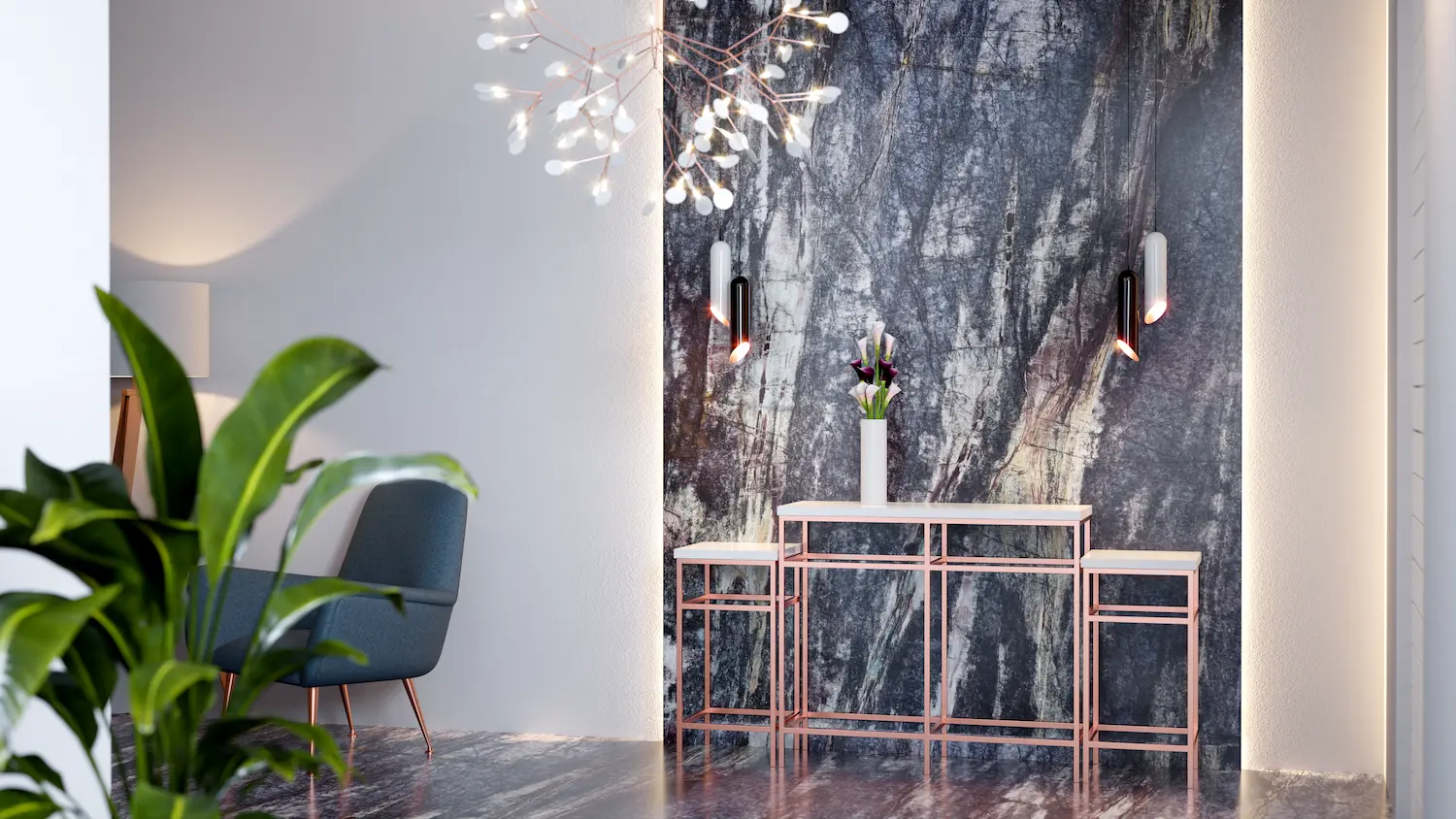
Aluminum and natural rocks: a timeless union
The combination of aluminum and natural rocks is not just a trend, but a celebration of nature and innovation. Whether for minimalist spaces or luxurious projects, this timeless combination is the key to environments that transcend time. Next, learn how you can bring new combinations to your architectural projects with natural rocks and aluminum! Formation of aluminum and its origin in natural rocks Few people know, but aluminum, although so present in our daily lives, is a metal that finds its roots directly in natural rocks. Its extraction is mainly from bauxite, a mineral formed by geological processes over millions of years. Natural rocks, such as marble, quartzite and travertine, also share this long history of formation, carrying with them the marks of their geological origin. This intimate connection between aluminum and natural rocks is what makes them perfect allies in design projects that seek to combine sophistication and authenticity. By incorporating materials from the bowels of the Earth into architectural spaces, we establish a deep connection with nature, transforming each environment into a true organic work of art. The alliance between aluminum, with its lightness and versatility, and natural rocks, with their resistance and unique beauty, symbolizes the perfect balance between the modern and the timeless. Aluminum: a trend for industrial style decoration The industrial style has been winning hearts around the world with its urban and casual charm. In this context, aluminum stands out in industrial architecture. Its metallic shine and polished or matte finish match the raw and minimalist aesthetic of the style, standing out in light fixtures, frames and even in furniture such as chairs. When combined with natural rocks, aluminum gains even more prominence. For example, a kitchen where quartzite countertops harmonize with suspended shelves made of brushed aluminum. Or a living room with coffee tables that combine travertine and aluminum, creating a piece that exudes modernity and sophistication. Another big trend is to bet on contrasts. For example, using aluminum in straight and clean lines, while natural rocks, with their textures and organic veins, become the focal point. In this way, the balance between the two materials brings a contemporary feel to the environment. Natural rocks most present in modern environments Natural rocks, such as marble, travertine and quartzite, have established themselves as the perfect choices for modern projects. Each of them offers unique characteristics, transforming spaces into true scenes of elegance. Marble Synonymous with refinement, marble transcends time with its versatility and beauty, becoming ideal for floors, walls and countertops, elevating any environment to maximum sophistication. Over the millennia, ancient tropical seas gave rise to these sedimentary rocks that, under intense heat and pressure, transformed into the marbles that we know today. Its patterns range from pure white to gold, passing through spiral grays. Travertine Its natural tones, which range from earthy to gray, result from elements enriched during its formation, giving it a unique texture. A symbol of elegance since Ancient Rome, as in the Colosseum, travertine continues to enchant with its versatility and timeless charm, creating cozy and sophisticated environments in contemporary projects for bathrooms, living rooms and outdoor areas. Quartzite quartzites, marked by their vibrant beauty and incomparable resistance, are the result of a geological journey that began billions of years ago. Composed of quartz, its fusion of aesthetics and durability makes quartzite a sophisticated and long-lasting alternative, perfect for projects that celebrate the elegance and strength of nature. Decoration suggestion: use natural rocks as standout pieces. In a dining room, for example, a travertine table with aluminum legs can be the central element of the space. In a bathroom, you can combine a carved marble sink and aluminum accessories to create a sophisticated and contemporary atmosphere. Count on Decolores for your architectural projects Decolores, a reference in natural rocks, offers options in travertine and other materials, such as quartzite and marble. Our pieces are selected to ensure the best quality, allowing architects and designers to create unique and sophisticated projects. Travertine is one of the most versatile materials when it comes to interior design. Both its neutral or earthy tone and its elegant texture allow it to be easily combined with other elements, such as aluminum. In addition to its beauty, travertine offers practical benefits, such as resistance, making it a smart choice for high-traffic environments. When choosing pieces from Decolores, explore the combination of travertine with metallic finishes. A wall covered in travertine can be complemented by aluminum lamps to create a play of light and textures that enchant any environment. To learn more, check out our catalog of travertines and take advantage of our ambience simulator to test new inspirations!
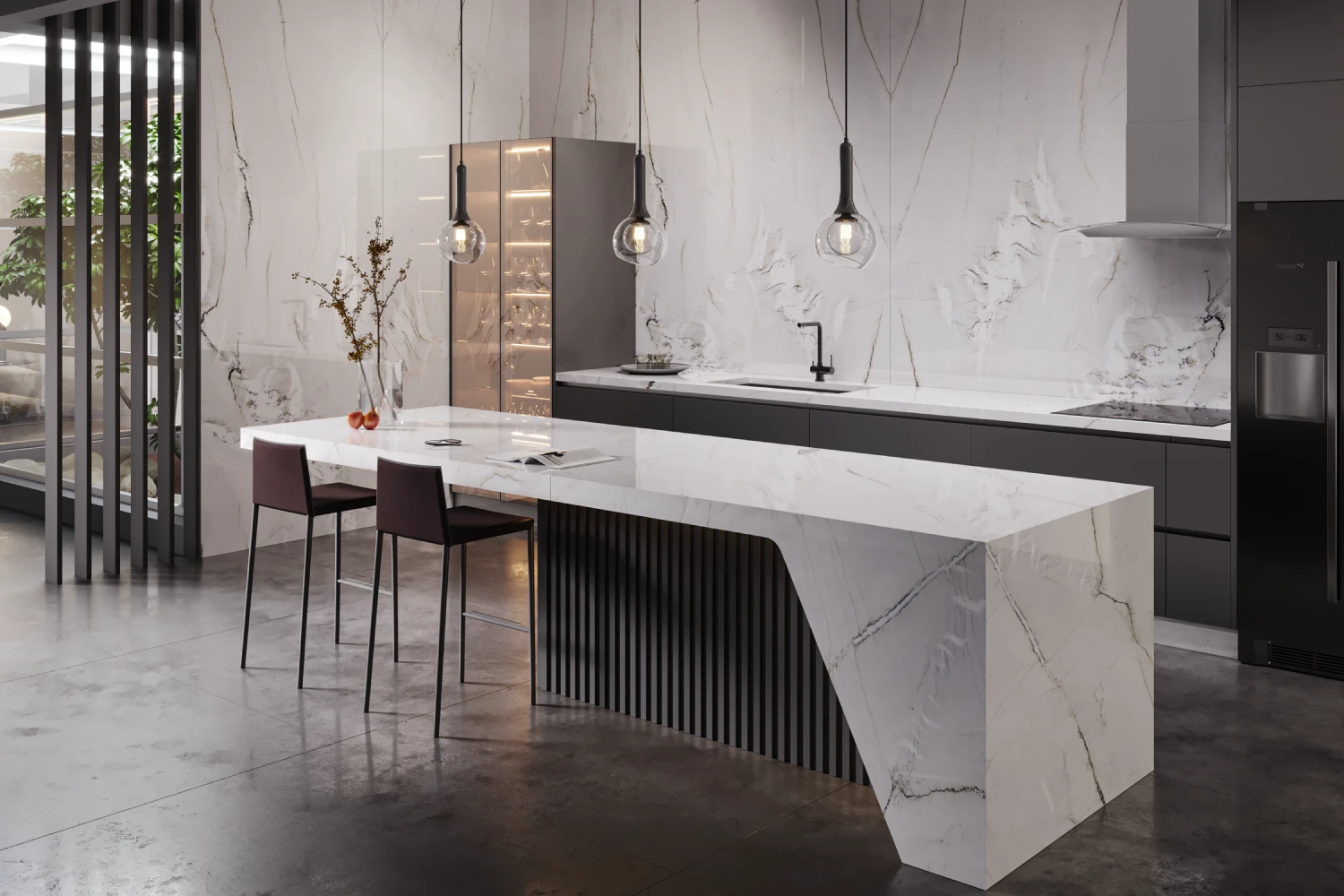
Quartzite and granite: elegance and durability in gourmet areas
Gourmet areas have become the heart of modern homes, spaces where aesthetics and functionality must coexist in harmony. For this, nothing beats investing in quartzite and granite, natural stones that combine sophistication and durability, making any project timeless. Learn more about the applications of these stones in refined environments! What is quartzite? Quartzite is a metamorphic rock formed by the recrystallization of sandstone rich in quartz. This process, which involves high temperatures and geological pressures, transforms quartzite into a highly resistant and visually stunning material. Its surfaces are marked by unique patterns, fluid veins, and a palette of colors ranging from pure white, like the Mont Blanc quartzite, to vibrant tones such as greens, exemplified by the Da Vinci quartzite. In addition to its beauty, quartzite is known for its durability and resistance to scratches and stains, making it ideal for gourmet areas. Whether for countertops or coverings, quartzite transforms any space into a sophisticated and functional environment. What is granite? Granite is an igneous rock formed by the slow cooling of magma within the Earth. Composed of minerals such as quartz, feldspar, and mica, it is renowned for its strength and variety of colors and textures. Granite offers a more granular and rustic aesthetic, with shades ranging from grays to blacks, like the White Dune and Makalu. Its durability and low maintenance make it a classic and reliable choice for high-use areas like bathrooms. How to use quartzite and granite in gourmet areas Choosing between quartzite and granite to decorate gourmet areas ensures a space that combines beauty, practicality, and durability. Both materials resist heat and impacts, essential for spaces such as kitchens and balconies. Moreover, their textures and colors create a sense of natural elegance, elevating the design of the space. Discover the benefits of using these natural stones for decorating various sophisticated environments! Powder rooms and bathrooms Quartzite is a sophisticated choice, with its vibrant colors and artistic veins transforming bathrooms into luxurious works of art. Granite, on the other hand, offers a more understated aesthetic, ideal for creating minimalist and functional powder rooms. Choose a polished finish to enhance the colors of quartzite or granite, or a matte finish for a more modern and minimalist touch. Gourmet kitchens For gourmet kitchens, quartzite and granite are unbeatable choices. These natural stones are heat and stain-resistant, perfect for countertops and islands in modern kitchens. They are also ideal for indoor flooring and walls, adding style to the space. A tip is to combine light quartzite on countertops with darker granite on floors to create a visually sophisticated contrast. Gourmet balconies In gourmet balconies, the choice between quartzite and granite depends on the desired style. Quartzite, with its vibrant veins, is ideal for countertops and tables, while granite, with its high resistance, is perfect for wall and outdoor floor coverings. Living rooms The use of quartzite and granite in living rooms can create a very elegant appearance. Quartzite panels as a focal point or quartzite coffee tables add sophistication to the space. Granite stands out for indoor stair coverings. Quartzite or granite: which one to choose for your project? The choice between quartzite and granite depends on the style and needs of your project. Quartzite is ideal for those seeking a touch of luxury and exclusivity, with vibrant colors and refined textures. Granite, on the other hand, is perfect for projects requiring maximum resistance with a more rustic aesthetic. It also absorbs less liquid compared to marble. One thing is clear: both materials are timeless and elevate any gourmet space, ensuring durability and beauty over the years. Decolores, a reference in natural stones, offers an extraordinary selection of quartzites and granites to elevate the design of gourmet areas. Their unique patterns and sophisticated colors turn each piece into a central element of any architectural project. We invite you to explore the exclusive Decolores catalog, featuring quartzite patterns perfect for creating spaces that combine elegance, functionality, and durability. Don’t miss the opportunity to discover materials that celebrate the beauty of nature with the best in finishing technology!
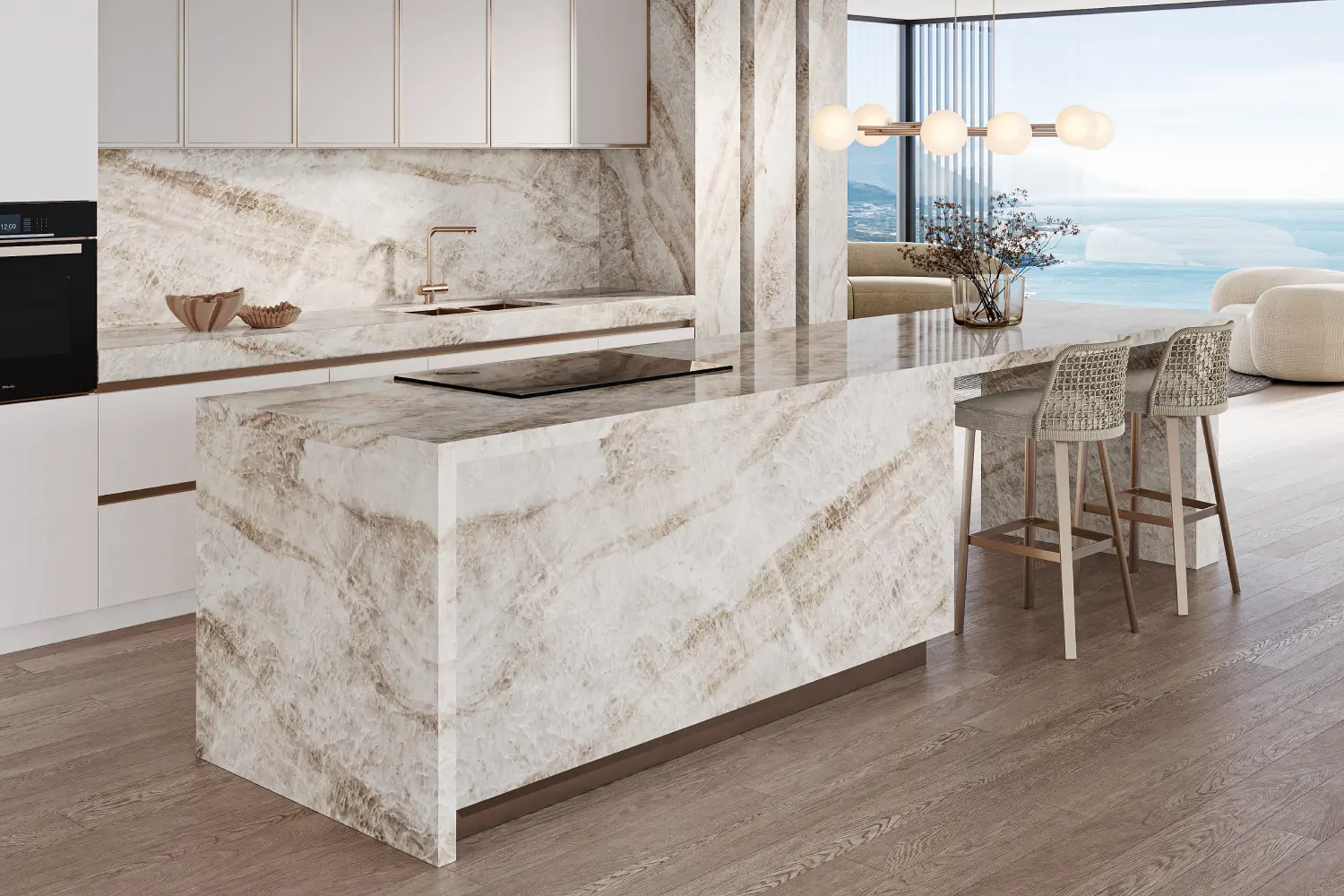
How to choose the ideal natural rock for your kitchen countertop
Kitchen countertops are one of the most important elements in architectural projects. After all, the countertop is the heart of the kitchen, where everything happens: from food preparation to interacting with family and friends. Because of this, architects need to pay special attention to this element, ensuring the kitchen is not only functional but also reflects the client’s style. Natural stone countertops offer not just beauty but also practicality for everyday use. Check out the main types of natural stones, their characteristics and advantages, along with tips to help you make the ideal choice. What are the main types of kitchen countertops? When designing a kitchen, choosing the right countertop is essential, impacting both functionality and aesthetics. Countertops can be adapted depending on the residents’ lifestyle and the home’s design. Here are the main types of kitchen countertops that deserve attention! Sink Countertop The sink countertop is designed primarily to accommodate the sink, serving as a base for food preparation activities. This space can be positioned relative to the stove and refrigerator to promote efficient workflow. Materials like granite or quartz are recommended, offering high durability, resistance, and ease of cleaning. Island Countertop The island countertop is one of the most desired elements in contemporary kitchens due to its versatility and focal point appeal. This type of countertop can include various functions, such as a cooktop, additional sinks, or a dining area. The island should be designed with careful attention to the kitchen layout, ensuring there is enough space for circulation around it. Peninsula Countertop The peninsula countertop is an intermediate solution that extends from a wall or cabinet, integrating with other areas of the home. This type of countertop is especially useful in smaller kitchens where an island isn’t feasible but functionality and modern design are still desired. What are the best stones for kitchen countertops? When designing sophisticated kitchens, choosing the right stone for countertops is essential. Among the best options are natural stones, such as granite and quartzite, which combine elegance and functionality. Granite Granites are igneous rocks formed by the cooling and crystallization of deep Earth magma, with a hardness of 6 on the Mohs scale. They are among the oldest rocks on the planet, over 3 billion years old. As such, granite is one of the most popular stones for high-end kitchen countertops. Its durability and heat resistance make it ideal for kitchen areas. Quartzite Quartzites are highly resistant metamorphic natural stones, composed of over 75% quartz, a mineral with a hardness of 7 on the Mohs scale. Quartzites come in a wide variety of patterns and colors, from exotic to subtle, and from light to vibrant tones. They are an excellent choice for sophisticated kitchens, as their texture and color variety can create an elegant look. Why choose granite countertops for your kitchen? Opting for a granite countertop for your kitchen offers numerous advantages. Above all, granite's durability is one of its main attractions. This natural stone is highly resistant to heat and impacts, making it ideal for a frequently used kitchen environment. Additionally, granite is easy to clean. Its non-porous surface, when properly sealed, prevents the absorption of liquids and dirt, ensuring simple and practical maintenance. Benefits of Quartzite Countertops One of the key attractions of quartzite is its durability, being highly resistant to scratches, heat, and stains. This robustness makes it ideal for kitchen use. In addition to its durability, quartzite is known for its elegance. The shine and veining of quartzite can enhance any design, becoming a central element in refined kitchens. Each slab has unique characteristics, with distinct veins and textures. This uniqueness allows architects to design kitchens that meet both practical needs and the residents' style. Discover Decolores Natural Stones At Decolores, we offer a catalog of quartzites and granites that combine natural beauty with elegance in various environments and architectural projects. With over 20 years of experience, we specialize in natural stones treated with advanced technology. Among our collection, the Mont Blanc Quartzite stands out, known for its light color and subtle veining, ranging from white to soft gray, creating a refined effect. Its veining adds depth to classic and timeless kitchen countertops. The Silver Grey Granite is also impressive, with its gray tones adding personality and modernity to kitchen countertops. It is ideal for combining with neutral tones and natural elements. To test applications in your projects, simulate various natural stone patterns with our environment simulator!
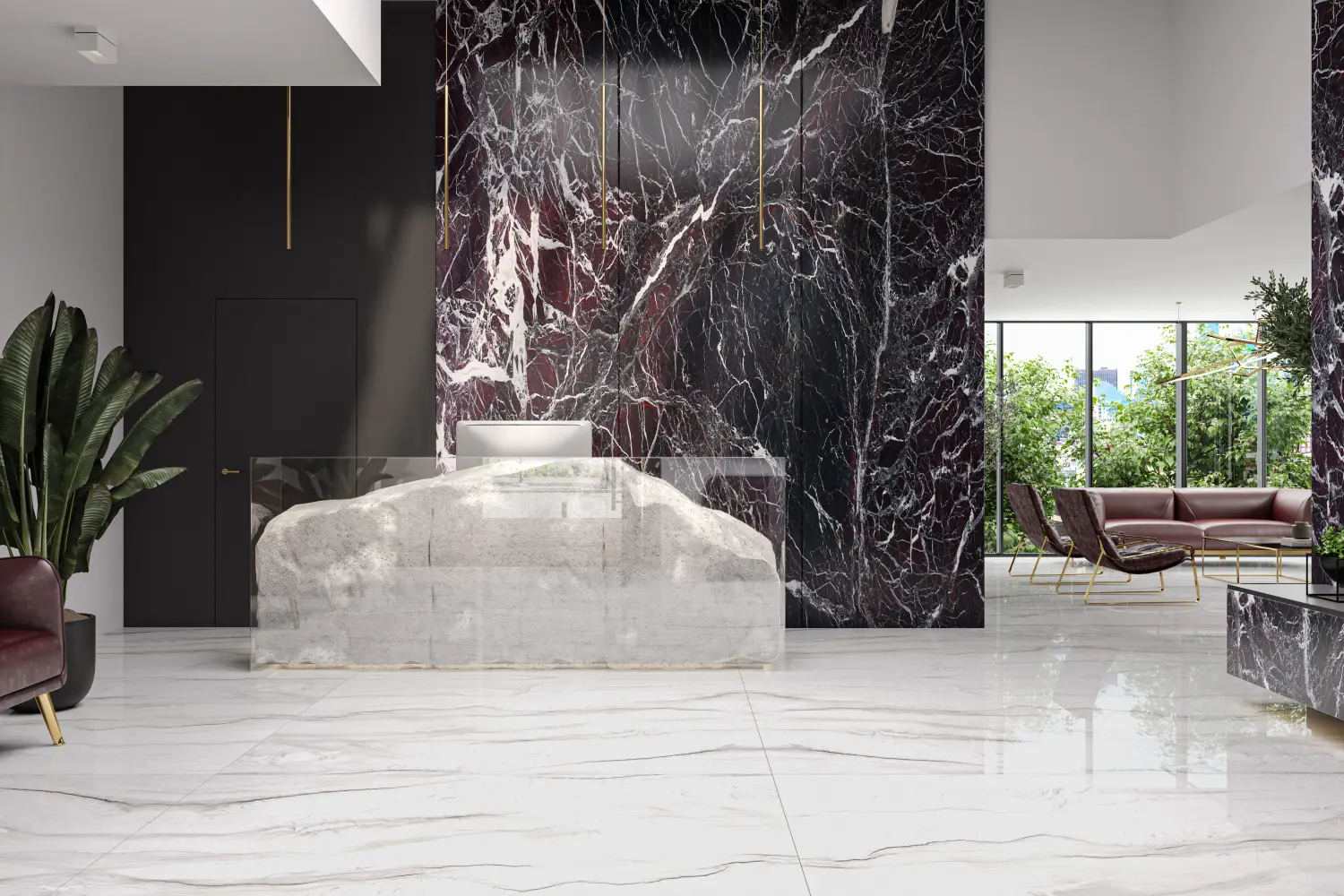
Dark marble: sophistication and elegance for luxurious environments
Marble is a natural stone known for its deep hues and sophisticated veins. It is ideal for design projects that seek sophistication and elegance in high-end environments. Dark-toned marbles are a classic option and stand out as a timeless design element. Discover the aesthetic and functional advantages of this type of stone and fall in love with Decolores' top marble patterns! Why choose dark marble for your spaces? Dark-toned marbles are among the most elegant on the market, with many imported from places like Italy, Morocco, and Epha. See all the advantages this type of hue can bring to your projects! 1. Sophistication and elegance Dark marble, such as the classic Nero Marquina, conveys a sense of luxury and refinement. Its deep tone creates a striking contrast with other elements in the space, providing a dramatic and standout look. 2. Energy efficiency Dark marble helps regulate the internal temperature of spaces. Its ability to absorb and retain heat can reduce the need for artificial heating, contributing to more energy-efficient construction. 3. Combination with sustainable materials The growing trend in 2025 is using complementary materials. Dark marble can be paired with recycled wood or other sustainable materials, creating spaces that are both aesthetically pleasing and environmentally responsible. 4. Versatility Dark marble pairs well with various decoration styles, from classic to modern spaces. Therefore, it can be used for countertops, floors, walls, and even decorative elements like tables and wall coverings. 5. Timeless beauty One of the greatest advantages of black marble is its timelessness. Unlike fleeting trends, it offers a charm that never goes out of style. This means your choice not only enhances the space today but for many years to come. Where to use dark marble stone? Interior designers have a wide range of applications for dark marble stone, which can transform any space into a sophisticated environment. Check out the main areas of the home where you can adapt dark marble! Living rooms Marble is an excellent choice for adding refinement to living rooms. It can be used on indoor floors. Additionally, wall coverings or panels made of black marble can add depth to the space, creating a contrast with light-colored furniture and accessories. You can combine it with strategic lighting, such as spotlights and lamps, to highlight the marble's veins. Gourmet kitchens Dark marble is a perfect choice for gourmet kitchens, where sophistication and functionality go hand in hand. One of its key applications is in kitchen countertops, which become the center of attention. Marble not only provides an elegant surface for food preparation but is also durable and easy to clean. In addition to countertops, dining tables or central islands with marble bring a stylish touch. Bathrooms In addition to bathroom countertops, marble can be used for floors. Its durability is a significant benefit in areas prone to getting wet, such as bathrooms. Furthermore, cladding walls with dark marble can transform the bathroom into a personal spa, offering a relaxing and luxurious atmosphere. Fireplaces The textured surface of marble creates a focal point, making the fireplace a standout feature in the living room or other spaces. Using marble for the fireplace surround not only adds aesthetic appeal but also provides a heat-resistant material for exposure to flames. Discover luxurious dark marble patterns Choosing the best marble makes all the difference in creating an exquisite environment. Here at Decolores we treat natural stones with high-quality technologies. Our catalog of natural stones, including marble, quartzites, and granites, combines natural beauty and elegance for various design projects. Check out some of our dark marble patterns! Calacatta Marble Calacatta Paonazzo is an Italian marble featuring a grayish background with vibrant white veins. The dark gray marble, formed through limestone transformation, is highly valued for interior cladding, bringing expressiveness to spaces. Rosso Levanto Marble Rosso Levanto marble, of Italian origin, has a reddish color reminiscent of volcanic strength. Its white veins integrate well with different decor styles, adding sophistication to living rooms, furniture, bathrooms, and more. Sahara Marble Lastly, Sahara Black is another impressive marble due to its black background with striking white lines. Whether in bathrooms or wall claddings, Sahara Black delivers ideal sophistication. Explore the marble catalog from Decolores and discover other patterns that can transform your projects!
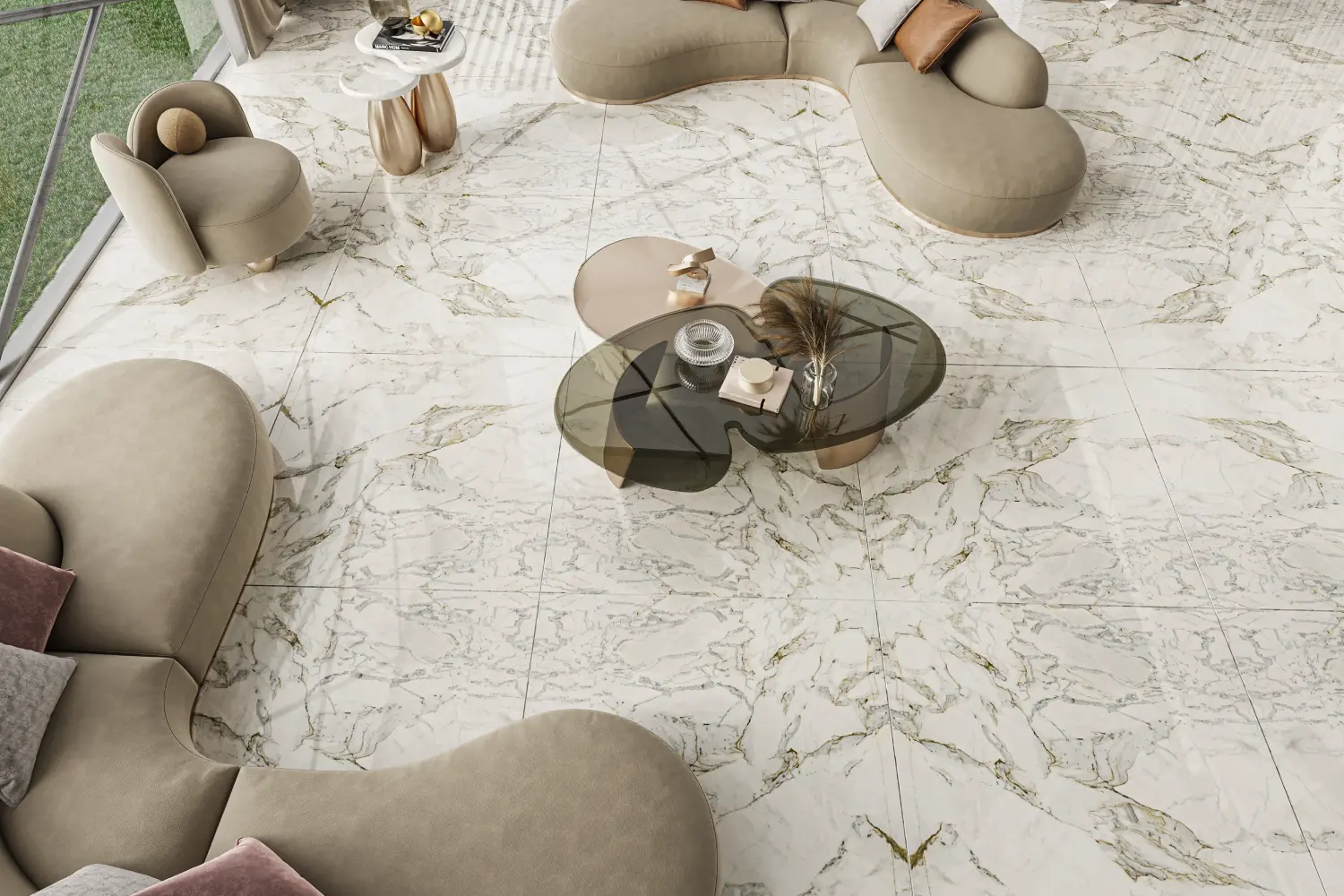
Matarazzo marble: everything about this precious rock
Matarazzo Marble is one of the most desired stones by architects and interior designers, not only for its unique beauty but also for the versatility and sophistication it brings to projects. In this article, we will explore everything about this precious stone: what it is, its origin, how to use it in different environments, the best combinations, and where to find inspiration to integrate it into your decor. If you are an architect or planning a design project, Matarazzo Marble could be the ideal choice to add a touch of elegance and exclusivity. What is Matarazzo Marble? Matarazzo Marble is a natural stone of dolomitic origin, known for its white color with veins in shades of gray and cream. This combination of colors and patterns results in a luxurious aesthetic that stands out in any environment. It is a durable and classic marble, making it an excellent option for interior cladding, countertops, tables, and washbasins. How to use Matarazzo Marble in each environment? Kitchens: Use Matarazzo Marble on countertops and islands. Its surface not only beautifies but also adds refinement and sophistication to the space. Bathrooms: Matarazzo Marble can be applied in washbasins, internal floors, and wall coverings, creating an elegant and contemporary environment. Living rooms: In living areas, Matarazzo Marble can be used on coffee tables, external cladding for fireplaces, or as internal floor cladding, adding a touch of class to the space. The origin of Matarazzo Marble Matarazzo Marble comes from the geological formation where dolomitic marbles outcrop in southern Brazil, formed 1 billion years ago. Originating from the extinct Capiru Sea, shallow and tropical, Matarazzo is the result of the transformation of limestones into dolomitic marbles, reflecting colors and textures that hold the history of ancient life forms. Combinations with Matarazzo Marble With wood: Combining Matarazzo Marble with wooden elements creates a warm and elegant contrast, ideal for spaces seeking a rustic and modern touch. With metals: Adding metallic elements, such as bronze or copper, enhances the marble's sophistication, making it perfect for contemporary kitchens and bathrooms. With other natural stones: Mixing Matarazzo Marble with other types of natural stones can create interesting and sophisticated patterns, allowing you to play with textures and colors. Where to find more inspiration to use Matarazzo Marble in your decor? There are many sources of inspiration for using Matarazzo Marble in decor. Platforms like Pinterest and Instagram are excellent for exploring design projects that incorporate this precious stone. Additionally, visiting showrooms and decoration fairs can provide valuable insights into how Matarazzo Marble is being used in real projects. Be sure to check out the Decolores website, where you can find examples of projects featuring Matarazzo Marble, along with ideas on how to apply it in your creations. Use Matarazzo Marble in your projects If you are an architect or designer, considering Matarazzo Marble in your projects can elevate the level of sophistication and exclusivity. The quality, beauty, and durability of this stone make it a smart choice for any decor project. By integrating Matarazzo Marble, you deliver a high-quality material to your clients, while enhancing the final result with an aesthetic that stands out. To ensure you have access to the best materials, Decolores is the ideal choice to enhance your project. With a diverse portfolio and a rigorous curation of marbles, Decolores offers Matarazzo Marble in excellent finishes, allowing you to select the variant that best suits your application. Additionally, the Decolores team is available to provide technical support and advice on the best practices for application and maintenance, ensuring you and your clients get the most out of the exceptional qualities of Matarazzo Marble. Visit the Decolores website and discover how Matarazzo Marble can transform your projects in a unique way.
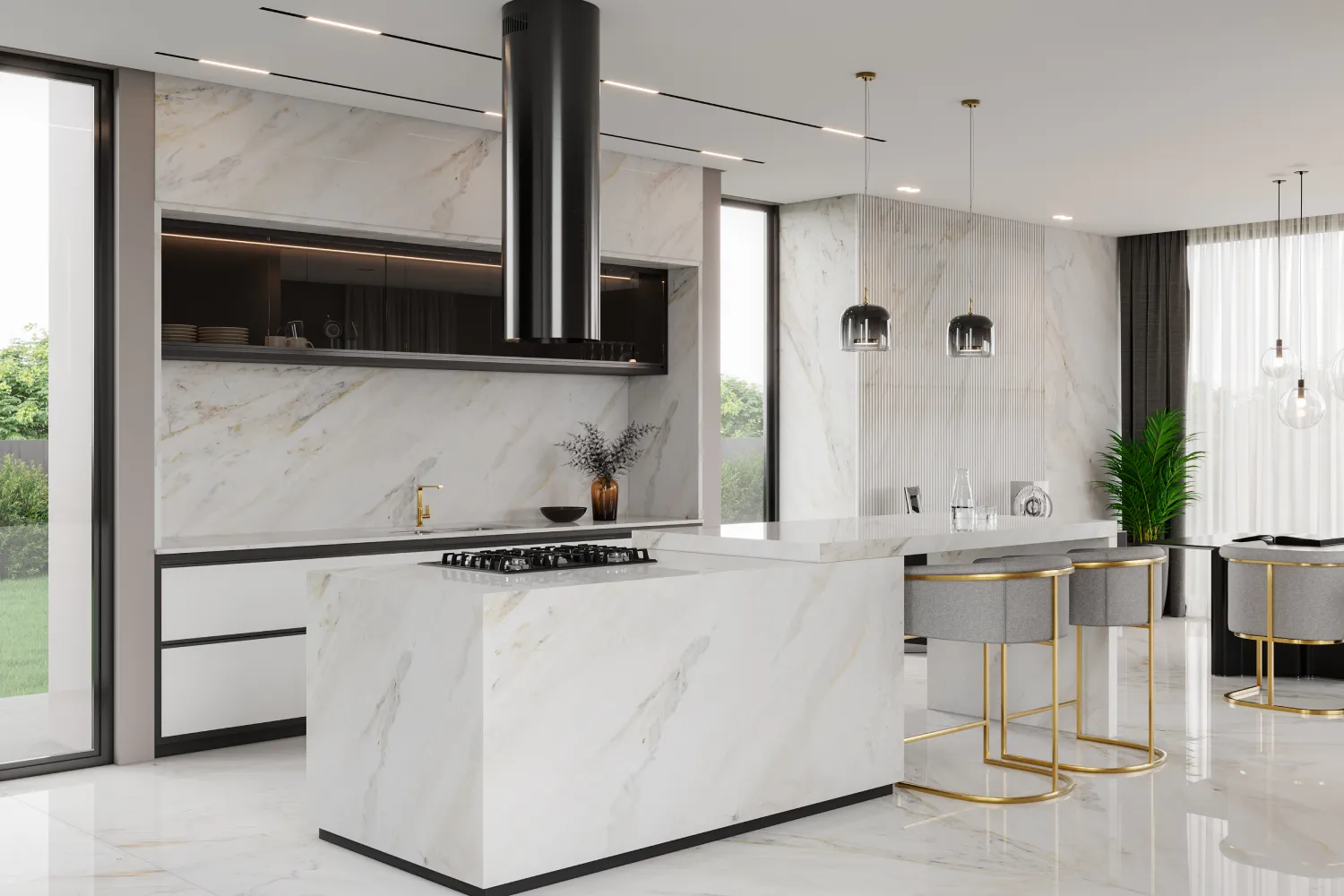
Marble in interior design: trends for architects
Marble, with its timeless beauty and sophistication, continues to be a classic among architects and interior designers. In 2024, the use of marble in interior design continues to expand into new frontiers, combining tradition with innovation and opening space for even bolder and more impactful creations. In this article, we will explore the key trends shaping marble in interior design for the coming year, while also showcasing exclusive Decolores products that bring value and a unique identity to projects. Happy reading! Innovative Marble Trends for 2024 Let's explore some of the key trends shaping the future of marble in architecture: Exploring Colors and Textures Today, marble is embracing a range of vibrant colors and innovative textures, in addition to the classic, timeless patterns. Soft shades of white and gray continue to be popular, but marbles in burgundy, veined, and even rosy tones are redefining luxury in modern interiors. These colors not only add depth and character to spaces but also allow for a richer, more sophisticated customization. Decolores Suggestion: The Rosso Levanto, with its deep red hue and striking veins, is perfect for creating a rich and immersive atmosphere, standing out in spaces that require a bold, exclusive touch. Integration of Diverse Materials The combination of different materials in interior design is a trend that will continue to grow over the years. Marble, when combined with elements like wood, metal, glass, and even concrete, creates a contrast of textures that takes design to new heights. This integration of materials allows for the creation of spaces that are both cozy and sophisticated, blending the natural beauty of marble with the modernity of other elements. Decolores Suggestion: Imagine a kitchen countertop where Sahara Black meets natural wood details. This combination not only adds a touch of modernity but also creates a cozy and harmonious atmosphere, perfect for contemporary kitchens. Geometric Patterns and Abstract Art in Marble Marble is no longer limited to its natural forms. Today, the trend is to use geometric cuts and abstract patterns to create unique, custom designs. This approach transforms marble into a true work of art, perfect for those seeking originality and sophistication in their projects. From floors to accent walls, marble can be crafted in ways that reflect a bold, contemporary aesthetic. Decolores Suggestion: The Calacatta Paonazzo, with its intense gray veins, is perfect for creating geometric mosaics or decorative panels that become the focal point of any space. Elegant Color Palettes When designing spaces, selecting a color palette that complements marble is essential to enhance its natural beauty. And In 2025, neutral palettes will remain popular, but combined with deep, vibrant accents. Marble, with its unique tones, becomes the link that ties all colors in the space together, creating elegant and harmonious environments. Decolores Suggestion: The Calacatta Fabbricotti with its white base and subtle veins, is the perfect choice for those seeking a clean, sophisticated atmosphere. When paired with soft grays and golden accents, it creates a timeless and luxurious space. Sustainability With the increasing demand for sustainable practices, the use of natural products is gaining momentum. Additionally, technological advancements are allowing for the production of marbles with innovative properties, ensuring better resistance and durability when applied to projects. These innovations not only help preserve the environment but also provide practical and long-lasting solutions for interior design. Decolores Suggestion: While Decolores focuses on the authenticity of natural marble, products like Statuario offer exceptional durability, combining classic beauty with modern functionality, perfect for spaces requiring sophistication and easy maintenance. Inspiring Decolores Marble Projects Each marble has unique characteristics that can be explored to create unforgettable spaces. Here are some suggestions for using Decolores products to inspire your next projects: Carrara: Use this classic marble for large area floors or accent walls, combining it with contemporary elements for an interesting contrast between traditional and modern. Crema Marfil: Perfect for creating cozy, sophisticated environments, this marble is ideal for fireplace cladding or as a base for combinations with dark wood. Nero Marquina: Excellent for contrasting details in kitchens and bathrooms, creating a dramatic and elegant environment with its black background and white veins. Van Gogh: Use it for countertops or coffee tables to create a focal point that combines art and functionality, standing out in any space. How to Follow the Trends? Marble, with its versatility and natural beauty, remains a sophisticated and timeless choice for interior design. In 2025, trends point to a movement toward bold combinations of colors, textures, and materials, as well as the incorporation of technological innovations that further elevate the potential of this material. With exclusive Decolores options, you can create projects that not only follow the trends but also set new standards of excellence and sophistication. Explore the possibilities and let marble be the centerpiece of your next architectural creations.

Exotic granites: know how to combine colors and textures
Exotic granites have increasingly gained space in decoration and architecture projects, bringing a touch of sophistication and originality to environments. With their vibrant colors and unique textures, these materials offer countless combination possibilities, allowing each space to tell a unique story. In this article, we will explore what exotic granites are, their characteristics, how to combine them with other materials and their advantages, as well as show why you should consider them for your next project. Exotic Granites and Their General Characteristics Exotic granites are natural stones that stand out for their diversity of colors and patterns. Unlike traditional granites, which typically feature more neutral tones, exotic granites have striking veins and vibrant colors such as blues, greens, and reds. In addition to their impressive aesthetics, these granites are highly durable and resistant to scratches and high temperatures, making them ideal for countertops, floors, and coverings. Understanding the Patterns and Combinations of Exotic Granites Combining requires a careful eye for their colors and patterns; for bolder environments, mixing different exotic granites can create a dynamic look. On the other hand, if the goal is to highlight a specific exotic granite, complementing it with more neutral materials, such as white or gray marble, can enhance its beauty. Furthermore, using contrasting textures, such as rustic woods or smooth surfaces, can create an interesting balance, enriching the design of the space. What Complementary Materials Can I Use with Exotic Granites? When working with exotic granites, it is essential to choose complementary materials that harmonize with their aesthetics. Materials such as wood, stainless steel, and ceramics in neutral tones work well, creating an appealing contrast. The use of other natural stones can also be a good option, further elevating the environment. Additionally, metal accessories, such as lamps and handles, can accentuate the vibrant colors of the granites. The use of plants and natural elements also brings freshness and softness to the environment, balancing the robustness of exotic granites. Advantages of Exotic Granites Choosing exotic granites brings a number of advantages that can transform the aesthetics and functionality of your spaces. Among the main benefits, the following stand out: Durability and resistance; Ease of maintenance and cleaning; Exclusivity and high added value, enhancing not only the aesthetics of your space but also increasing your property’s value. These advantages make exotic granites a superior choice for those seeking functionality and durability in their interior and exterior design projects. Where to Acquire Exotic Granites? If you are ready to take a bold step in your project, Decolores offers a wide range of exotic granites that meet all styles and preferences. Visit our website to explore our options and find the perfect granite for your space. Transform your project with the granites from Decolores and stand out for originality and elegance.

What is the difference between quartz and quartzite? Find out here!
When planning the decoration or construction of a space, choosing the right material is essential to ensure beauty and functionality, and it is also one of the most enjoyable parts of any project. Among the available options, quartz and quartzite stand out, but many people still have questions about their differences and applications. In this article, we will explain the difference between quartz and quartzite, so you can make an informed decision for your projects. Get to know the rocks and understand the difference between Quartz and Quartzite Quartz and quartzite are often confused. While quartz is a mineral, quartzite is a natural rock formed from the compaction and cementation of these minerals along with some other elements. What is quartz? To elaborate further, quartz is an abundant mineral in the Earth's crust, formed from silicon and oxygen. It comes in various colors and shapes. During its formation, it can also incorporate different elements within its crystal structure, creating distinct colors and characteristics. Some companies manufacture what are called "quartz surfaces," using quartz as the main raw material, along with other elements. These pieces are typically produced on a large scale and have standardized textures to resemble patterns found in certain types of natural stones. What is quartzite? Quartzite, on the other hand, is a rock that forms naturally through the metamorphic action resulting from the transformation of sandstone through pressure and heat. It contains over 75% quartz mineral, combined with some other minerals, which gives this type of material high hardness and resistance to scratches and stains. Quartzites have unique and original movement patterns, and can be found in a wide range of colors, including shades of gray, white, pink, and even blue, highlighting their beauty and sophistication. This distinction is key to understanding why quartzites are becoming increasingly popular worldwide. Advantages of quartzite Choosing quartzite offers several advantages: Durability: quartzite is extremely resistant to scratches, heat, and impacts, making it an ideal choice for high-traffic areas and work surfaces. Aesthetics: with its unique appearance and variety of colors, quartzite can add a touch of sophistication to any space, making it perfect for interior and exterior design projects. Low maintenance: for daily care, just water and a mild detergent are sufficient to preserve the quality and beauty of the material. For semi-annual or annual maintenance, applying water repellents is recommended, according to the manufacturer's guidelines. Versatility: it can be used in a variety of applications, from countertops and floors to accent walls, adapting to different decor styles. Where to purchase quartzites? When deciding to incorporate quartzites into your project, it is essential to choose a reliable supplier that offers not only high-quality products but also excellent customer service. Decolores stands out as a reference in the market, offering a wide range of quartzites that cater to different styles and needs. The company provides a variety of quartzite options, along with a strong commitment to the quality of its products. Each piece is carefully selected and tested to ensure it meets the highest standards of durability and aesthetics. This means that by choosing Decolores, you are investing in materials that not only beautify a space but also ensure longevity and resilience.

Discover the types of marble and learn how to use them
Marble is one of the most appreciated natural stones in civil construction and interior decoration. With its unique beauty and a wide variety of colors and textures, marble adds sophistication and elegance to any environment. In this article, we will explore the different types of marble, their characteristics, and their uses, as well as evaluate whether it is worth using them in construction projects. Enjoy your reading! Main characteristics of marble Marble is a metamorphic natural rock, which can be divided into calcitic and dolomitic types due to the presence of the minerals calcite and dolomite, respectively. Its main characteristics include: Natural beauty: Its unique veins and varied patterns make marble a popular choice for coatings and decoration. Variety of patterns: Available in various patterns and veins, ranging from classic tones to colorful and striking ones. Versatility: Can be used in different environments, such as floors, walls, panels, countertops, and more. Discover the main types of marble Choosing the right marble can completely transform a space, bringing either a classic and timeless touch or a modern and bold look. Below, we present the main types of marble, their characteristics, and the best ways to use them in your projects. Calcitic Marbles Calcitic marbles are metamorphic rocks formed from limestone, primarily composed of calcium carbonate. They differ from other types of marble by their composition and the metamorphic process they underwent. They are mainly used for wall coverings, floors, stairs, kitchen countertops, tables, and more. Boticcino Marble With a light beige tone and discreet veins, Boticcino marble is known for its sophistication and simplicity. This type of marble is ideal for floors, stairs, bathrooms, and interior walls, creating a classic and cozy environment. Calacatta Marble Calacatta marble is known for its thicker, more striking veins that contrast with its pure white background. It is a luxurious and exclusive option, often used for countertops, floors, and wall coverings in bathrooms and kitchens. Rosso Verona Marble With an intense red color and white or beige veins, Rosso Verona marble is a bold and vibrant choice for decoration projects. It is widely used in floors, stairs, and decorative elements to create a striking visual impact. Crema Marfil Marble Crema Marfil marble is very popular for its soft beige tone and subtle veins. Originating from Spain, it is widely used for floors, countertops, and wall coverings, providing a sophisticated and neutral look that adapts to various decoration styles. Nero Marquina Marble Nero Marquina marble is a black stone with white veins that creates a stunning contrast. This variety is ideal for high-end projects, used in floors, countertops, and decorative details, giving an air of luxury and modernity. Dolomitic Marbles Dolomitic marbles are metamorphic rocks formed from dolomite, primarily composed of magnesium carbonate. They can have pink and golden tones resulting from the presence of iron oxides. Some samples display gray spiral patterns, originating from folded clay layers. They are widely used in countertops, tables, sinks, and other interior design elements, providing a sophisticated appearance. Matarazzo Marble Matarazzo marble is a metamorphic rock known for its beauty. With a color range from white to cream, it often features gray and golden veins, giving it an elegant look. This marble is frequently used in decoration and construction projects, making it ideal for floors, wall coverings, and stairs. Biancatto Marble Biancatto marble is a metamorphic rock characterized by a white base with gray and cream veins. This color combination gives it a sophisticated and timeless appearance, making it a popular choice in various architecture and interior design projects. Is it worth using marble in your projects? The use of marble in construction and decoration projects brings numerous advantages, such as durability, aesthetic beauty, and increased property value. However, since it is a natural stone, it requires proper cleaning and maintenance. Points to consider: Aesthetic and sophistication: If the goal is to create an elegant and timeless environment, marble is an excellent choice. Maintenance: Requires regular care and cleaning with neutral products to preserve the beauty and durability of the stone. Cost vs. Benefit: In many cases, incorporating marble into a project can increase the market value of the property due to its perception of high quality and prestige. Appropriate applications: Although versatile, it is essential to choose the right type of marble for each area, considering factors such as exposure to moisture, heat, and wear. Count on Decolores When choosing the ideal marble for your project, it is crucial to work with a specialized company that guarantees quality and variety. Decolores offers a wide selection of national and imported marbles, with options ranging from classics like Carrara and Crema Marfil to more sophisticated varieties like Nero Marquina and Sahara Black. Additionally, Decolores has a team of experts ready to guide you in selecting the most suitable material, ensuring that every detail of your project is executed with excellence. If you are considering renovating, building, or simply updating your space, explore the complete line of marbles from Decolores and transform your space with maximum sophistication and natural beauty.

Curiosities about natural rocks: what they are and types of extraction
Natural rocks stand out not only for their beauty but also for their origin and the extraction process that makes them available for various applications. But do you know what they are and how they are extracted? In this article, we will look at these natural wonders and explore their various types, extraction methods, and the benefits they bring to architecture and decoration projects. What are natural rocks? Natural rocks are stone elements extracted from nature used in the construction and decoration of environments. They are generally applied in coatings, floors, countertops, sculptures, and other decorative elements. The Brazilian Association of Technical Standards (ABNT) defines natural rock as: "natural stone material used in internal and external coatings, structures, architectural composition elements, decoration, furniture, etc." Main types of natural rocks Each natural rock is classified according to its technical and mineralogical composition. Among the various types marketed, the main ones are: Quartzite — a metamorphic rock mainly composed of quartz. Its high resistance and durability, combined with a diverse and unique appearance, with lower porosity and greater resistance to stains and scratches, make it excellent for countertops, floors, and general coatings. Marble — a metamorphic rock mainly composed of calcite or dolomite. Its crystalline texture and striking veins confer elegance to floors, walls, countertops, and sculptures. Granite — a magmatic rock mainly composed of quartz, feldspar, and mica. Its granular texture and high resistance make it ideal for countertops, floors, and external coatings. Travertine — travertine is a sedimentary rock formed by the precipitation of calcium carbonate in freshwater continental environments, such as hot springs. Travertine comes in various shades of beige, brown, orange, or gray. Used since Ancient Rome in the construction of monuments like the Colosseum, travertine proves to be a timeless rock. Types of extraction of natural rocks The extraction of natural rocks is a complex process that requires specific techniques to ensure the preservation of the integrity of the rocks and the safety of workers. For each location, there is a specific method for extracting the rock, and determining this requires studies of the site. The main methodologies include: Open-pit mining; Underground mining; Block mining. Applications and benefits of natural rocks When we think of the benefits of natural rocks, the first things that come to mind are aesthetics, versatility, and the enhancement of spaces. However, natural rocks can also offer thermal comfort, keeping the temperature pleasant in both summer and winter. Regarding their application, we can think of situations such as: Coatings — walls, floors, facades, pools, fireplaces, and barbecues. Countertops — kitchens, bathrooms, gourmet areas, and offices. Sculptures and decorative elements — fountains, vases, columns, mosaics, panels, and other pieces. Furniture — tables, sinks, washbasins, and other items that combine functionality and beauty. If you are looking for natural rocks of high quality for your project, Decolores can help you! We offer a wide variety of marbles, granites, and quartzites that will meet your needs.

Types of granite: find out everything about colors and care
Have you ever wondered why granite is so popular in decoration and construction projects? The beauty and durability of different types of granite add a touch of elegance to any environment, from kitchens and bathrooms to living rooms and outdoor areas. In this article, we will discuss a bit about this type of natural rock, helping you make an informed choice that combines beauty and functionality. Granite Composition Granites are igneous rocks formed from the cooling and crystallization of magma deep beneath the Earth's crust. Some granites can be considered true guardians of geological time, as they were among the first rocks to form on Earth over 3 billion years ago. Magma is composed of various chemical elements that unite to form the minerals found in granite, such as feldspars, quartz, and micas. Generally, quartz has a vitreous appearance or smoky color, while micas are black or greenish. Feldspars, however, can incorporate special elements during their crystallization, giving granites a variety of colors such as white, yellow, gray, and red. The typical mineral composition of granite provides great resistance and durability to this natural rock, which, combined with its homogeneous aesthetics, has made it one of the most popular and widely used materials in architecture and urban planning worldwide. Types of Granite: Discover the Variety of Granite Colors As mentioned above, depending on the combinations that form granite, you can find various types. Check out the main variations below. One of them might create the space you desire. 1. Yellow Granite Yellow granite is a vibrant and sophisticated choice for any space. It brings warmth, elegance, and joy, transforming environments. This makes it ideal for kitchens, bathrooms, and outdoor areas. 2. White Granite White granite is a timeless classic, providing brightness and sophistication. Its versatility makes it perfect for any environment, making small spaces feel larger. 3. Gray Granite Gray granite is a modern and elegant choice, conveying sobriety and balance. It pairs well with various styles, from the most industrial to the most classic. This color fits very well in kitchen countertops, floors, and even facades. 4. Brown Granite Brown granite brings coziness and rusticity, complementing neutral tones and wood. It is an excellent choice for living rooms, bedrooms, and outdoor areas, fitting styles from rustic to modern. 5. Black Granite Black granite, with its intensity, confers elegance and drama for those seeking a bold environment. Kitchens, bathrooms, and gourmet areas transform into luxurious spaces full of personality with the impactful presence of black granite. 6. Green Granite Green granite is a natural and lush option, bringing freshness and vitality to environments. Its vibrant and invigorating color pairs well with neutral tones and wood, creating a warm and lively atmosphere. It is ideal for kitchens, bathrooms, and outdoor areas. Use it in combination with white cabinets for a clean look or with dark woods for a rustic touch. 7. Red Granite Red granite is a warm and passionate option, conveying energy and personality to spaces. Its vibrant and intense color pairs well with neutral and dark tones, creating a striking and modern contrast. It is an excellent choice for kitchens, dining rooms, and gourmet areas. Care for Granite Natural stones are sophisticated options that bring elegance to various construction and interior design projects. To keep this material well-maintained, some care is necessary. The tip is to use water repellents and sealants, which are essential processes to keep your natural stone protected and resistant to stains. For daily cleaning, water and mild soap are more than sufficient. With these simple precautions, you will keep your granite looking beautiful and functional for many years. Remember: Decolores offers a wide variety of granites, with different colors, textures, and finishes. Come choose the ideal stone for your project!

Marbles and granites to use in interior design
Did you know that choosing materials like marbles and granites can completely transform a space? These materials not only add a touch of elegance and sophistication, but they are also extremely durable and versatile. With a wide range of textures and colors, marbles and granites are trending in the world of interior design. In this article, we will explore the latest trends on the subject so you can learn about different styles and use them as inspiration for your projects. Check it out! Getting to know a little more about these types of natural stones The choice between marble and granite will depend on what your project needs, so let's understand the main characteristics of each. Marbles are rocks commonly used in interior areas such as countertops, floors, and wall coverings. Their elegant and sophisticated appearance makes them a popular choice for interior design projects. However, due to their porosity, they require special care to avoid stains and damage. Granites are a more durable and resistant choice for both indoor and outdoor areas, such as kitchen countertops, floors, wall coverings, and outdoor areas. Due to their resistance to scratches and stains, they are a practical option for high-traffic areas. Additionally, granite does not absorb water, unlike marble. What are the trends for using marbles and granites? According to a report by Market Research Future, the market and consumers of marbles and granites seek two things: sustainability and eco-friendly practices — there is a growing demand for stones obtained and processed responsibly, with minimal environmental impact; unique and customized designs — consumers are increasingly looking for unique patterns, textures, and finishes, driving the supply of diverse and personalized products. Therefore, in addition to relying on the guaranteed elegance of stones with neutral colors, architects have the freedom to choose marbles and granites with new aesthetics. Let's look at some examples? Rosso Levanto Marble Choosing a dark marble color can bring the modernity your project needs. The Rosso Levanto marble is one such option, with its reddish hue and white veins. Its style can add much to indoor environments, such as floors, walls, and tabletops. Additionally, its finish can be polished, brushed, or honed. Calacatta Fabbricotti Marble The Calacatta Fabbricotti is an Italian marble of rare elegance, with a white background and golden, gray, and brown veins, creating a dynamic and sophisticated aesthetic. Ideal for covering panels, fireplaces, and grand environments such as hotels, its stunning pattern provides a refined and exclusive atmosphere to any project. Silver Grey Granite The Silver Grey granite, with its grayish hue, is a true masterpiece of nature, giving personality and sophistication to any environment. This natural stone, with its striking and deep veins, reveals an imposing beauty that harmonizes perfectly with a palette of neutral tones and natural elements. When decorating with gray granite, it is essential to select components that complement and enhance its unique characteristics, creating a setting of timeless elegance. Proper lighting can also further highlight its texture, transforming each space into a unique experience. White Dune Granite The White Dune granite stands out for its versatility, resistance, and uniqueness. Suitable for both residential and commercial spaces, this granite features a distinctive appearance that adds a touch of personality and sophistication to environments. Ideal for covering floors in highlight areas and countertops, the White Dune brings unmatched elegance. Its exceptional durability ensures that this choice not only beautifies but also provides a robust and lasting solution for decoration. Want to know more information about marbles and granites? In this article, you could explore some examples of marbles and granites that can transform your interior design project. All these models and many others from Decolores can be found on our products page. There, you can delve into the details of each stone, view their technical specifications, and find more inspiration. We are here to help you with your project!

Papo de Rochas: videos for natural stone enthusiasts
Anyone who, like us, is a true natural stone enthusiast knows that there is a universe of knowledge to be explored about the geological wealth that the planet offers us. With this in mind, we created the “Papo de Rochas” series on our YouTube channel, where we share tips for use, curiosities about formation and important technical data about the options you can find here at Decolores. Whether you're passionate about the subject or a professional who wants to learn more, we guarantee that the videos will be very useful! Find out more about this initiative below. Explore various contents about natural stone Originating directly from our research and development (R&D) sector, the videos in the series aim to provide quality content, produced by experts, but in accessible language for architects, marble workers, construction professionals and anyone interested. The format is short and dynamic, and we're sure you'll want to watch one after the other. Check out some of the videos we've already published: The origin of quartzite Gaining ground in the industry in recent years, quartzite has made a name for itself among stone specifiers due to its versatility, resistance and unique aesthetics. These unique characteristics are guaranteed by their origin, as quartzites are true witnesses to the history of the Earth, formed over millions of years within the geological wealth of our country. Find out all about the formation of quartzite here. The colors of quartzite Offering a wide range of shades and patterns, with veins or lines, the visual richness of quartzite is impressive. This aspect is directly linked to its origin, which, due to the variation of elements and reactions required for its formation, provides a variety of options in white, blue, red, brown, and even greenish, pinkish and orange tones. In this video, we explore the differences in the mineral composition of each type of quartzite, which gives us various color possibilities. Backlighting Architects and designers looking to create exclusive and sophisticated environments should be familiar with the technique of backlighting natural stone. In this method, a light source is positioned behind a translucent stone, revealing the nuances and details of its patterns and textures, creating an intriguing and engaging look. Learn more about how to apply this unconventional option in projects. Hardness Hardness is one of the most important characteristics to consider when choosing between different types of natural stone for a project, often defining which one is most suitable. This aspect is directly linked to the structure of the stone, and since prehistoric times certain stones have been known for their superior resistance, such as quartzite and granite, which were turned into rudimentary tools. But do you know exactly what generates the different levels of hardness and how this attribute is measured? Find out here. Differentiating calcite and dolomite marbles Calcitic and dolomitic are two of the most commonly used types of marble. What differentiates them is the majority concentration of the minerals calcite or dolomite. This leads to unique characteristics, such as appearance and use properties, for each of the categories. It is therefore essential to know what the composition of the stone is in order to find out what care is needed and here is a simple way to find out. Watch the full playlist Explore all the videos in the Papo de Rochas series and learn much more about these incredible elements on our YouTube channel.

Can quartzite be used in the swimming pool?
Being more resistant, with a low absorption capacity, and a wide range of colors and patterns, this natural stone became the ideal choice to compose designs of residential leisure areas. Cladded in Da Vinci quartzite from Decolores, the pool area became an environment with a marked personality overflowing with an inviting elegance. Photo: Studio Line. One of the advantages of being Brazilian is that you can enjoy one of the liveliest and most famous summers in the world. At this time of year, high temperatures combine with family vacation energy and a dive in the pool. So, for those who can have a leisure area at home, the ideal is to create a cozy and safe environment to gather friends and family, and which also provides the best sense of privacy and comfort for sunny days. Natural stones are a good option because they are more resistant, versatile and have low absorption capacity. It is the case of quartzite that, besides being extremely durable and relatively new to the market, has revolutionized the sector bringing a diversity of colors and patterns. This makes it possible to delineate a space full of personality and which can talk with the aesthetic narrative imposed to other points of interior design. Being a noble material, quartzite adds long-lasting quality to a timeless versatility which can be used on flooring, walls and/or countertops. The Da Vinci quartzite from Decolores is a stone which is ideal to the swimming pool because it is a crystalline quartzite, a special quartzite typology meaning that because of its geological formation it is more resistant than other types of quartzite. Thus, its durability in the swimming pool will last ‘forever’. What’s more, the green in this material is trending this year, so, it is not only a durable quartzite, but also modern. Plus, its colors are natural and do not fade with time, therefore its beauty will remain for many generations. Inside the pool, the finish choices are more related to personal taste than to functionality, and even the polished finish can be used as the highlight is on the stone natural coloring. On the other hand, for the edge of the pool and the deck, which are areas which are areas of transit, it is mandatory to use pieces whose finish have a non-slip effect such as the levigated, flamed and anticato. In these areas around the pool, polished finishes should never be used, because when in contact with water, the surface becomes slippery and can lead to serious occurrences. Besides that, it is essential to choose light hues for the thermal comfort of the design as they will absorb less heat. Decolores, a company, which in less than 20 years became known in the business for being a reference point in quartzite processing, has in its product portfolio a variety of stone styles as the Da Vinci pattern. Such pattern, for example, contains ancient minerals that have transformed over the geological time and currently present exotic colors as the green from the fuchsite, a chromium-rich mineral. ABOUT DECOLORES In a little over 20 years Decolores grew as a business that carries innovation, technology, care and contemporaneity in its DNA, being responsible for bringing a more poetic and plural look to the power of natural stones in architecture and interior design. The company, among other things, became known in the business for being a reference point in quartzite processing, a more resistant stone which ended up bringing innovation to the sector thanks to its large diversity of colors and patterns. Due to its modern and cutting edge processing the company is considered a pioneer in quartzite processing both in Brazil and in the world. Its industrial park is located in a 74 thousand sqm area in the city of Cachoeiro de Itapemirim, in Espírito Santo and has a branch in the municipality of Serra in the same state. The company is considered one of the largest natural stone processing zones in the country. Decolores www.decolores.com.br @decoloresoficial PRESS CONTACT Denise Delalamo Comunicação Customer Service: Ana Sant’Anna Contact: (11) 98536-7627 E-mail: [email protected] Customer Service: Gabriela Bardusco E-mail: [email protected]

How to choose the perfect natural stone for your project?
Uncertainties when selecting materials are quite common. Here, you'll discover how to choose the perfect natural stone for your project! The solutions available in the market are diverse, and the ideas to be implemented are plentiful. Amidst this, a common question arises: how to choose the ideal natural stone for a project? We'll address this question. After all, they are essential for the design and decoration of many spaces. Follow along and learn all about the topic! Types of natural stones To make excellent choices, having knowledge of the main types of existing stones makes all the difference. By understanding details about the varieties, you can select pieces that truly contribute to the creation of modern and innovative environments. Among the most well-known stones are: Marble Derived from the exposure of limestone to high temperatures and moderate pressure, marble is a versatile material recognized for its sophistication. It can be used in floors, countertops, furniture, and many other applications. Due to its availability in various colors and textures, this stone contributes to the creation of beautiful compositions in sculptures and interior and exterior designs in general. Its composition includes the minerals calcite, aragonite, and dolomite. With low resistance to scratches, marble also stands out for dynamic and horizontal veins, which add style and refinement to many projects. Granite Comprised of three minerals (feldspar, mica, and quartz), granite is an ornamental rock known for its high hardness. It has medium scratch resistance and is easy to install. Its formation occurs through the cooling of magma inside the Earth. This item resembles a mosaic of minerals, with different types and sizes. It has a wide range of uses, commonly employed in bathrooms, kitchens, and bedrooms, among other spaces. Another important aspect is its extensive variety of colors, a distinction ensured thanks to various extraction processes. Quartzite Experts point out that quartzite combines the beauty of marble with the durability of granite, bringing together the best of both worlds. Its formation originates from the metamorphic process of sandstone. It is often found in Brazil, especially in Goiás, and possesses characteristics like impermeability, ease of cleaning, and flexibility. This allows for applications in both indoor and outdoor areas. Delicate yet extremely resilient, quartzite offers a range of advantages in its favor! From blues to grays, from greens to darker shades: options for various projects abound. How to choose natural stone for a project? The answer is below. Paying attention to points like the ones we highlight is crucial for making informed choices: Assess the project's needs and requirements This makes a significant difference in executing work that aligns with your goals, avoiding unnecessary expenses or overruns. Determine the use and location of the natural stone If you plan to use the stone in a kitchen or gourmet space, for example, it's important to focus on options that can be easily cleaned and are more durable when exposed to other elements. Consider factors like durability, resistance, and maintenance. Durable and resistant materials will undoubtedly require less effort and investment in maintenance, making this topic very important for your evaluation. Pay attention to style and aesthetics Explore different patterns, check out color options and applications, and choose the best option according to your environment's aesthetics. Don't forget about sustainability Taking care of the environment is a responsibility for all of us, so consider purchasing products that align with this goal, preserving natural resources and connecting with nature in the best way possible. Seek the expertise of those who understand the subject Consultation with professionals specializing in natural stones can make a significant difference in ensuring your projects are developed with excellence and quality. How about relying on us? For over two decades, we have been known for offering the best in ornamental stones for decoration and design. Explore our projects and discover how we can assist you with your projects. Follow us on Instagram by clicking here.
